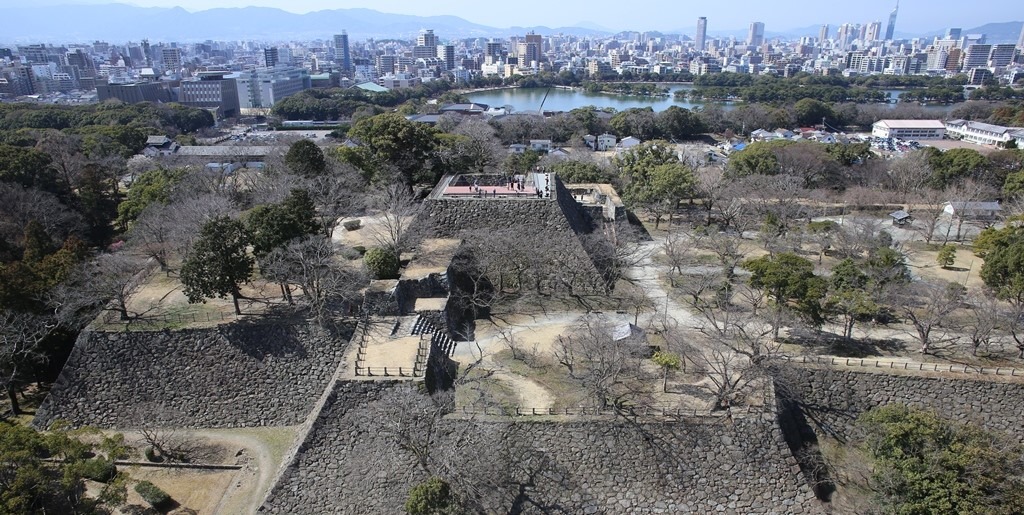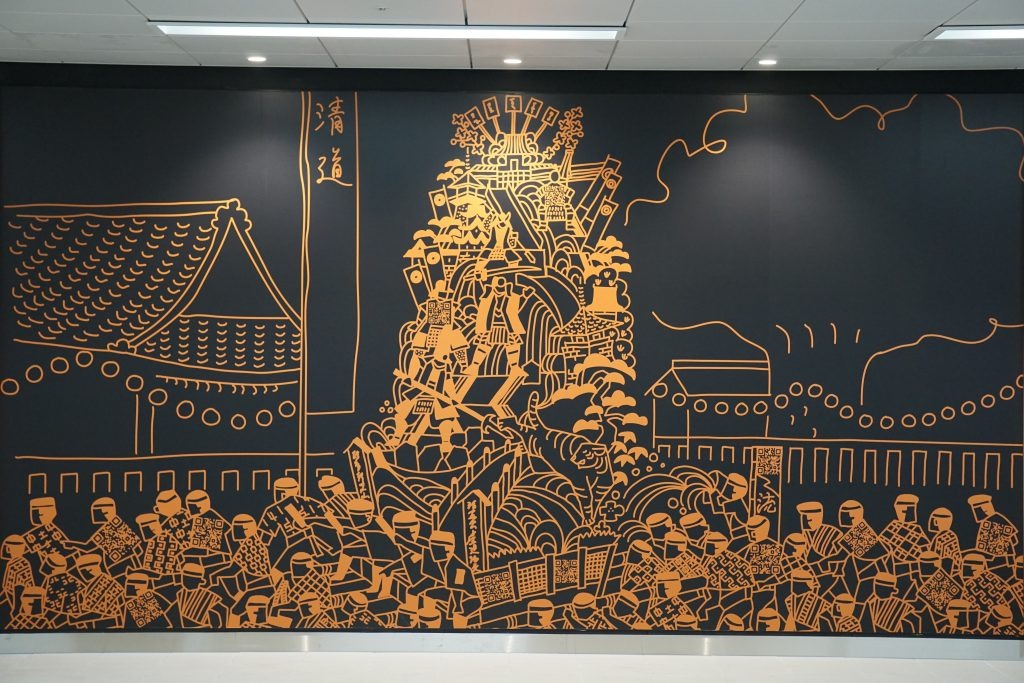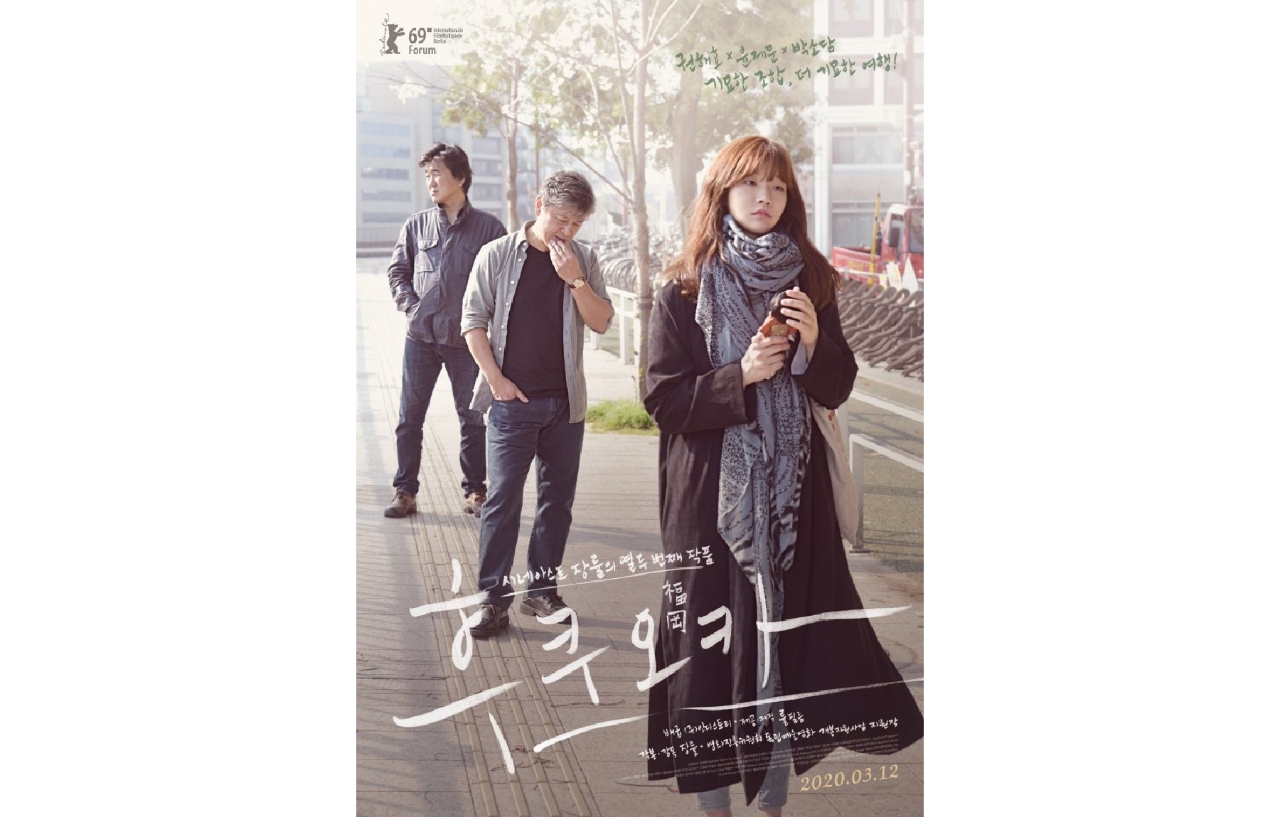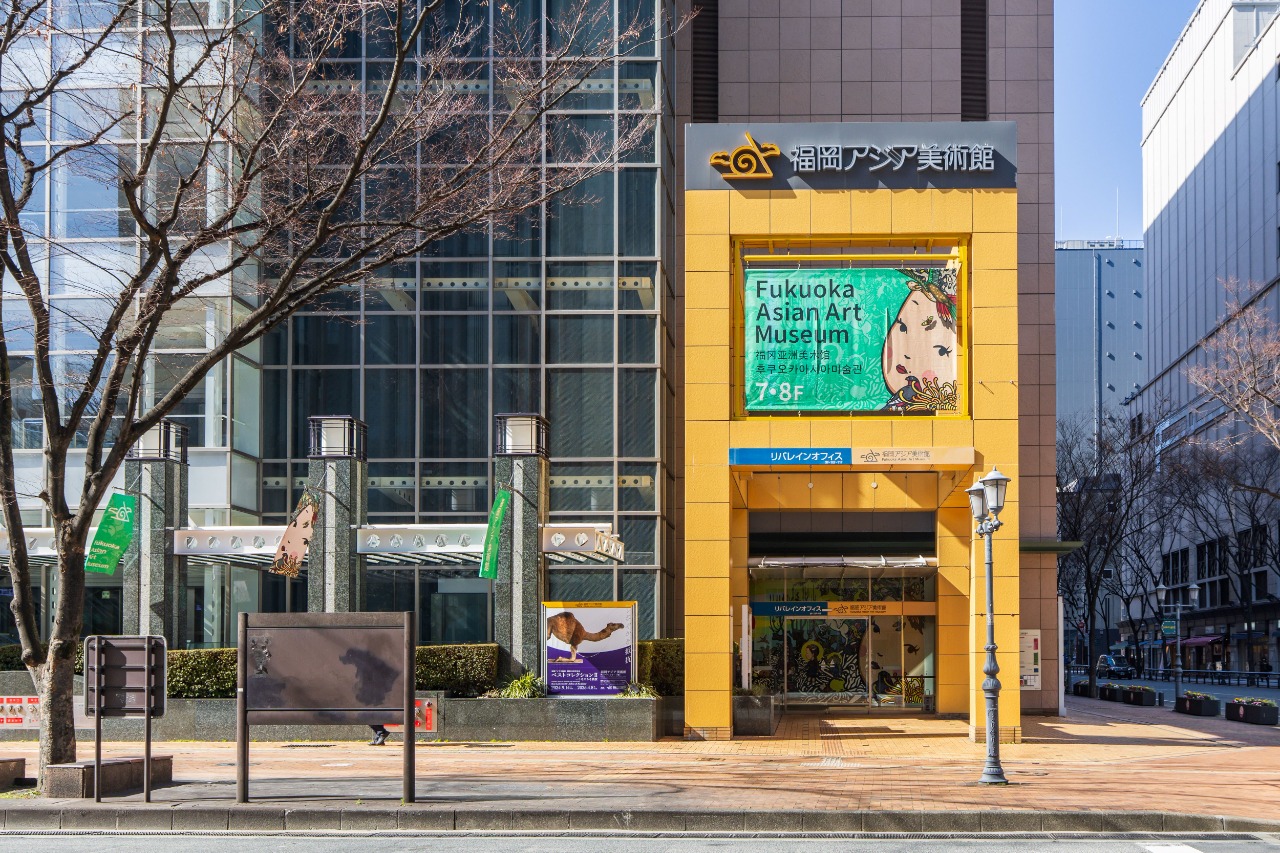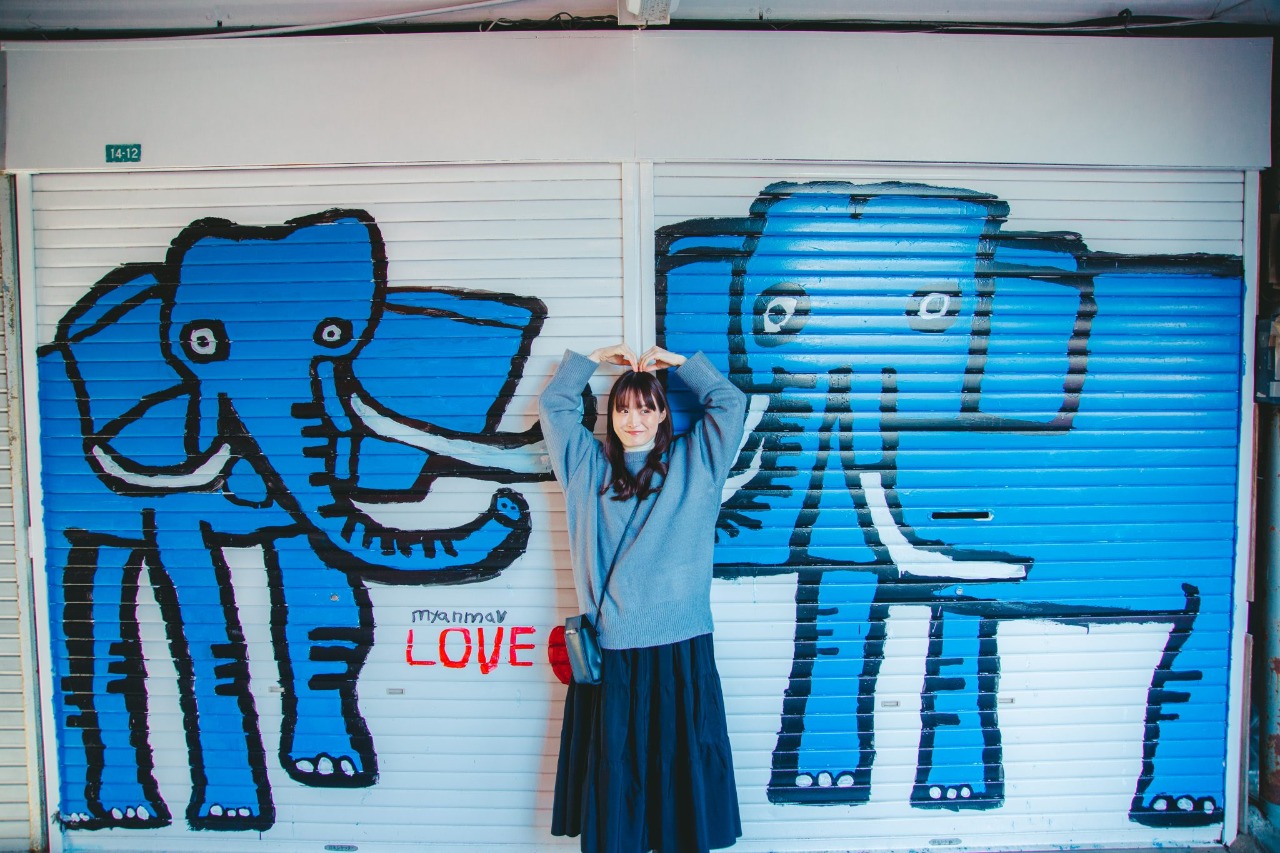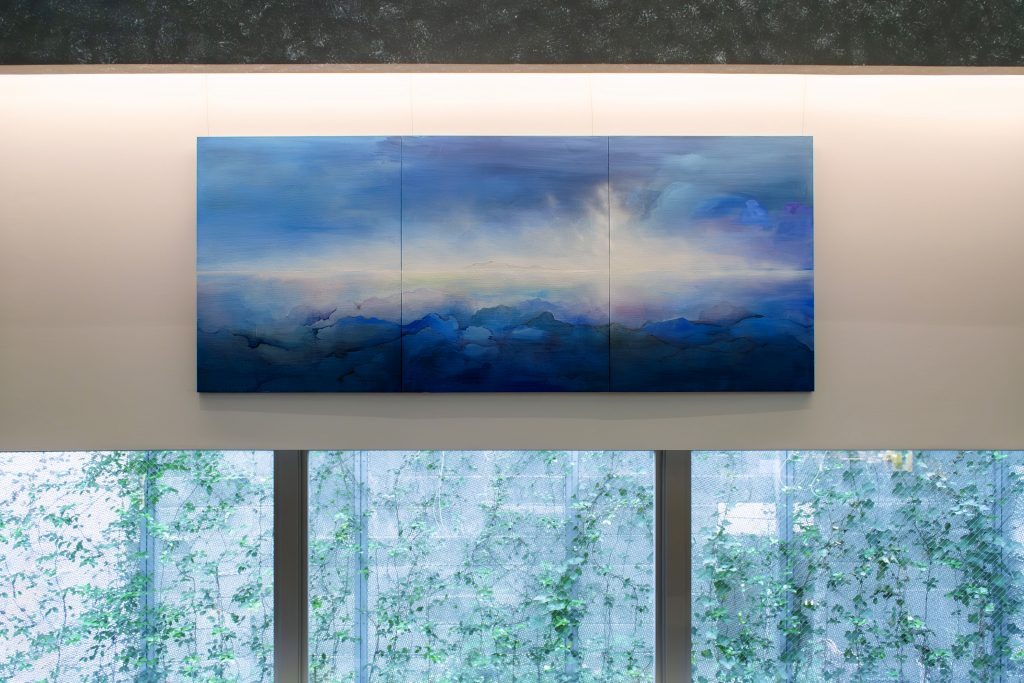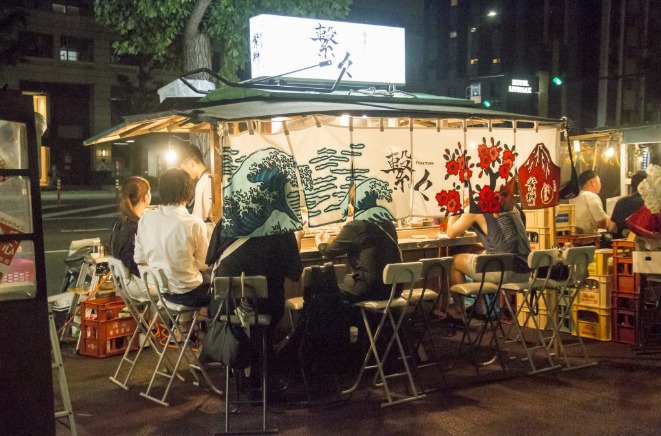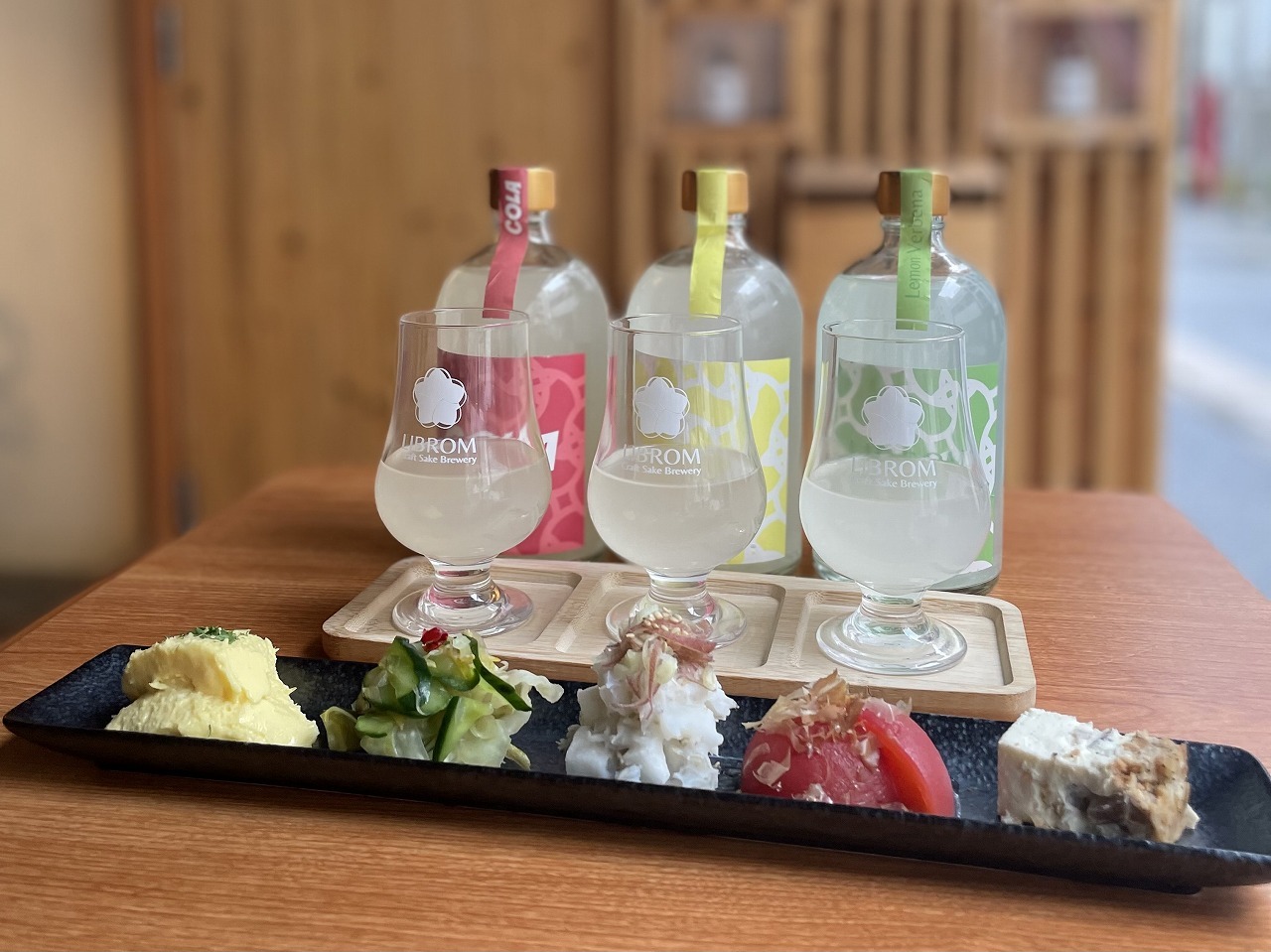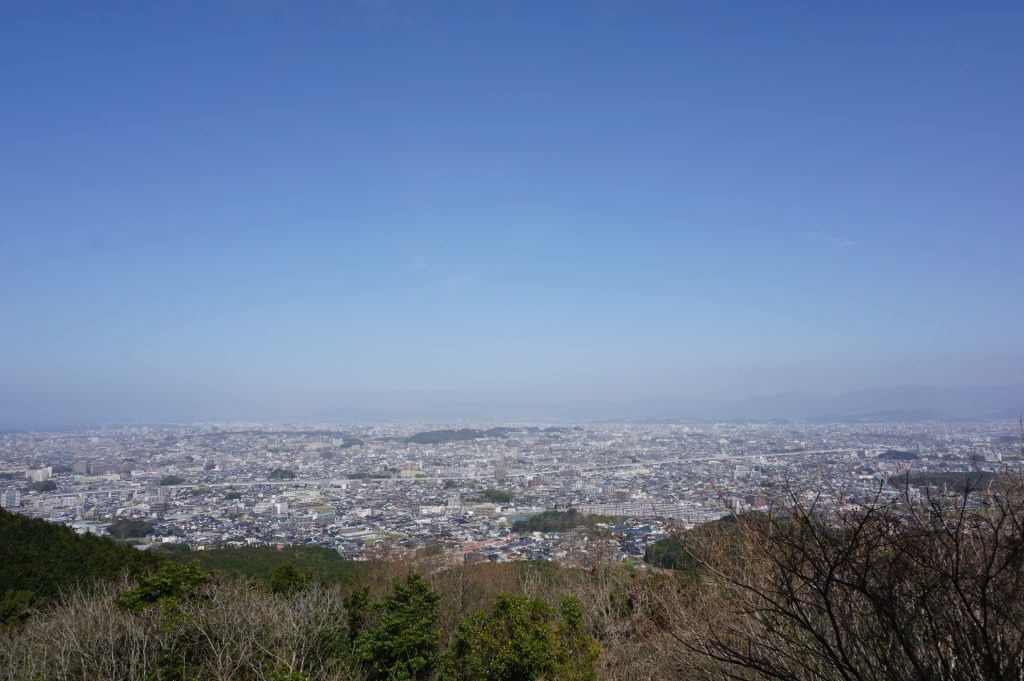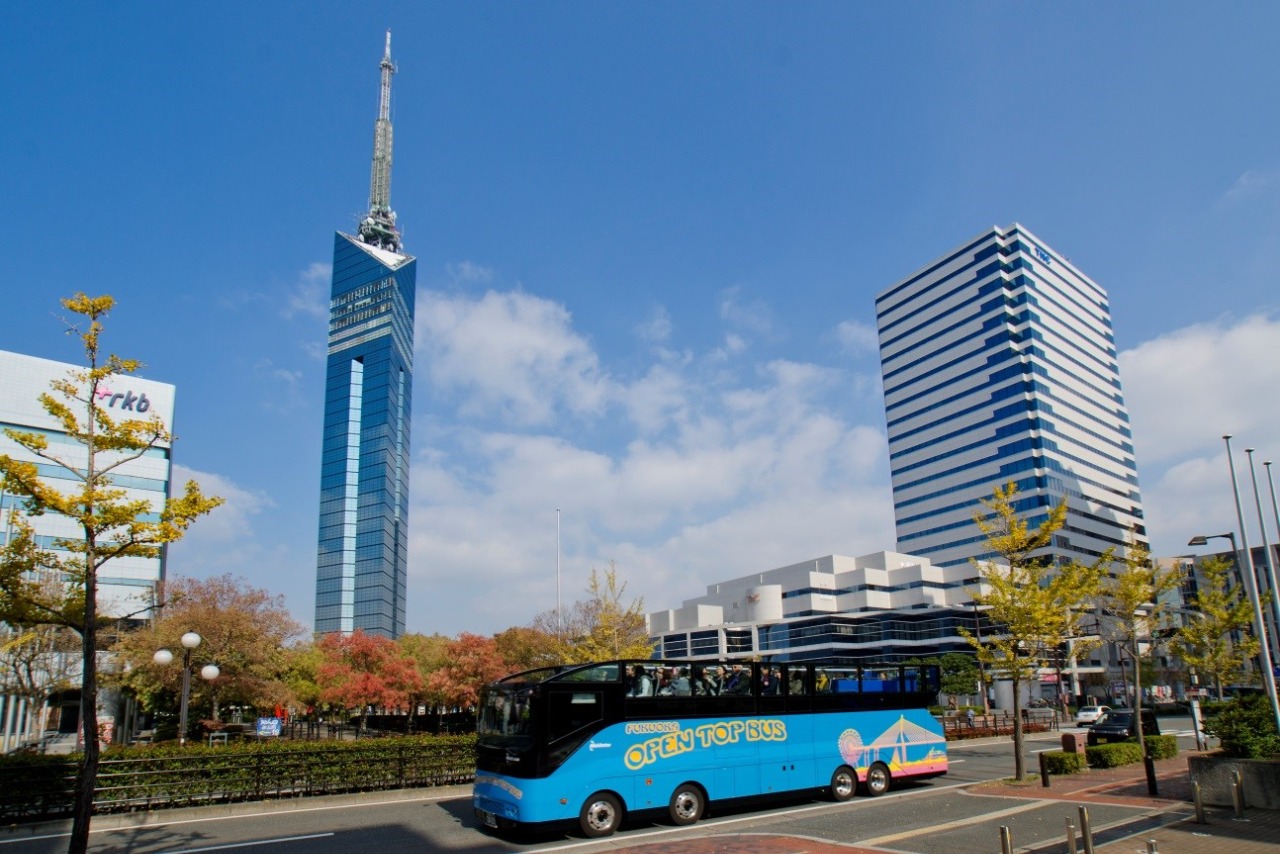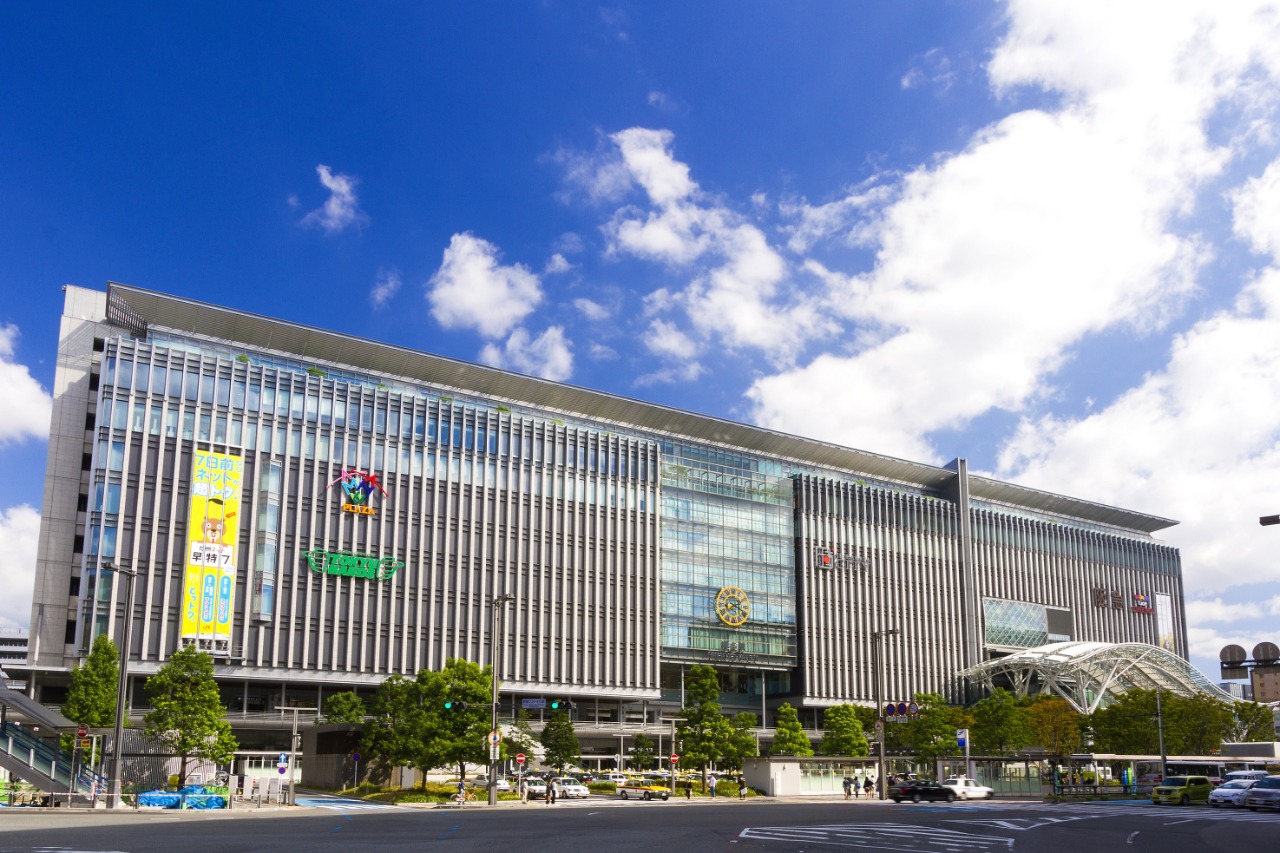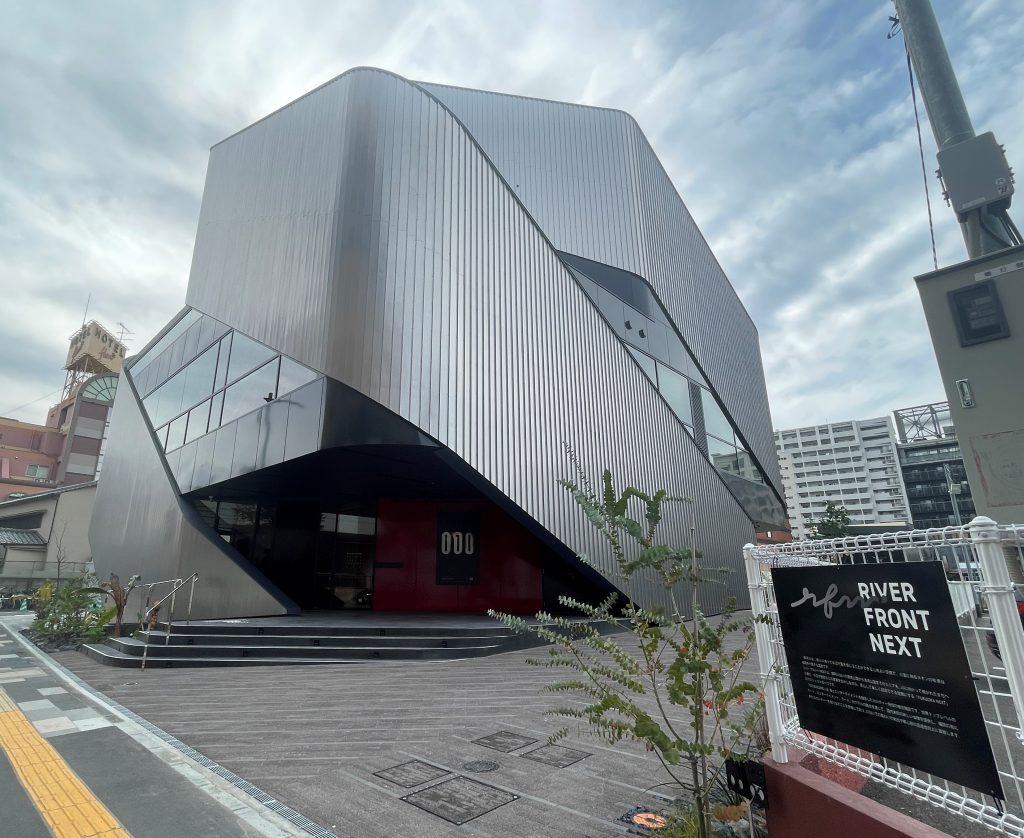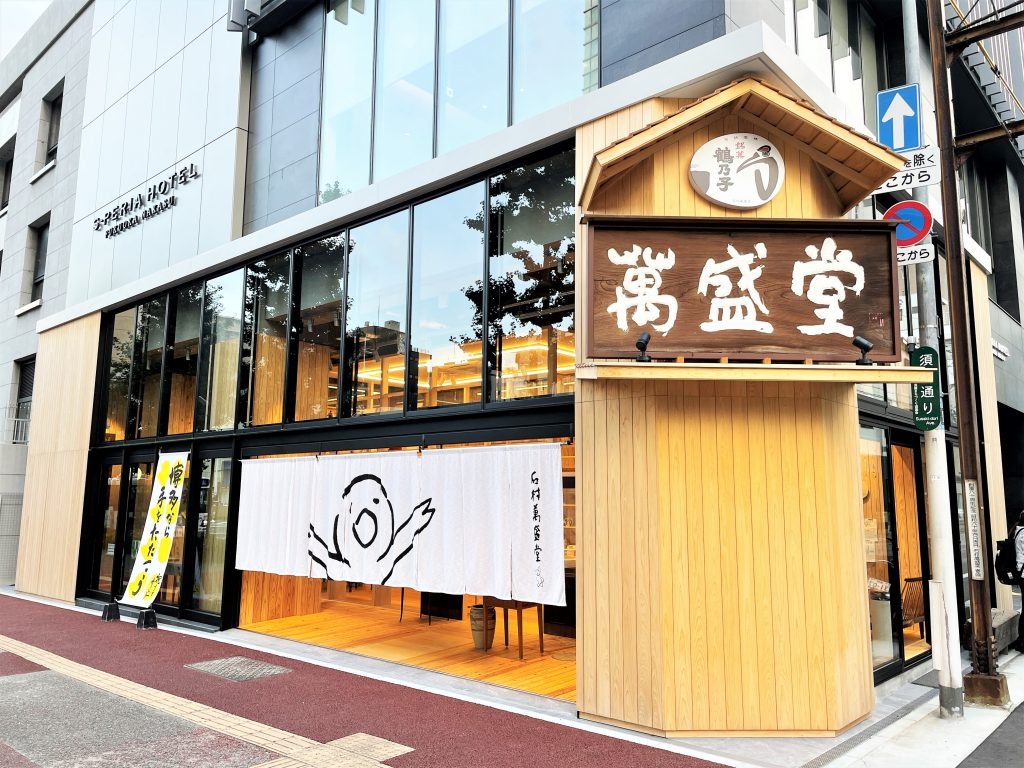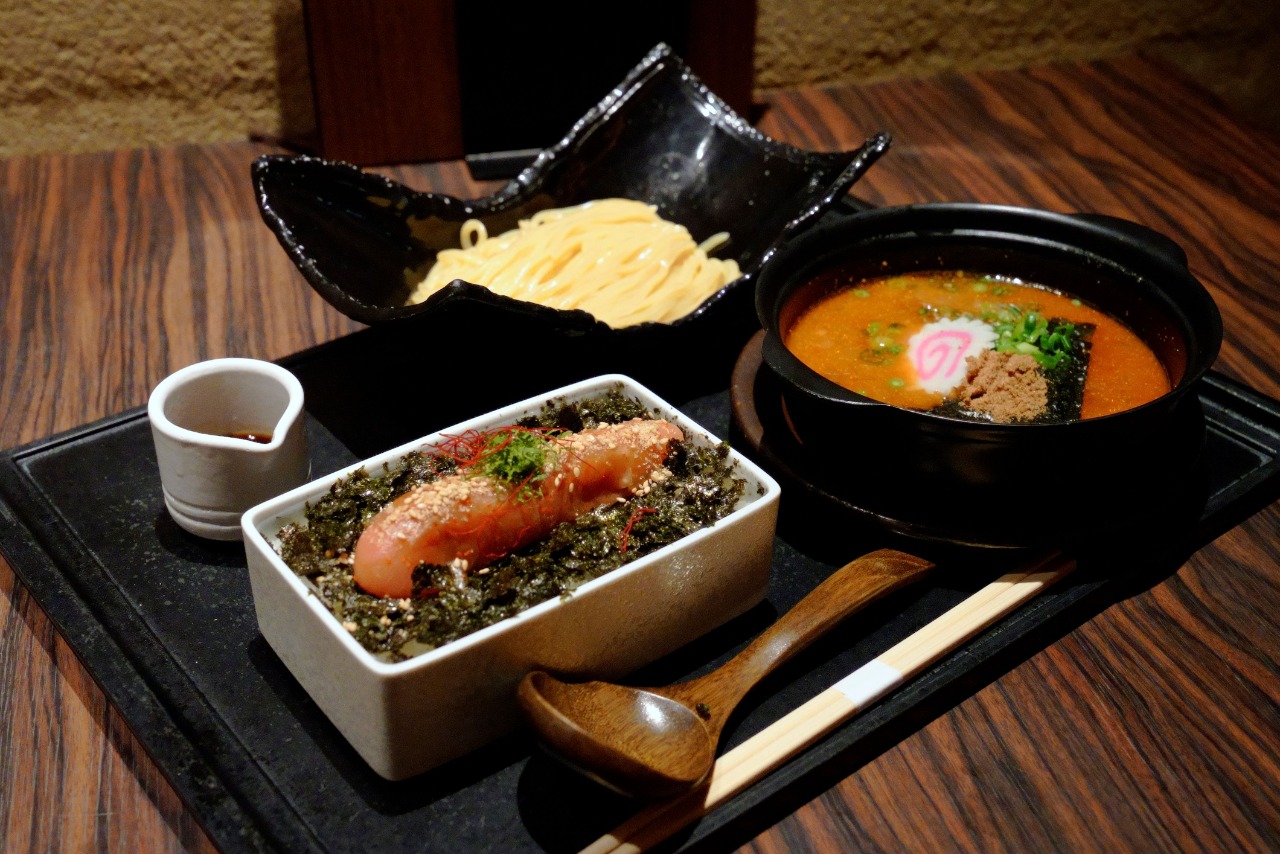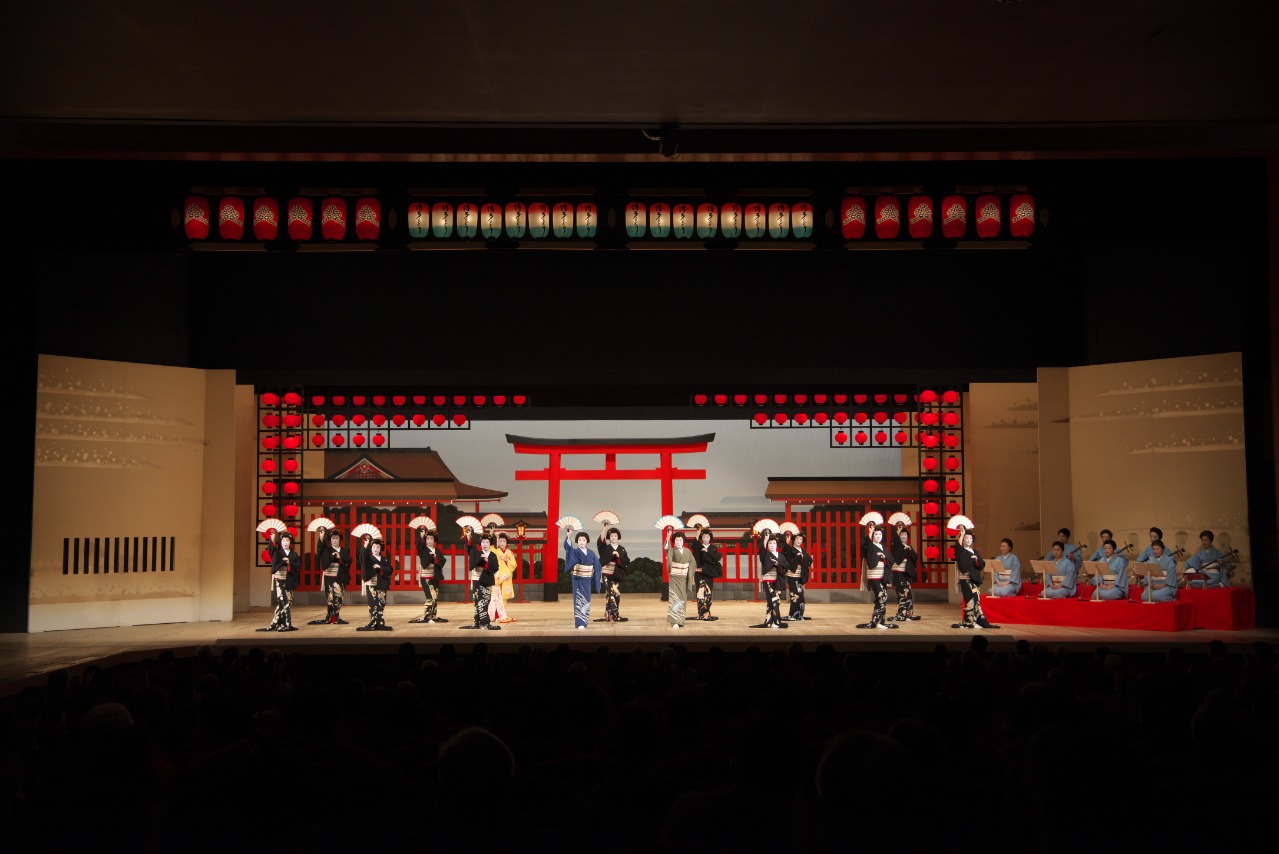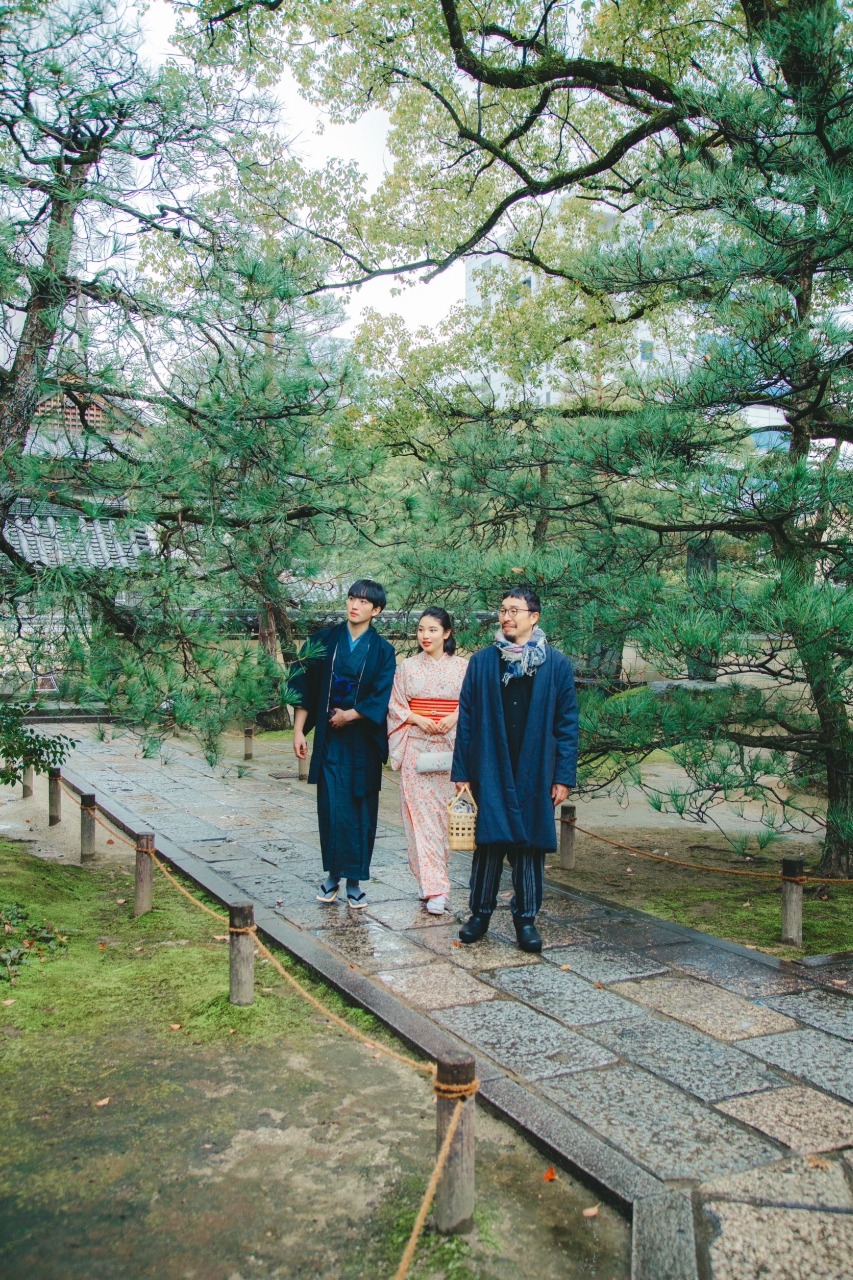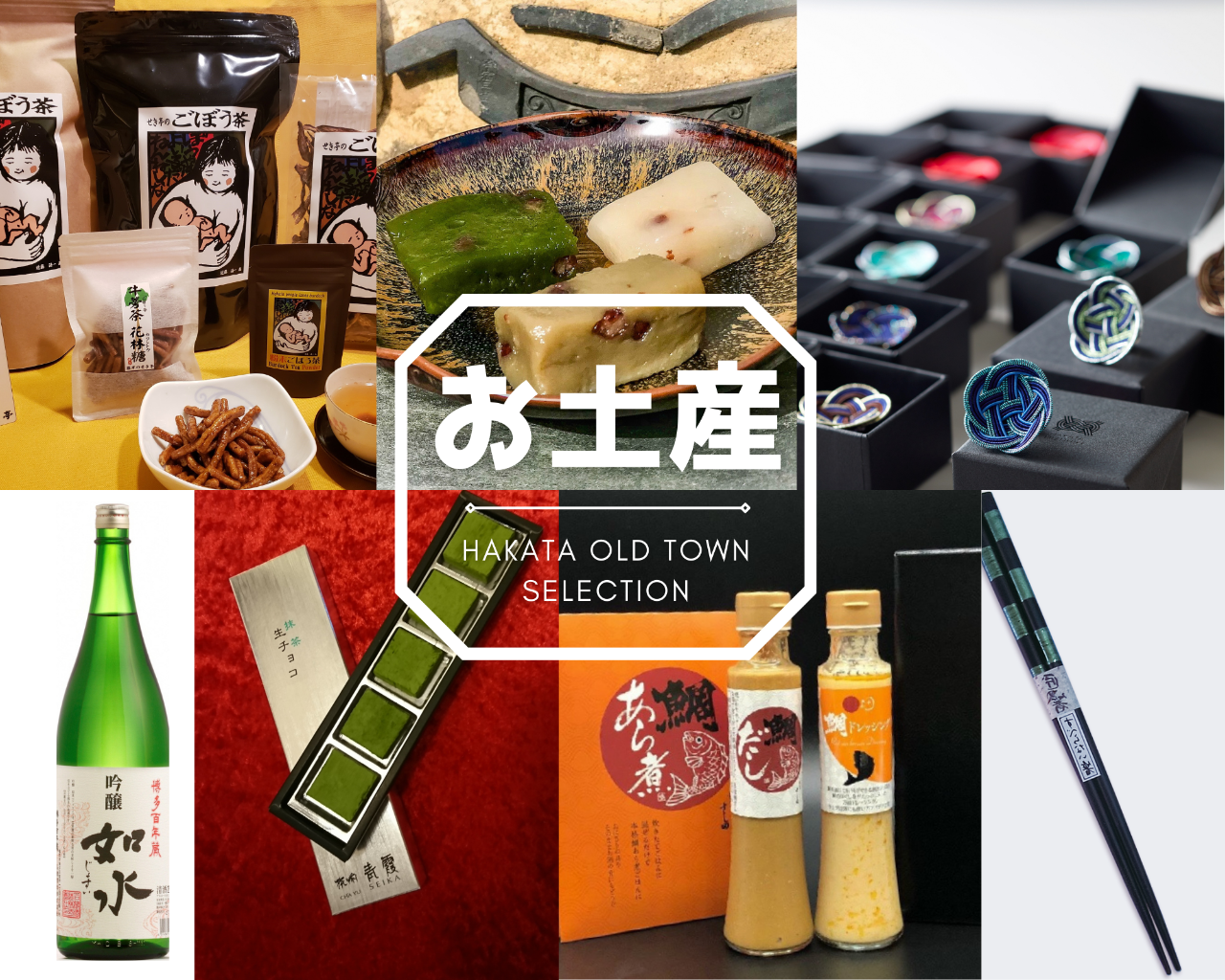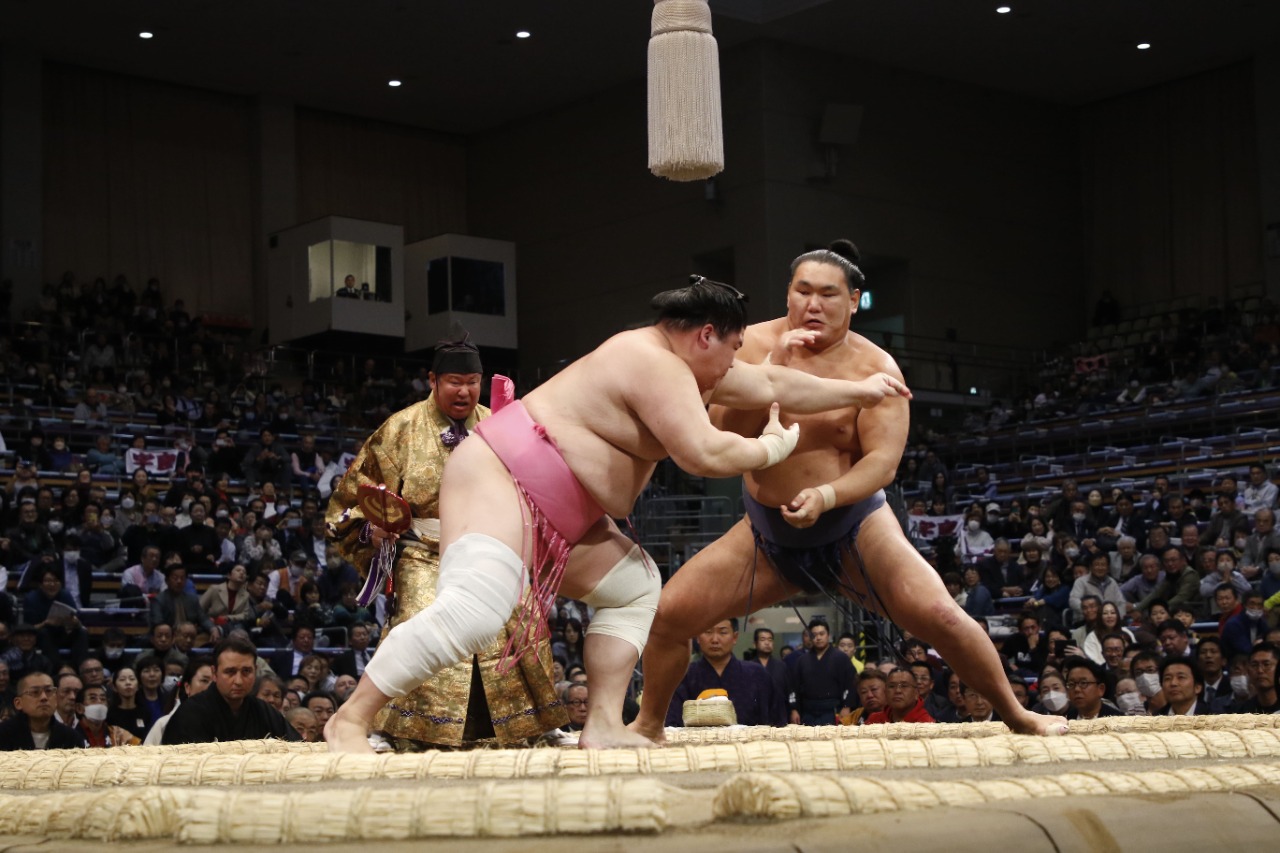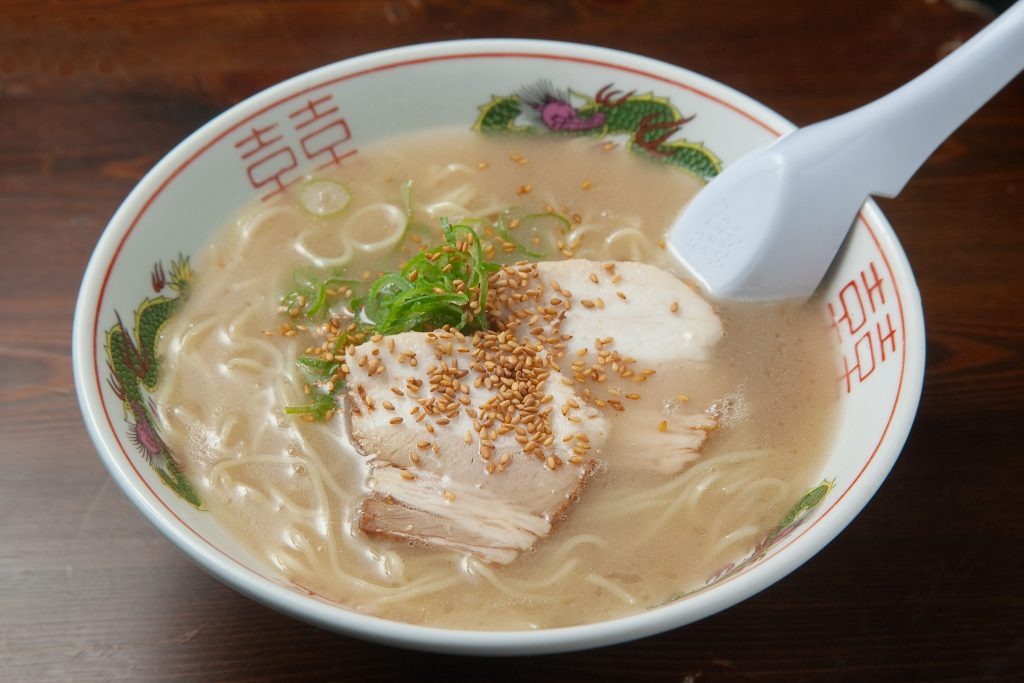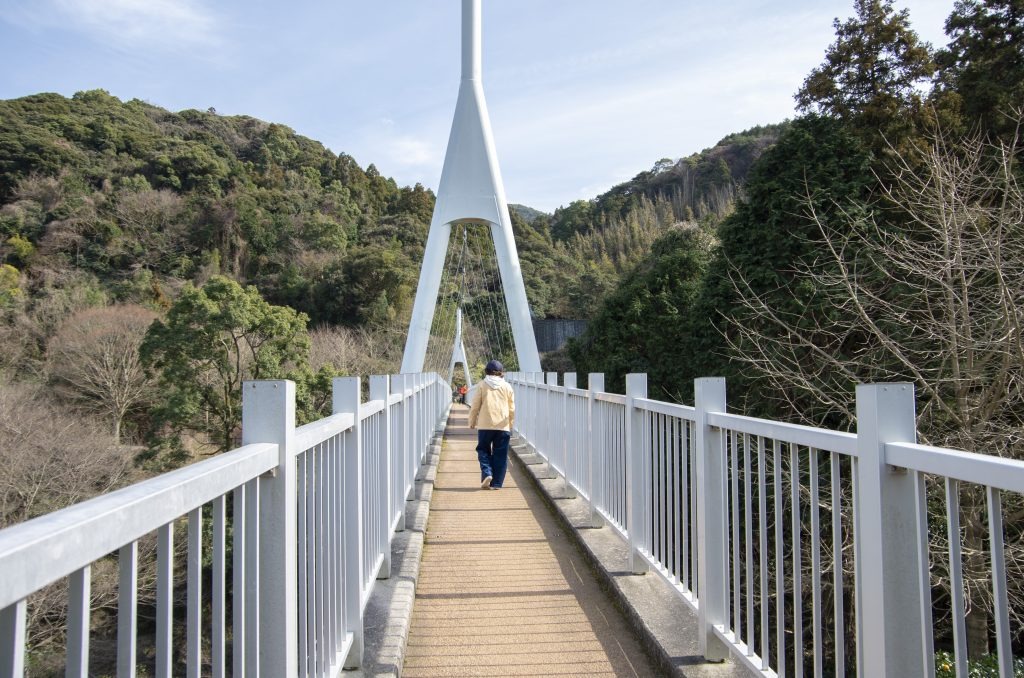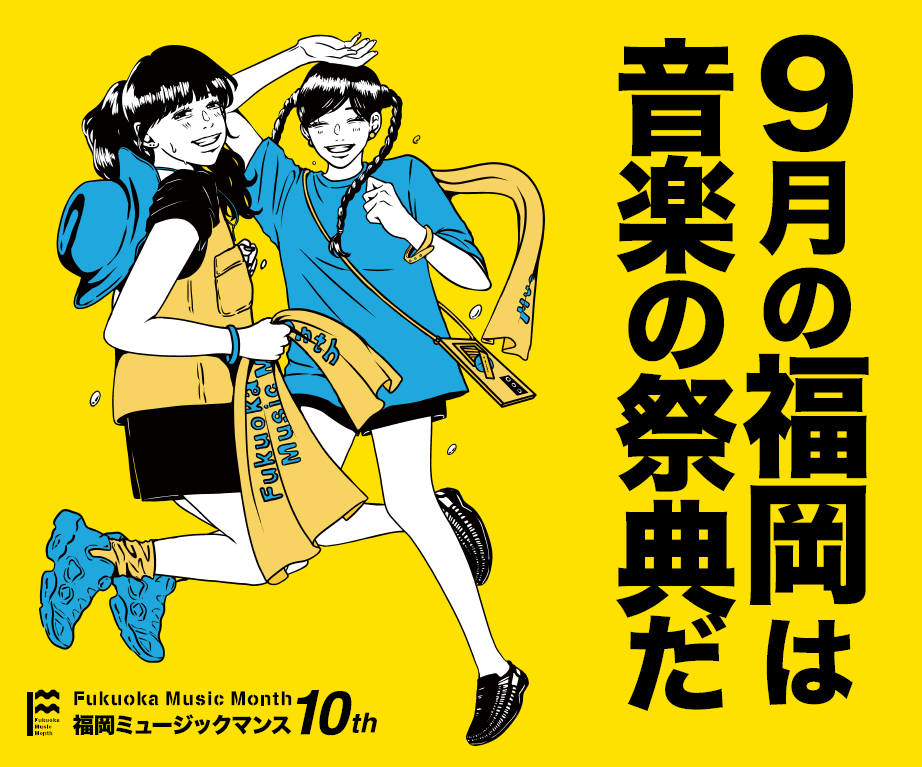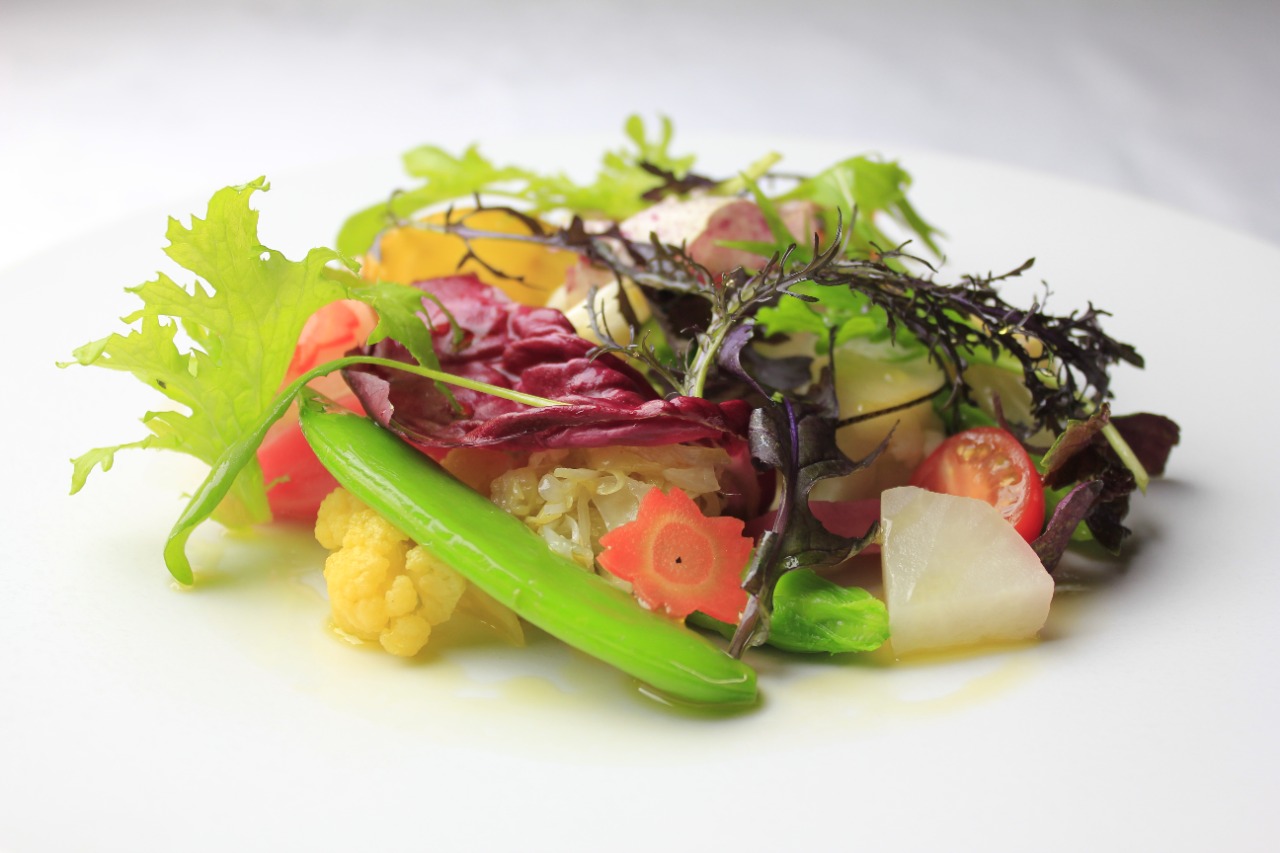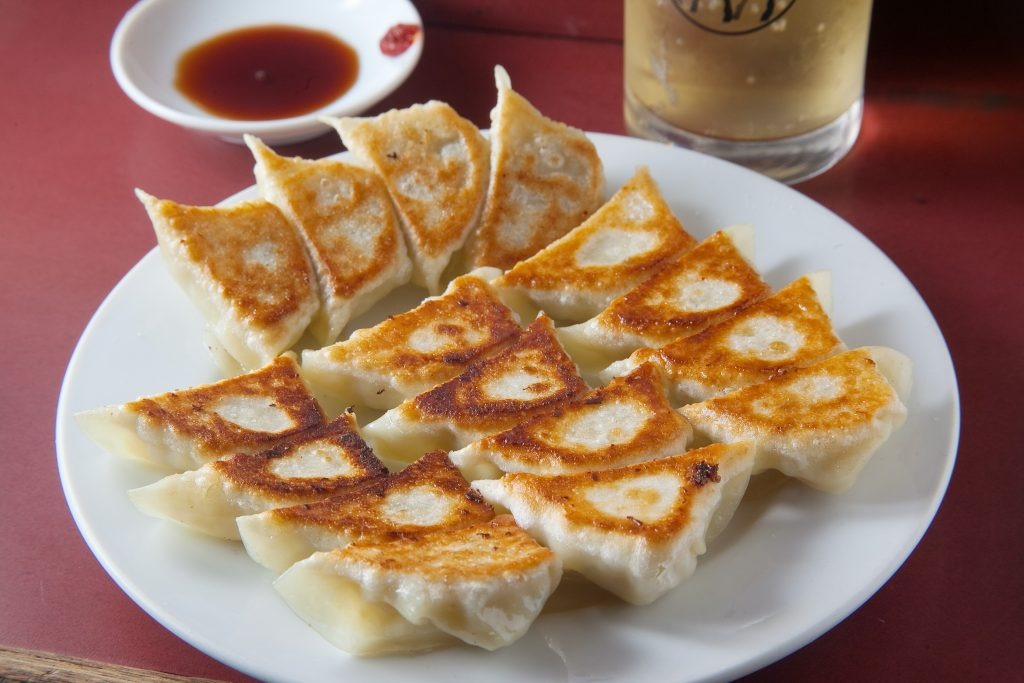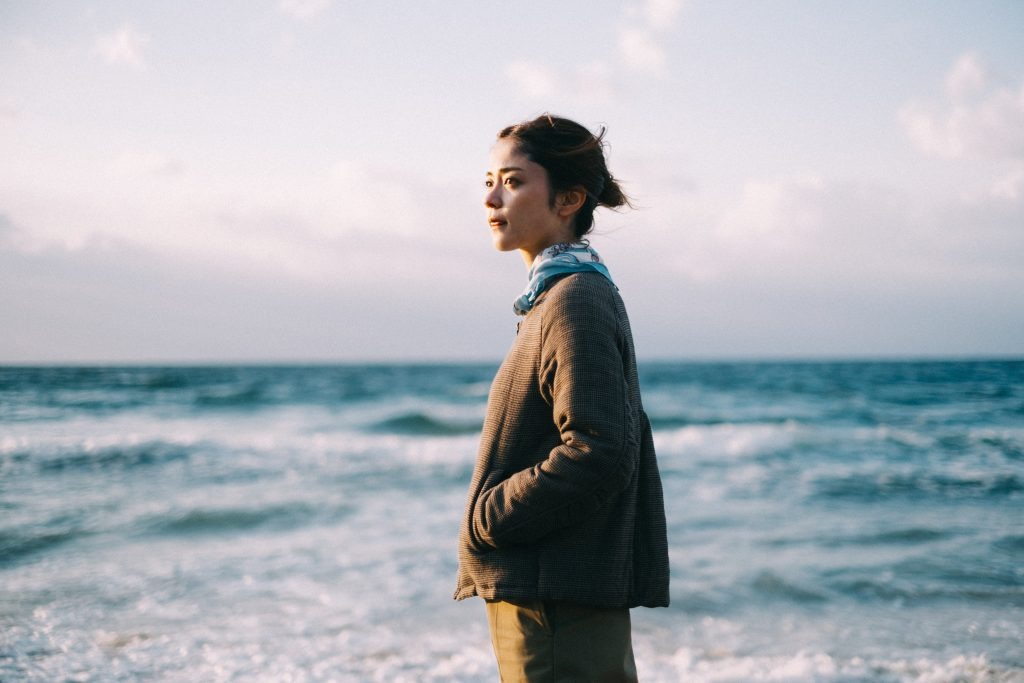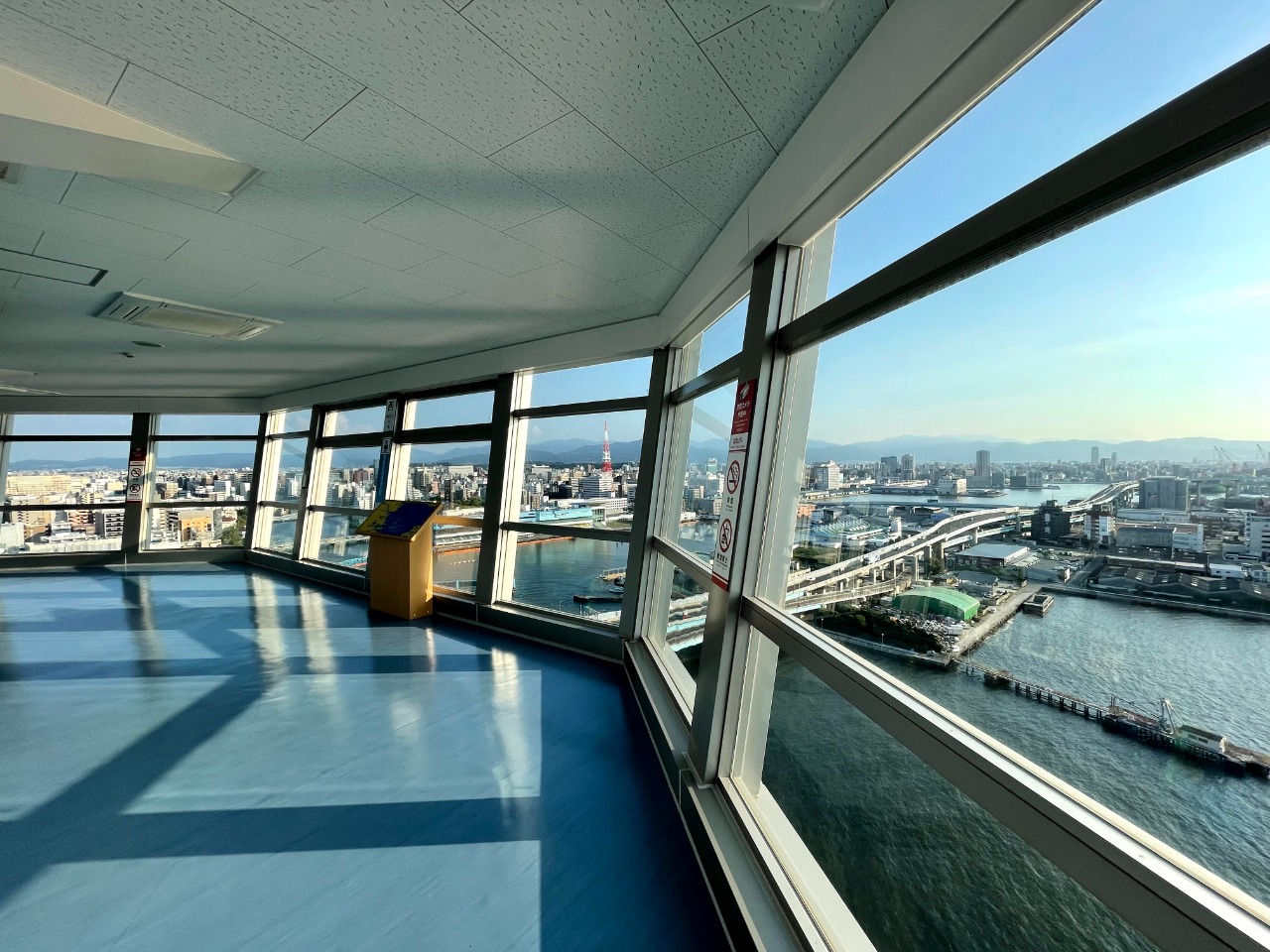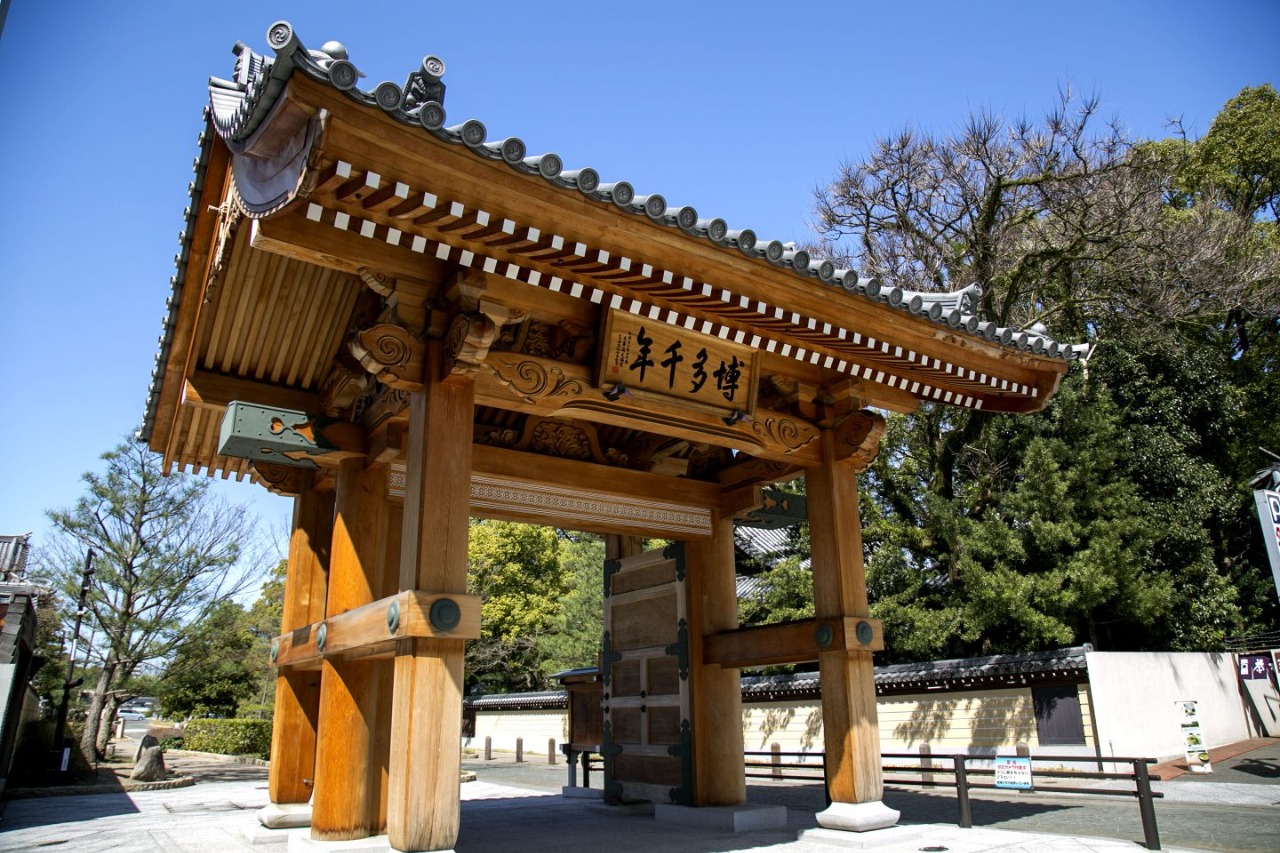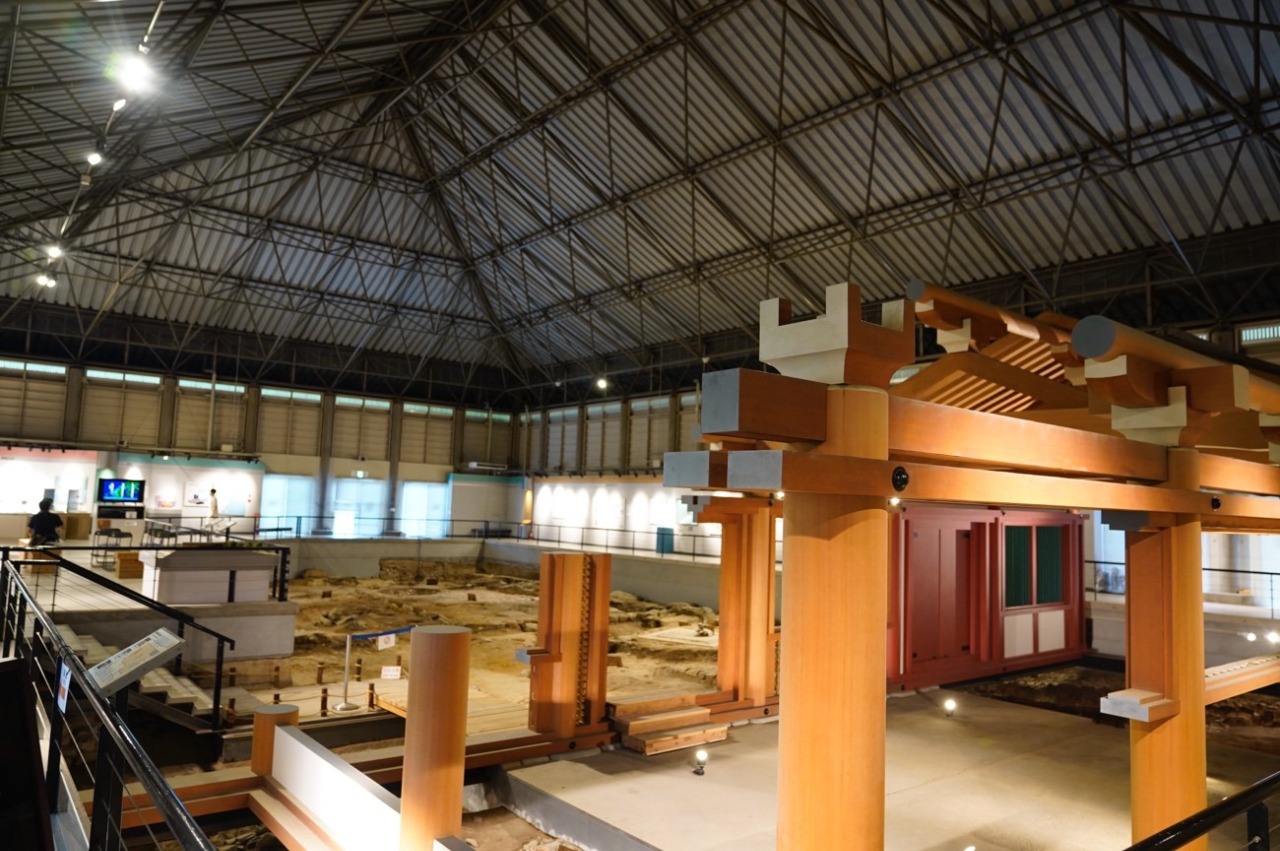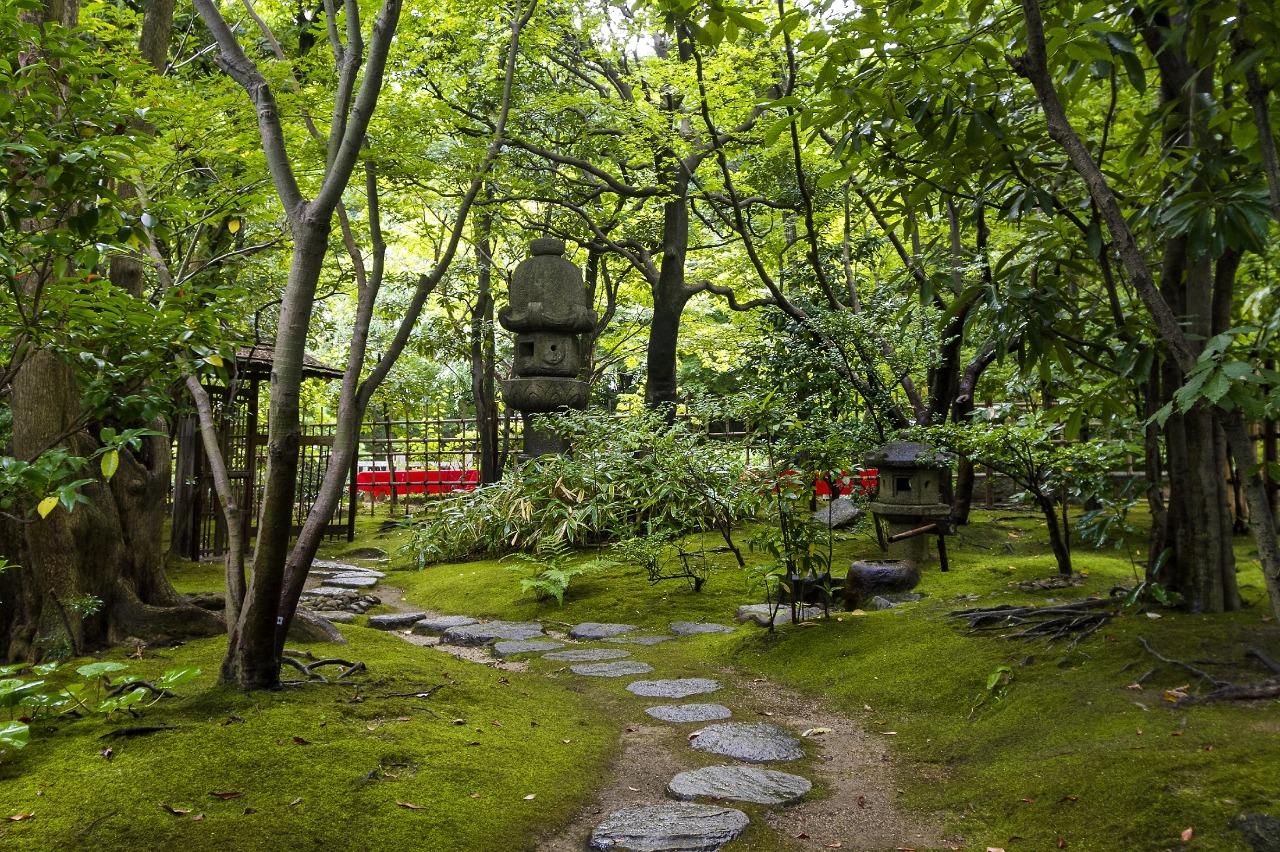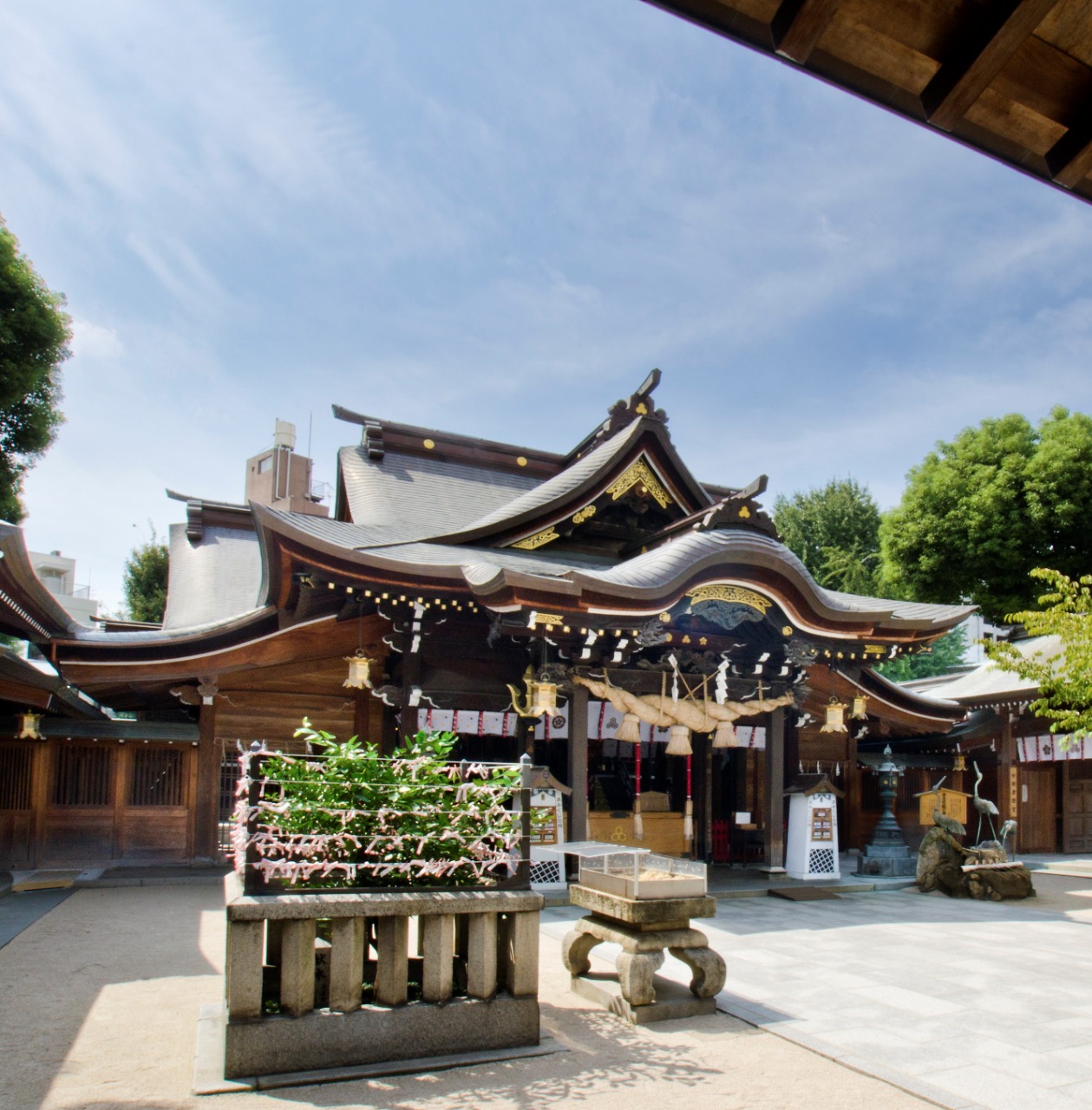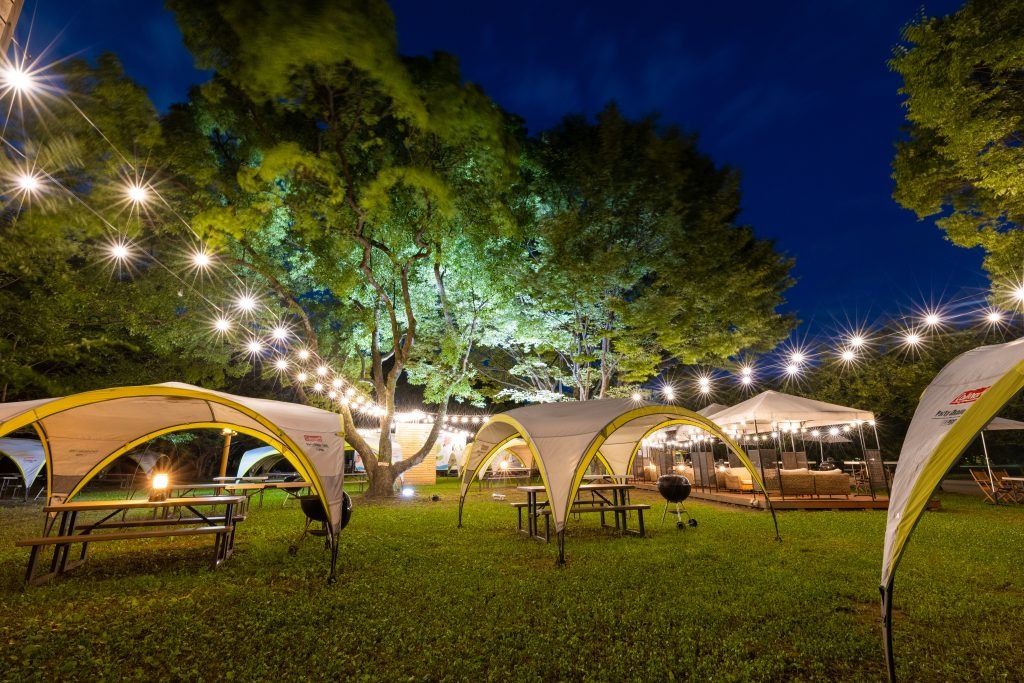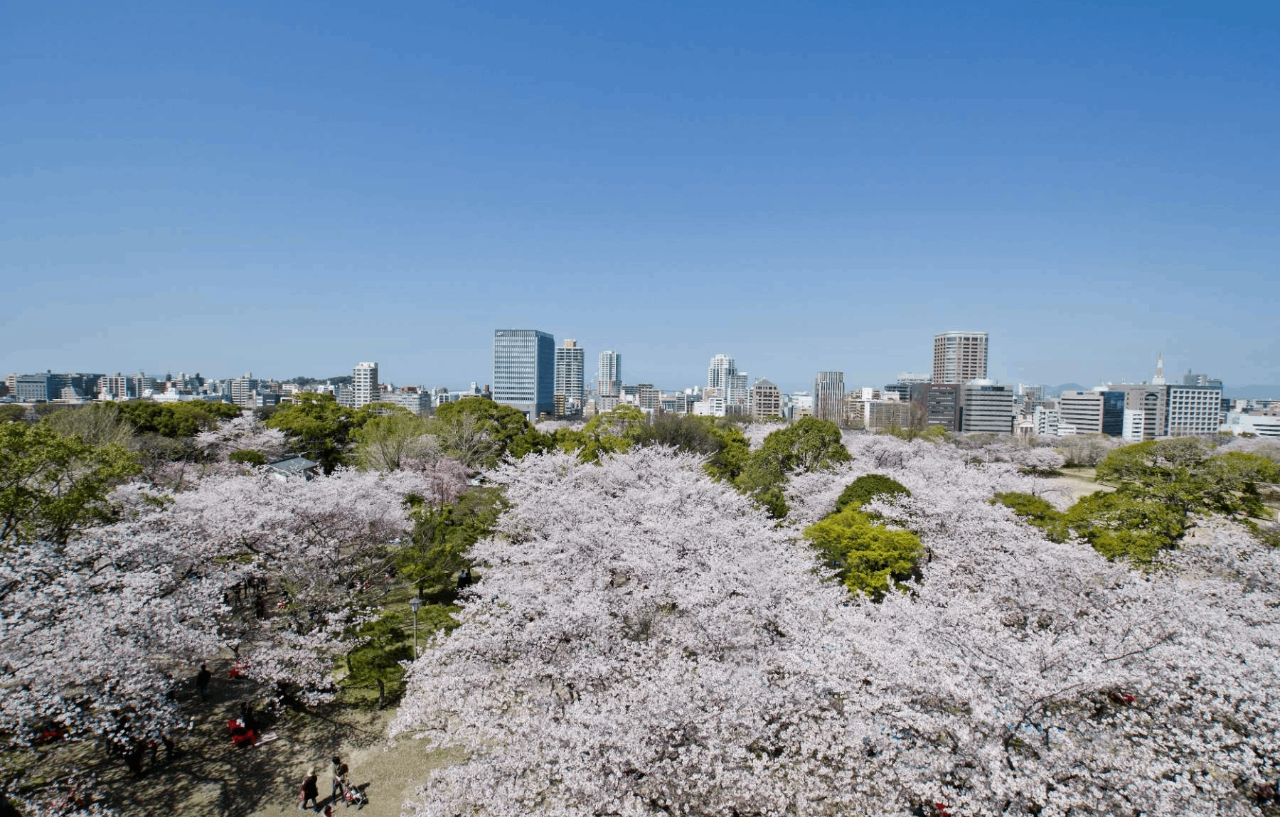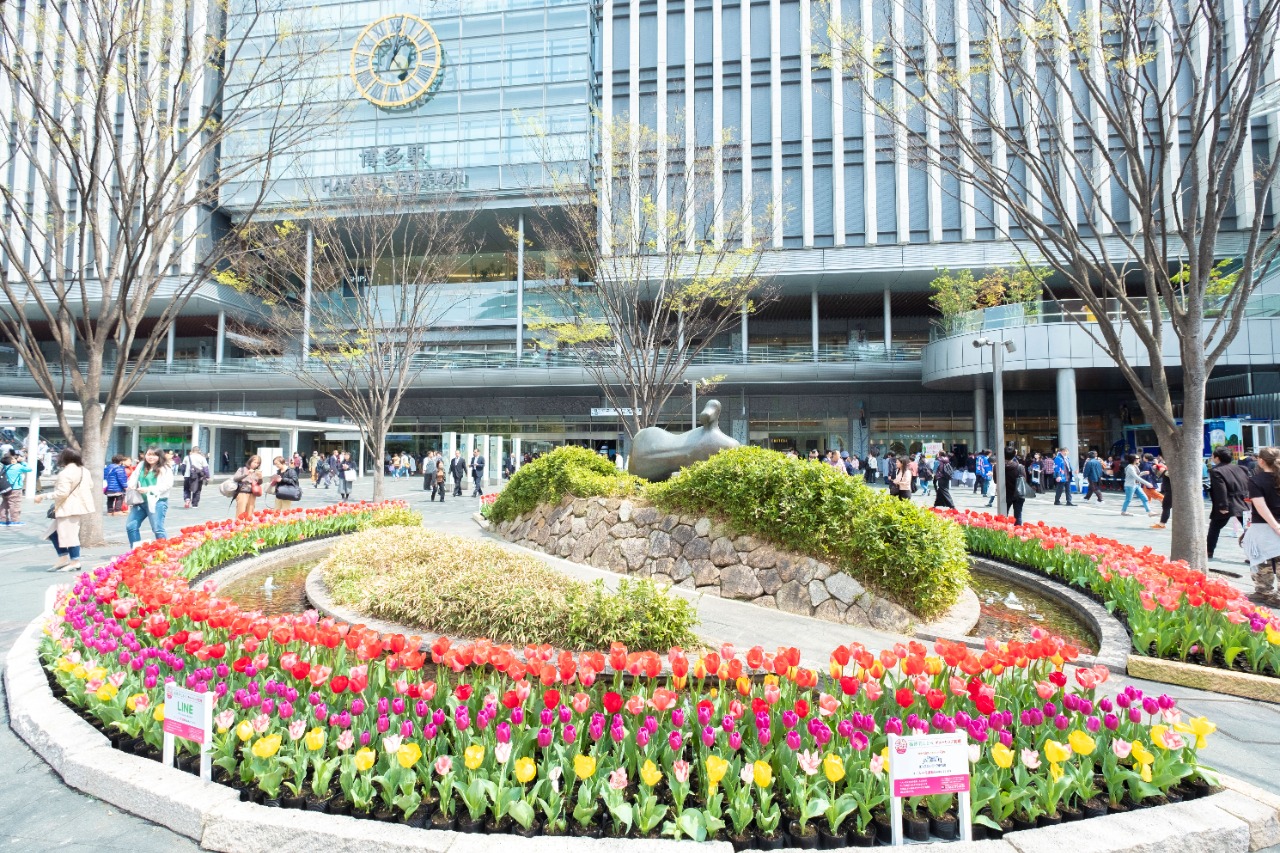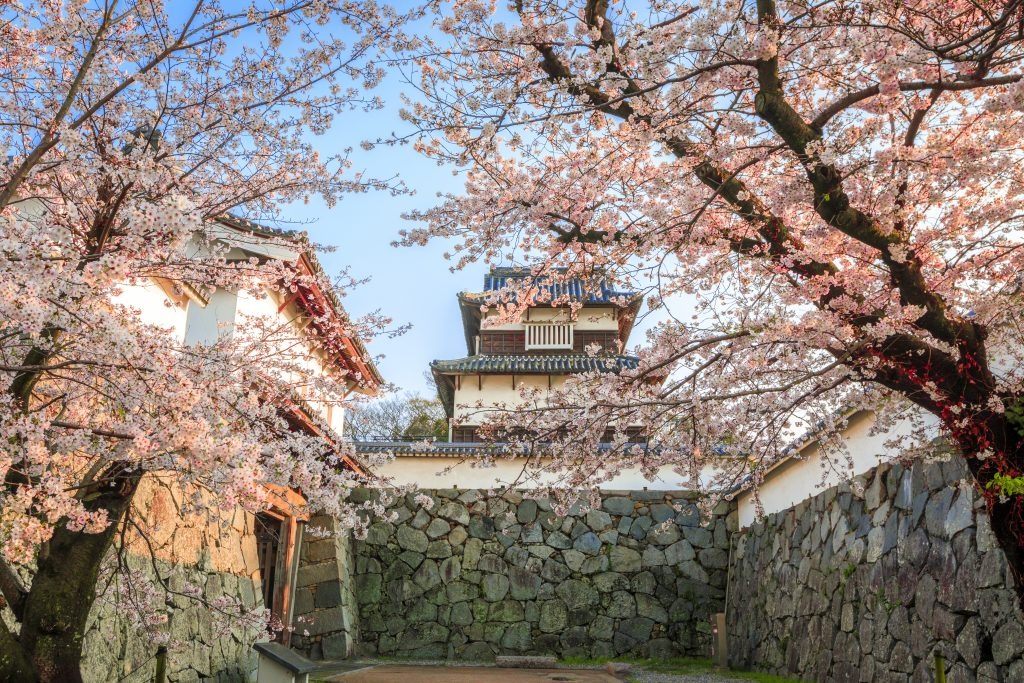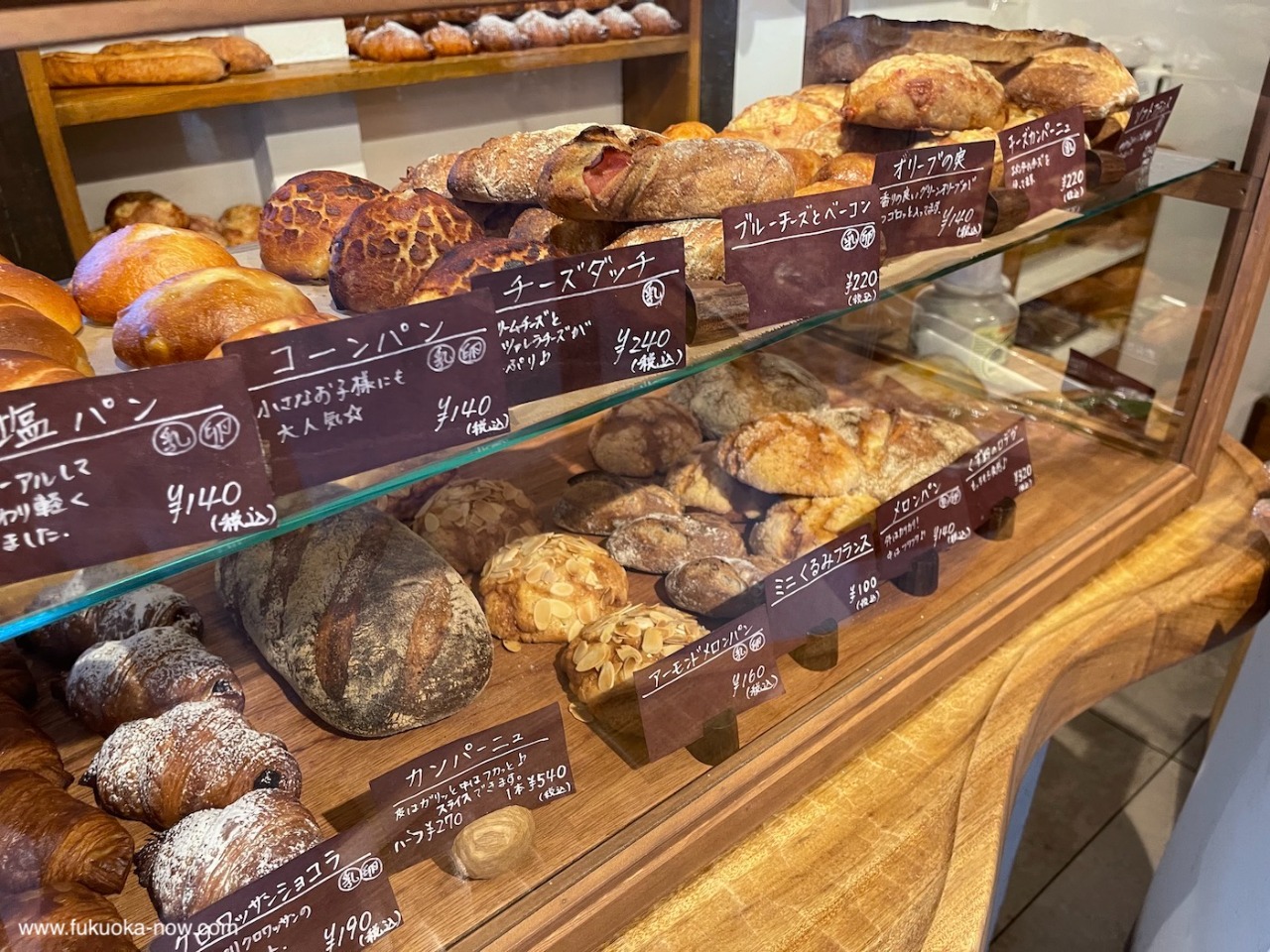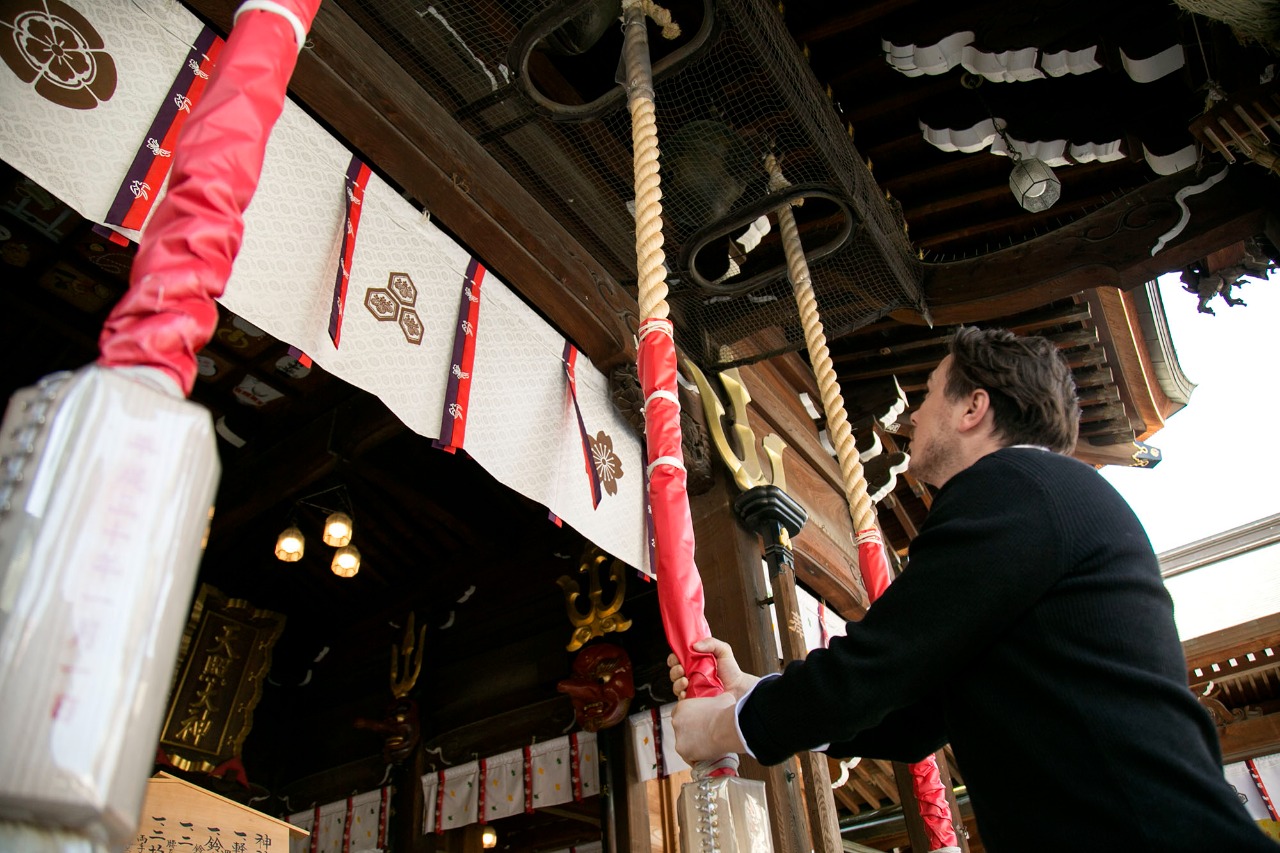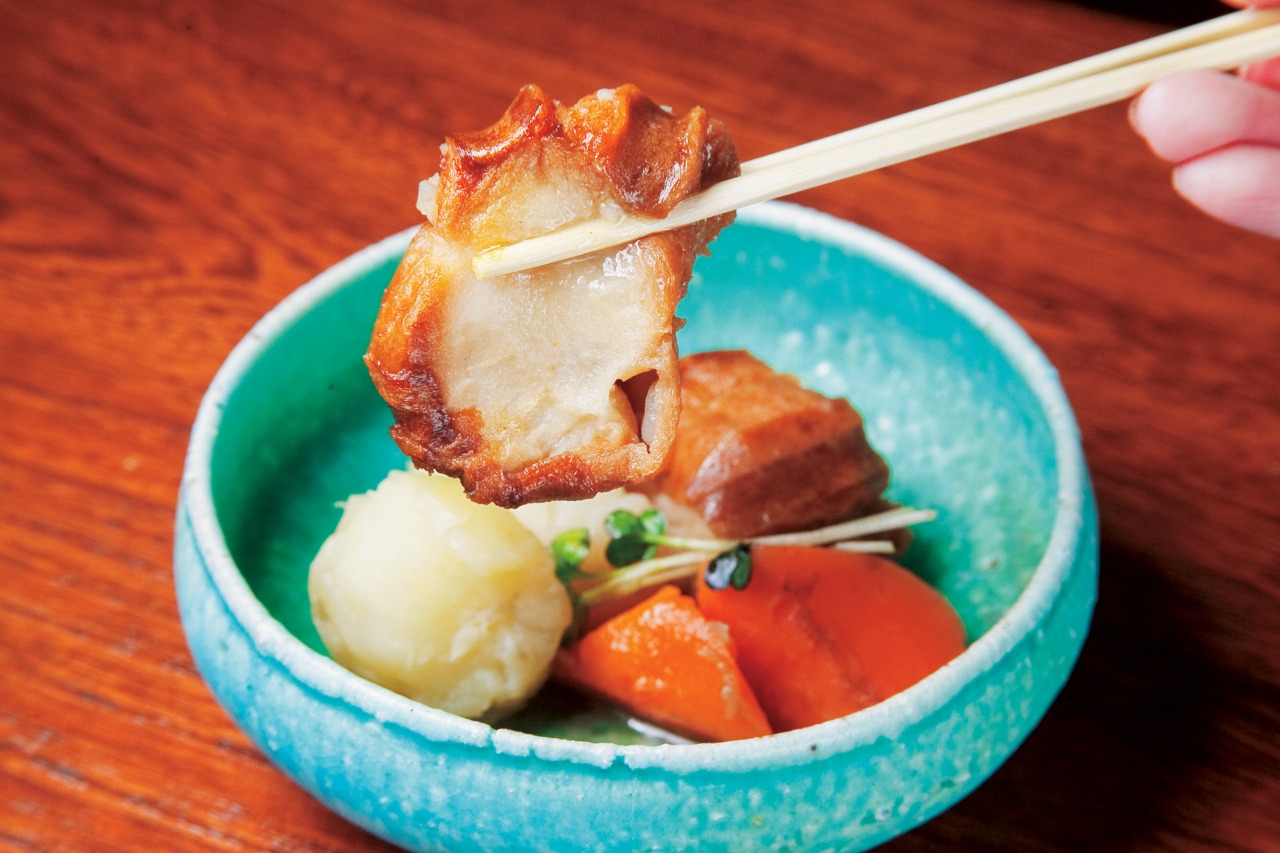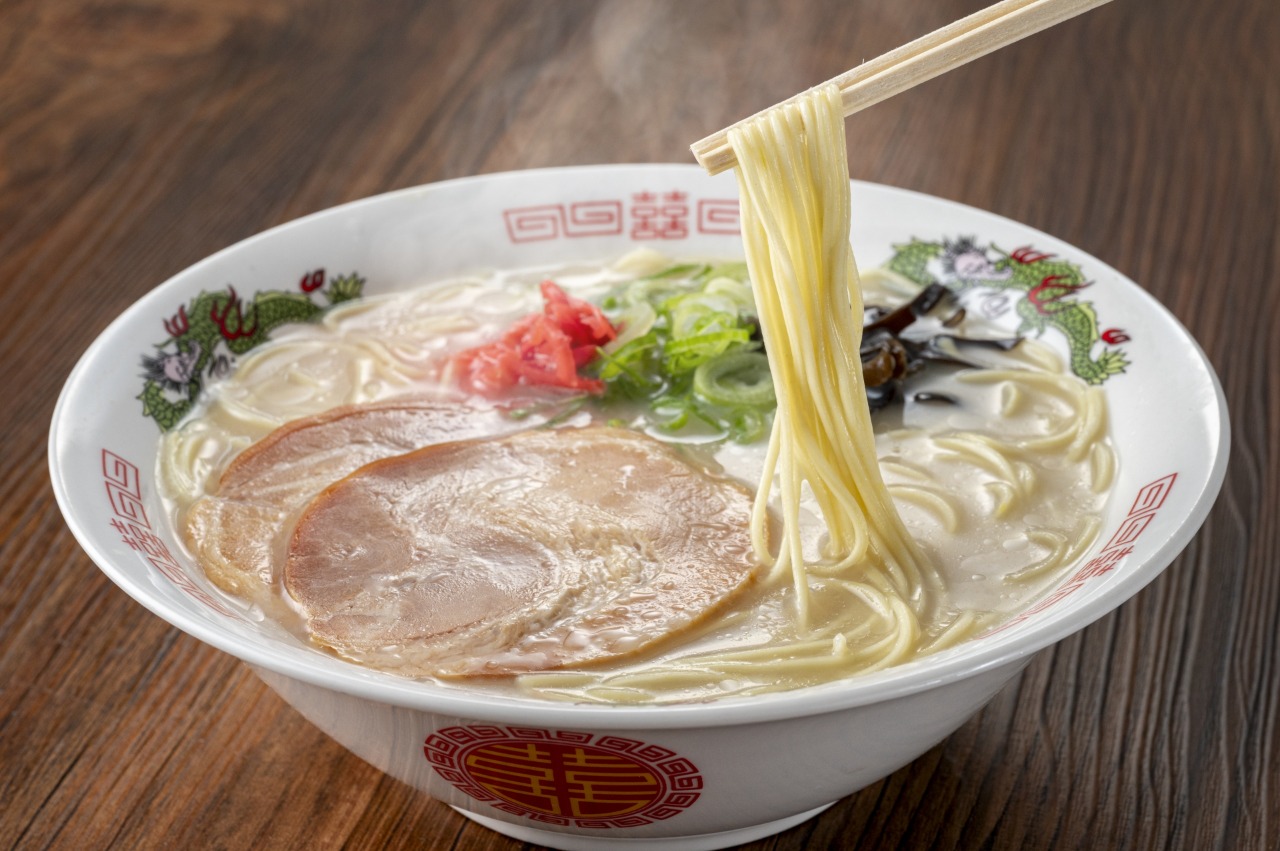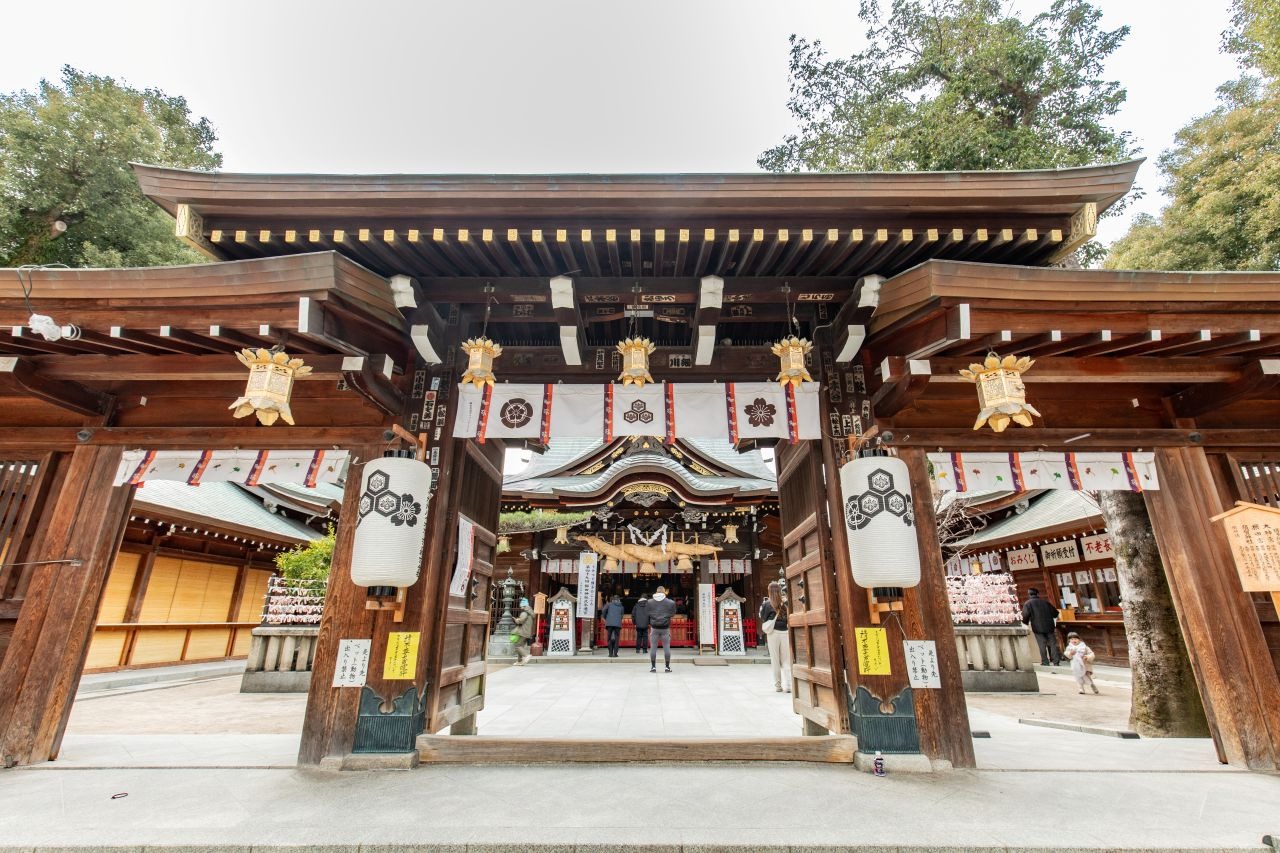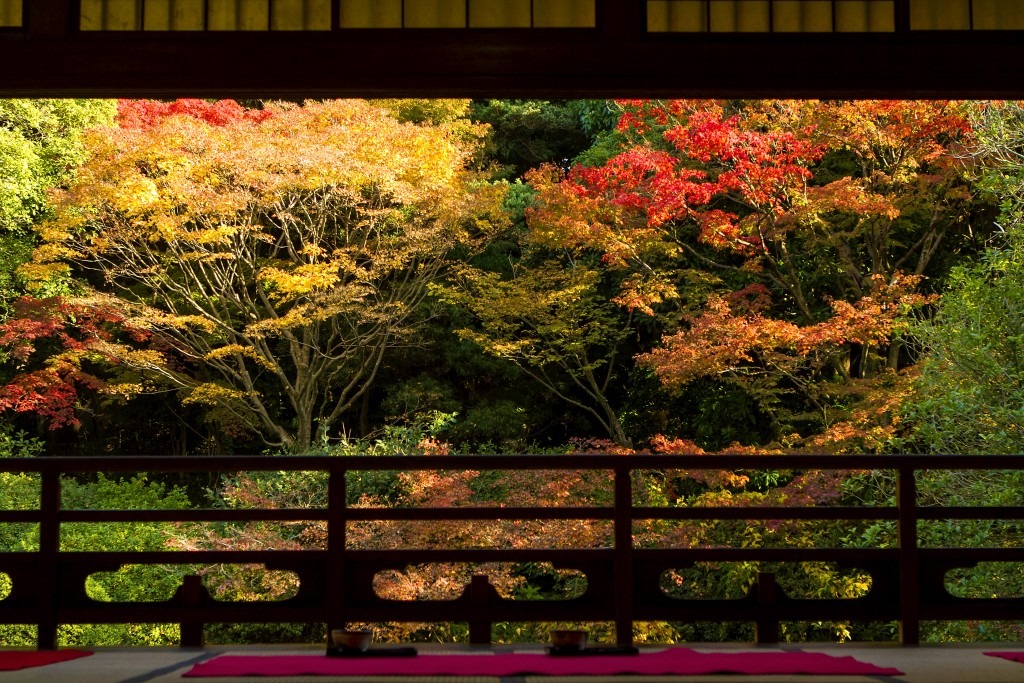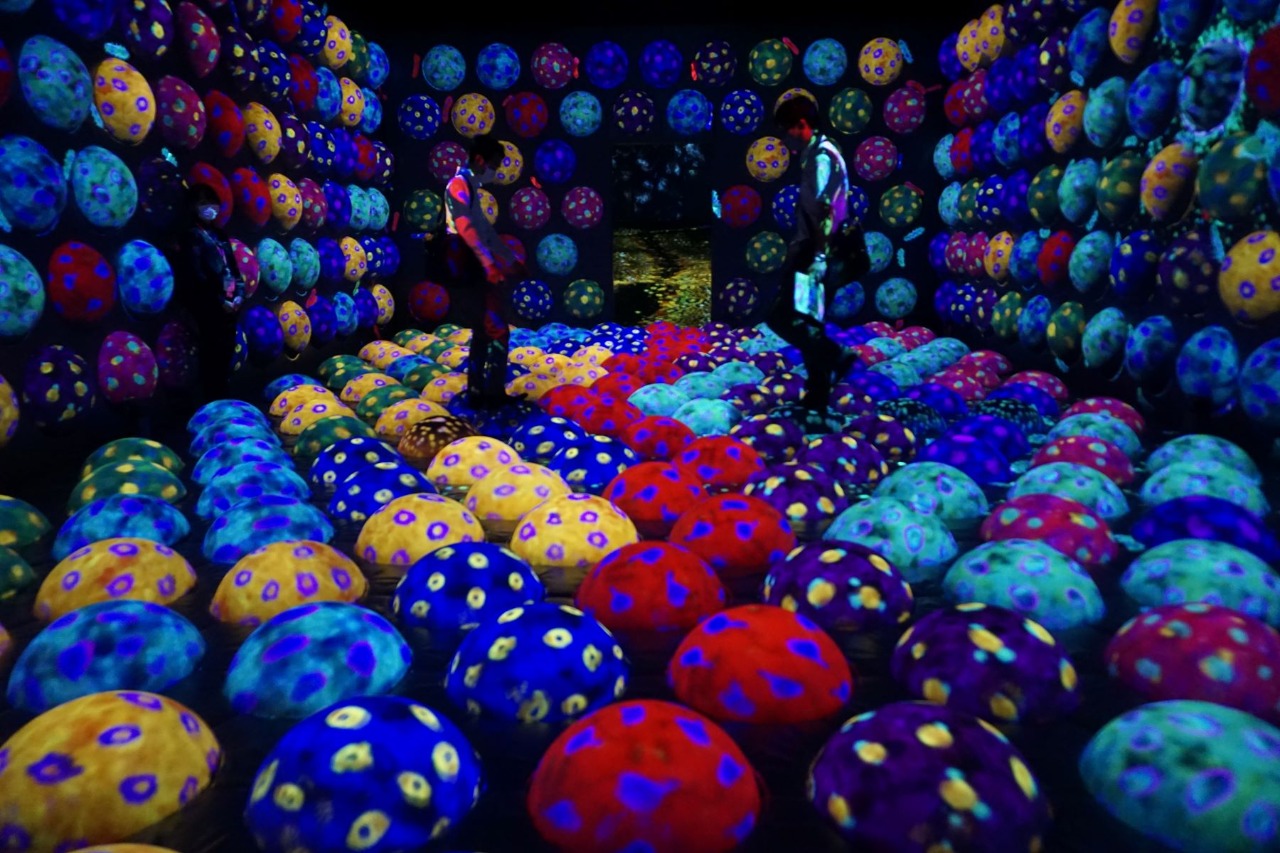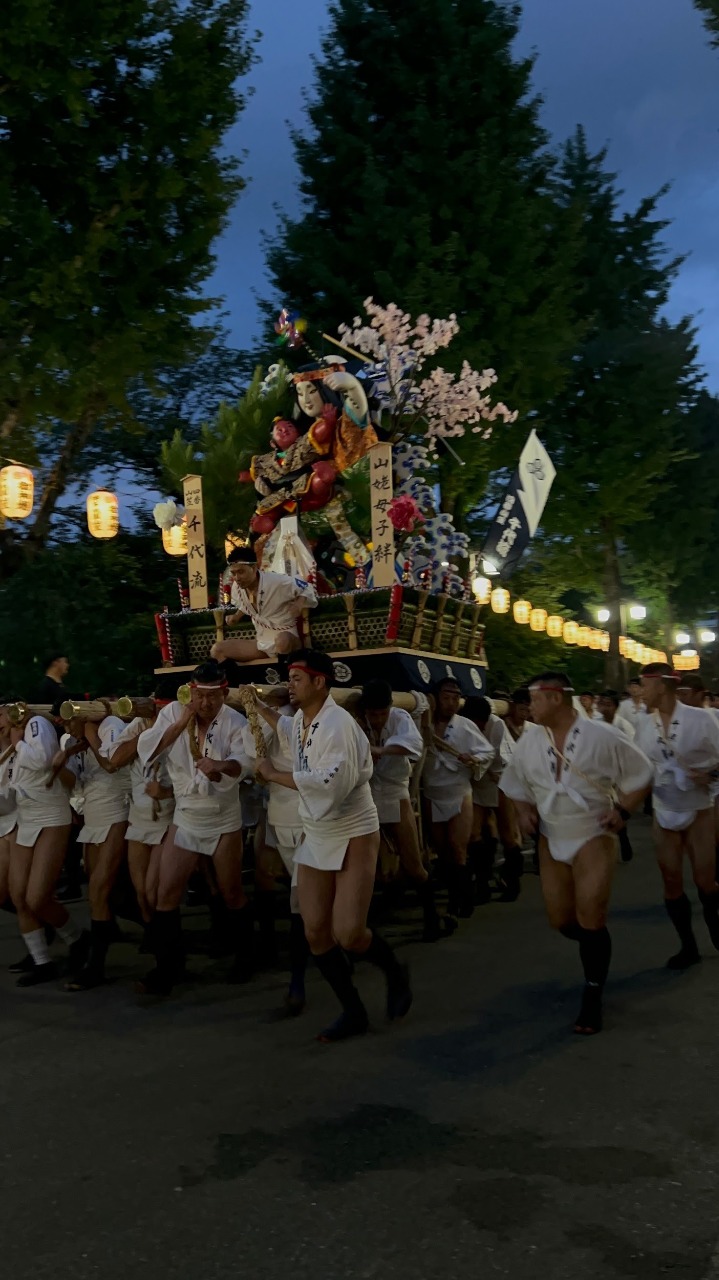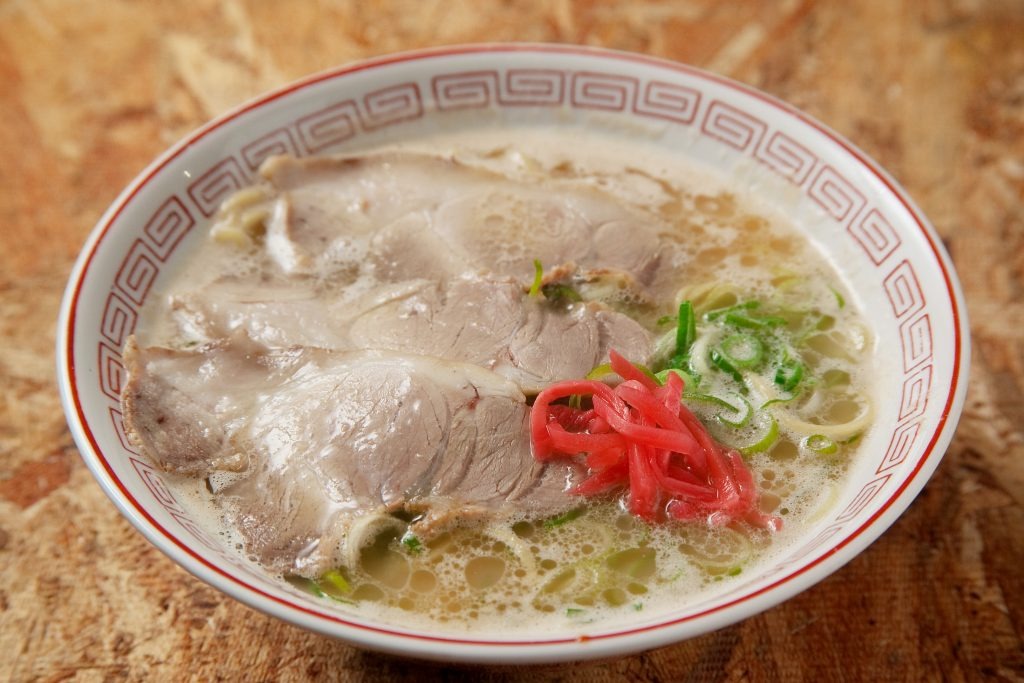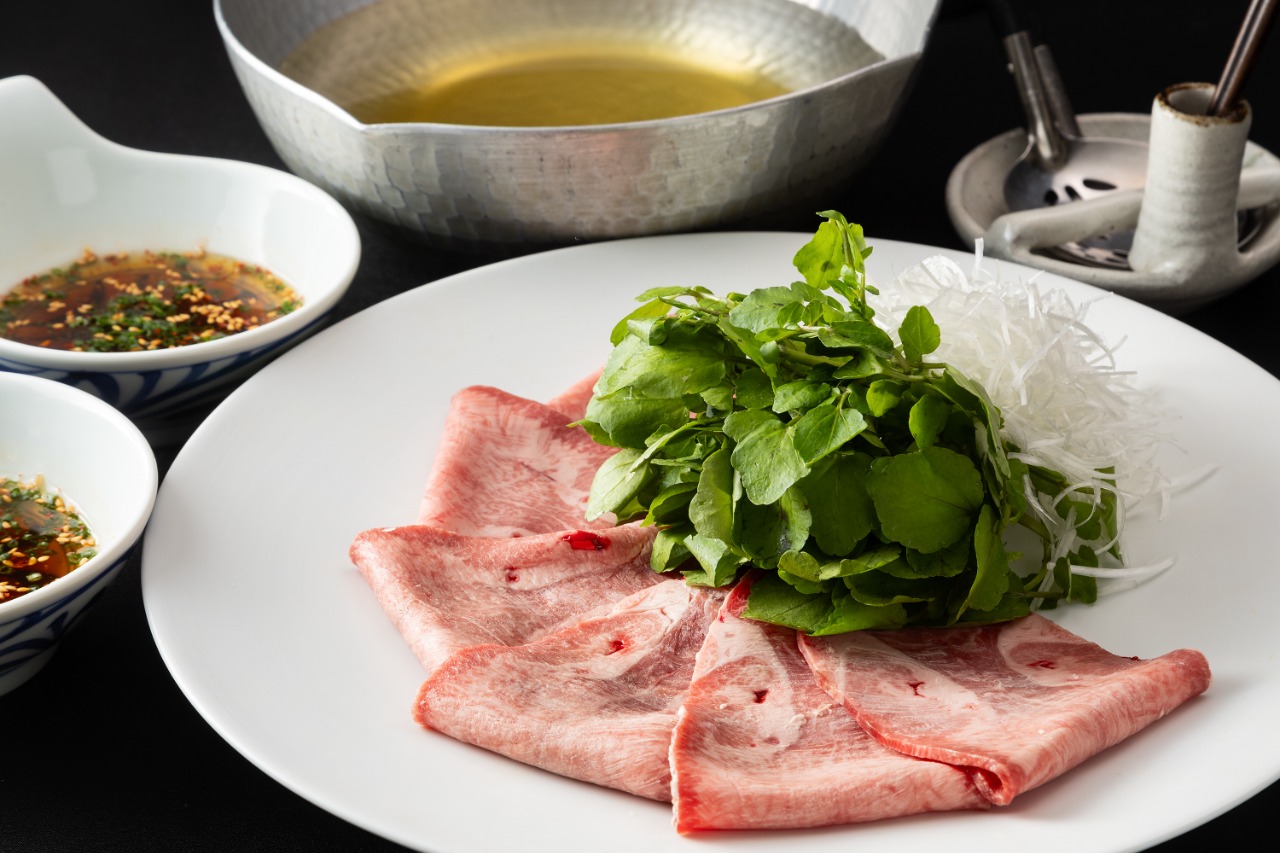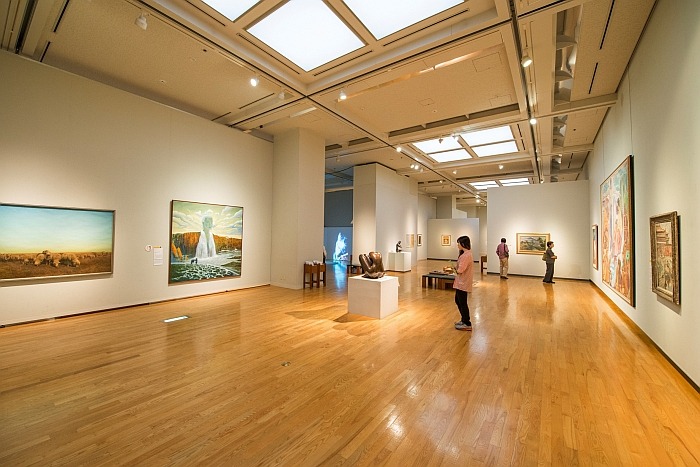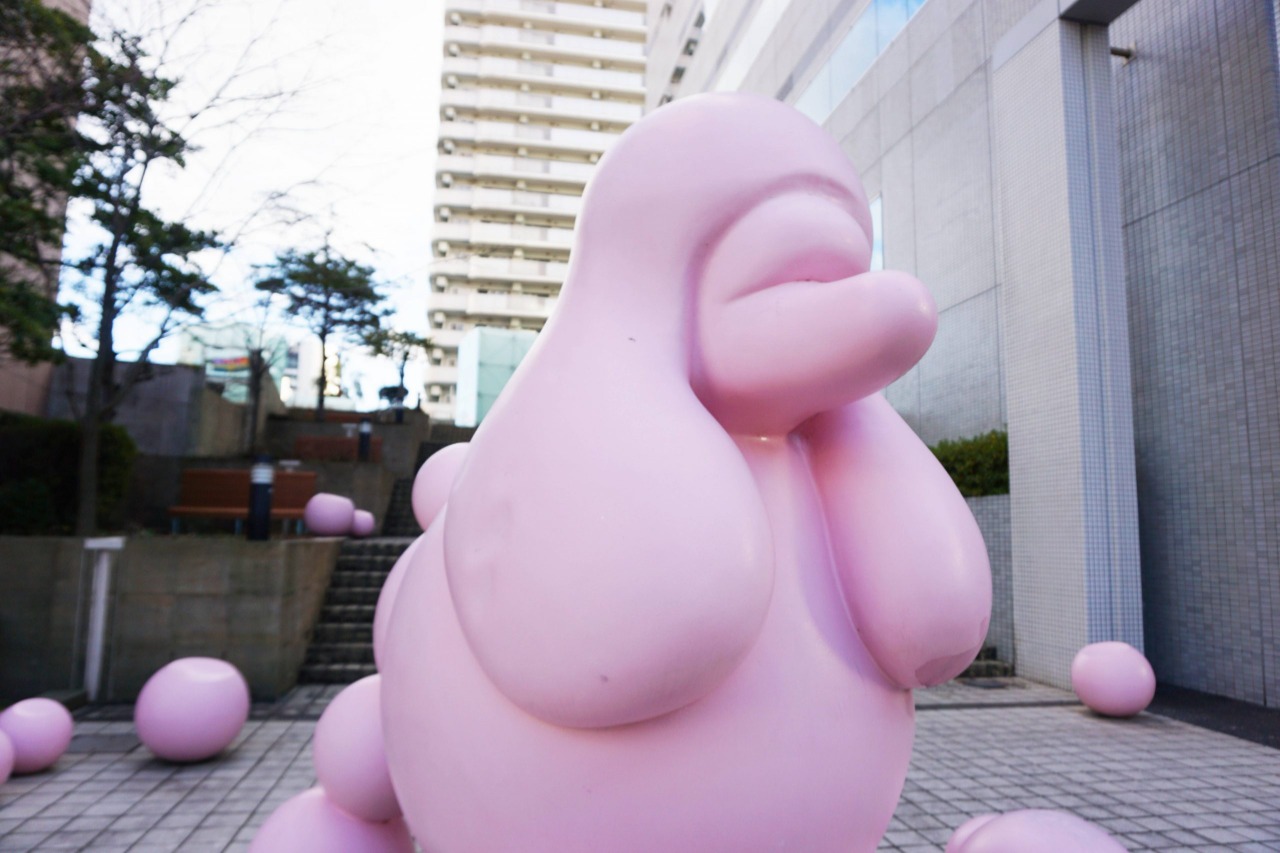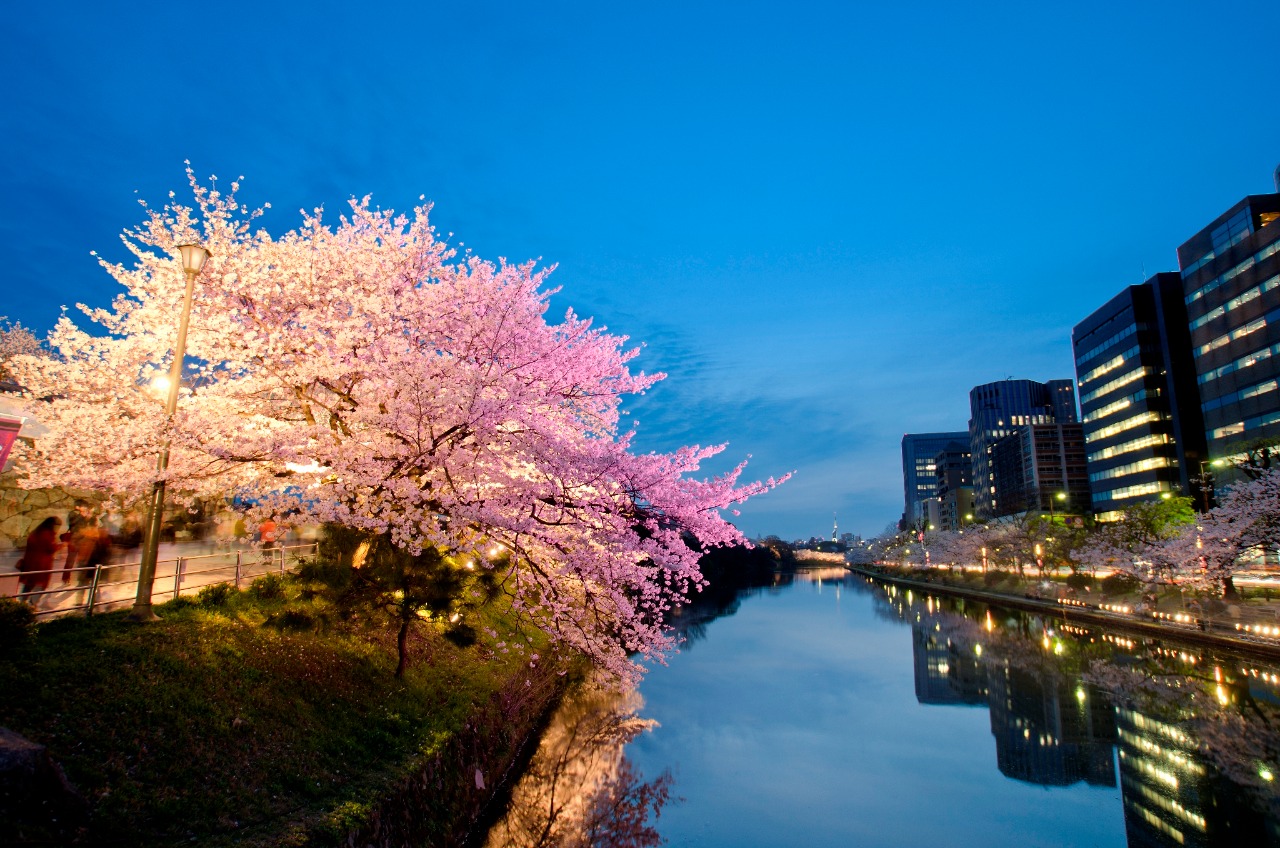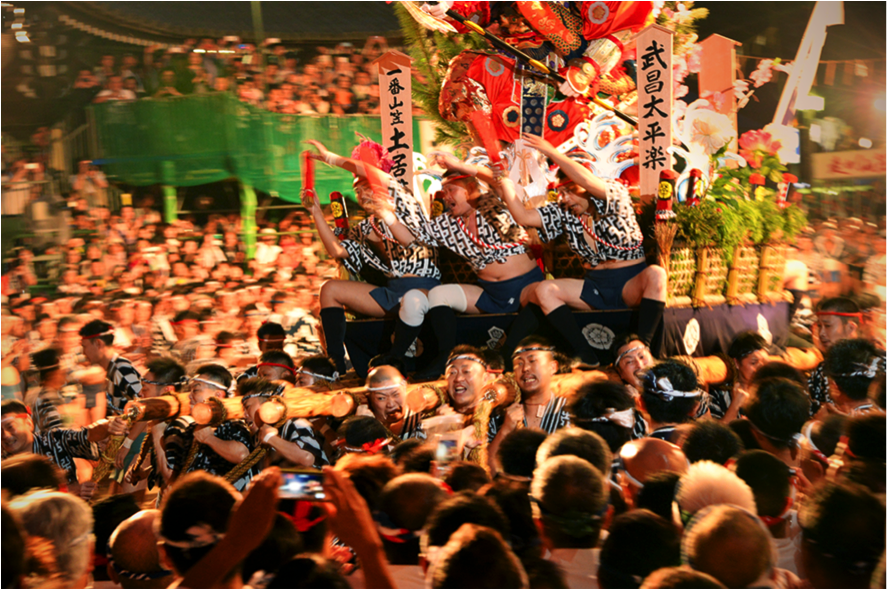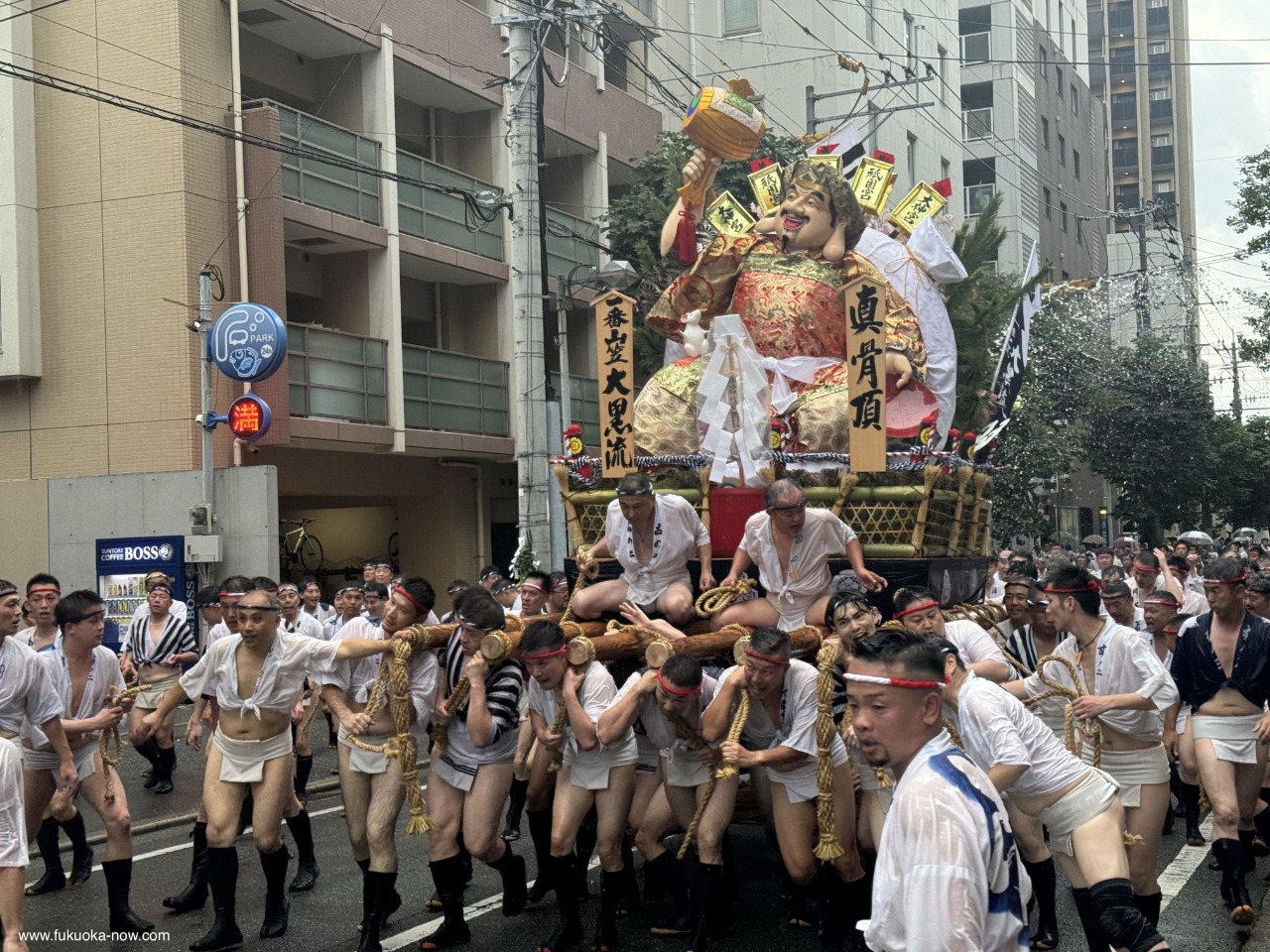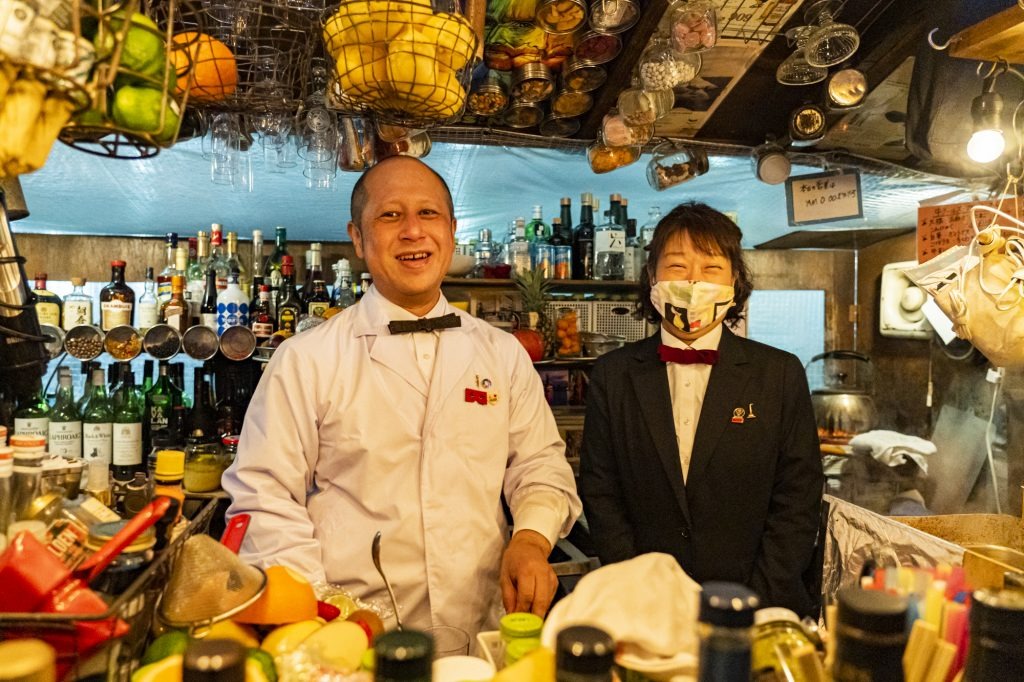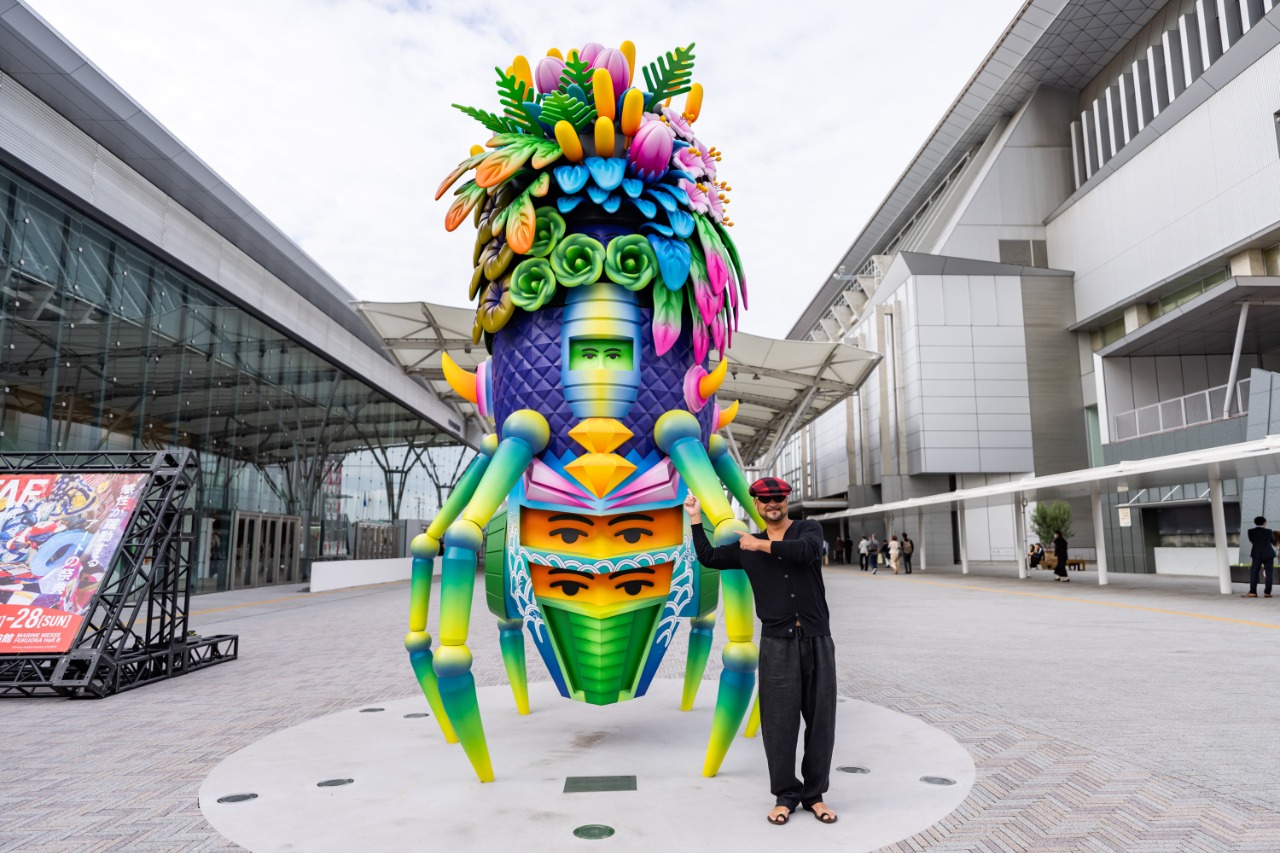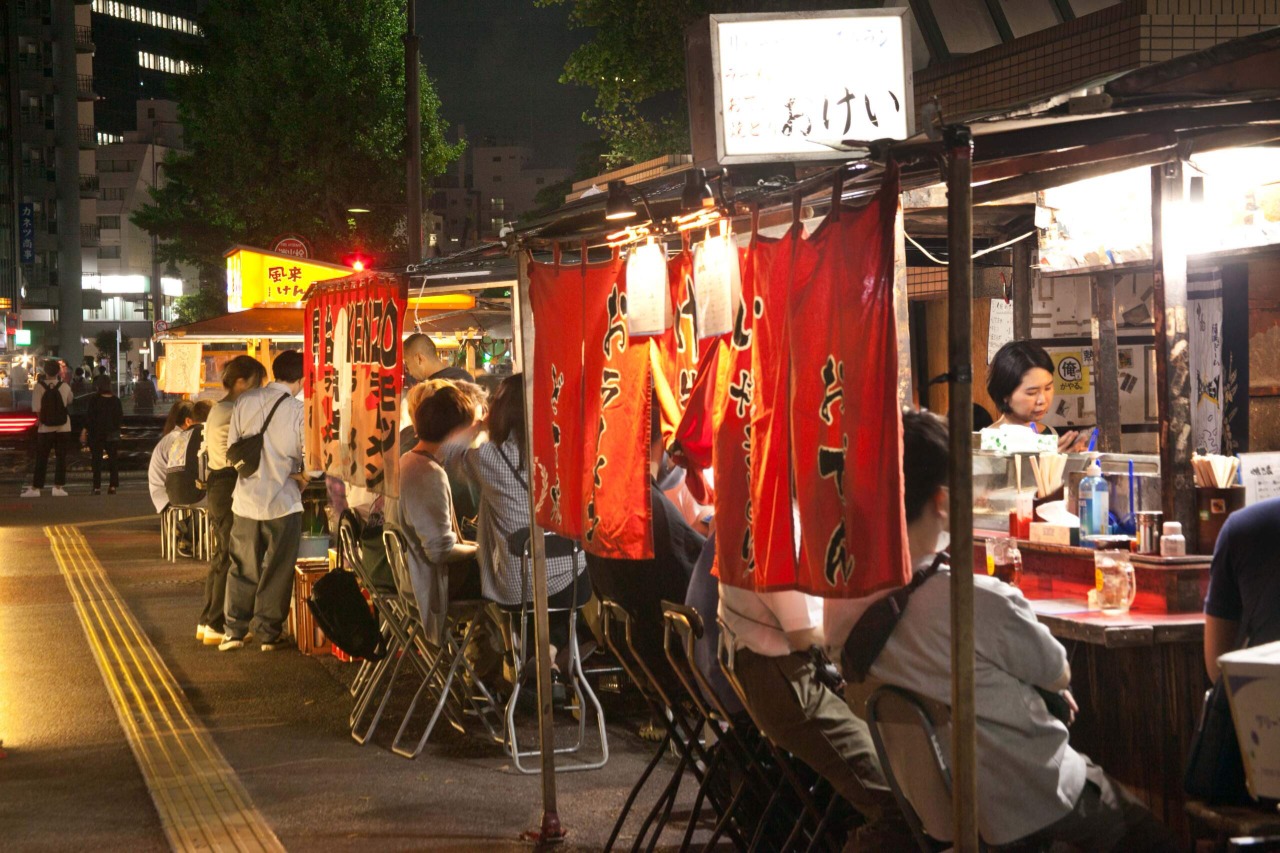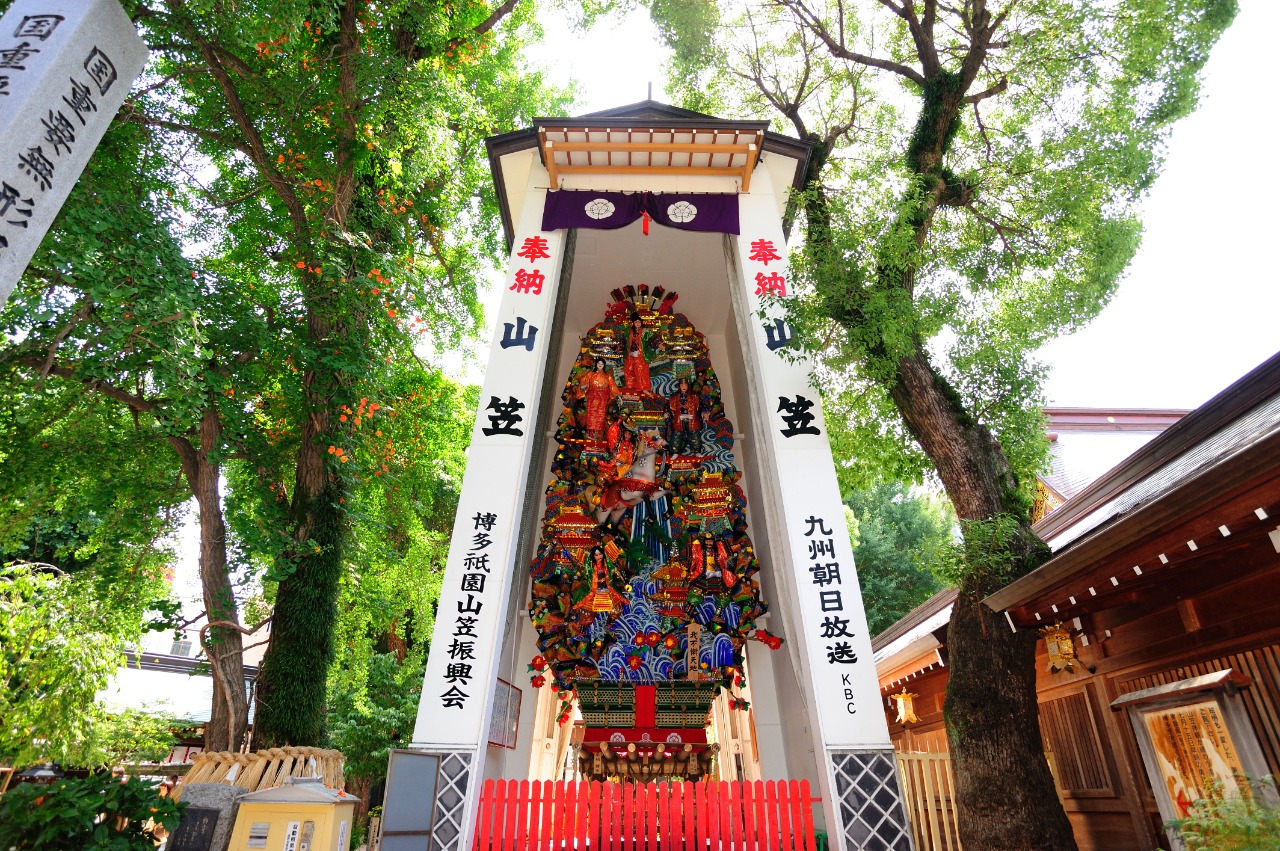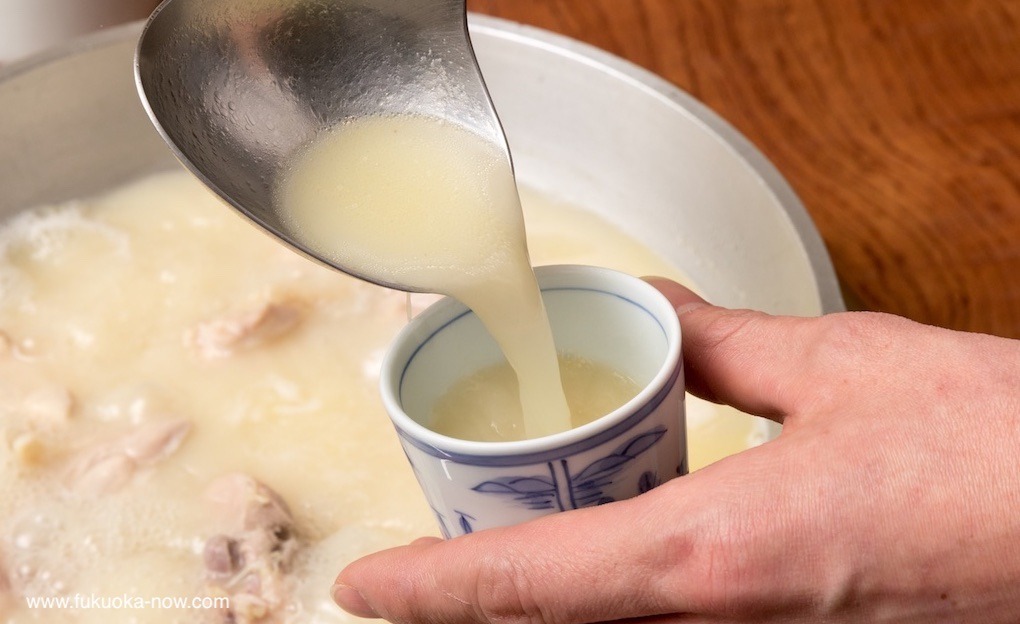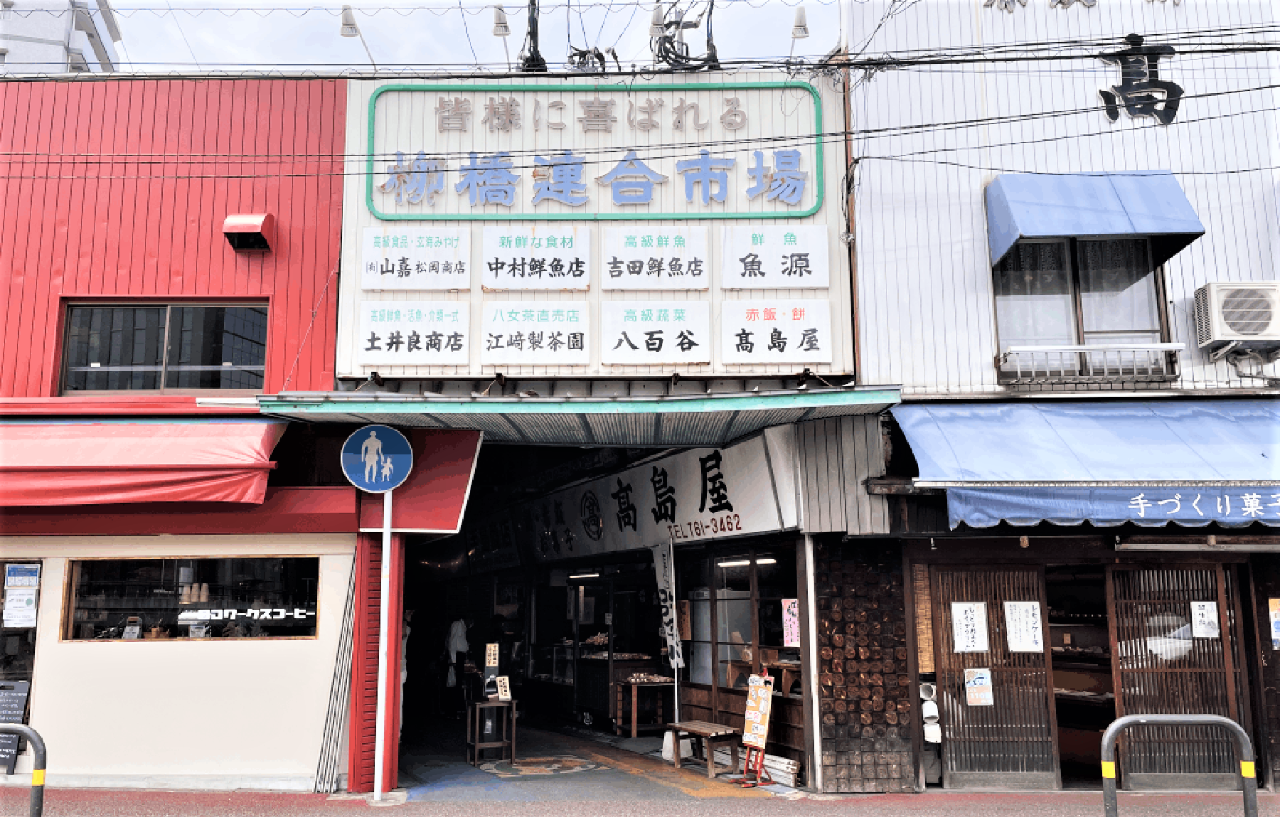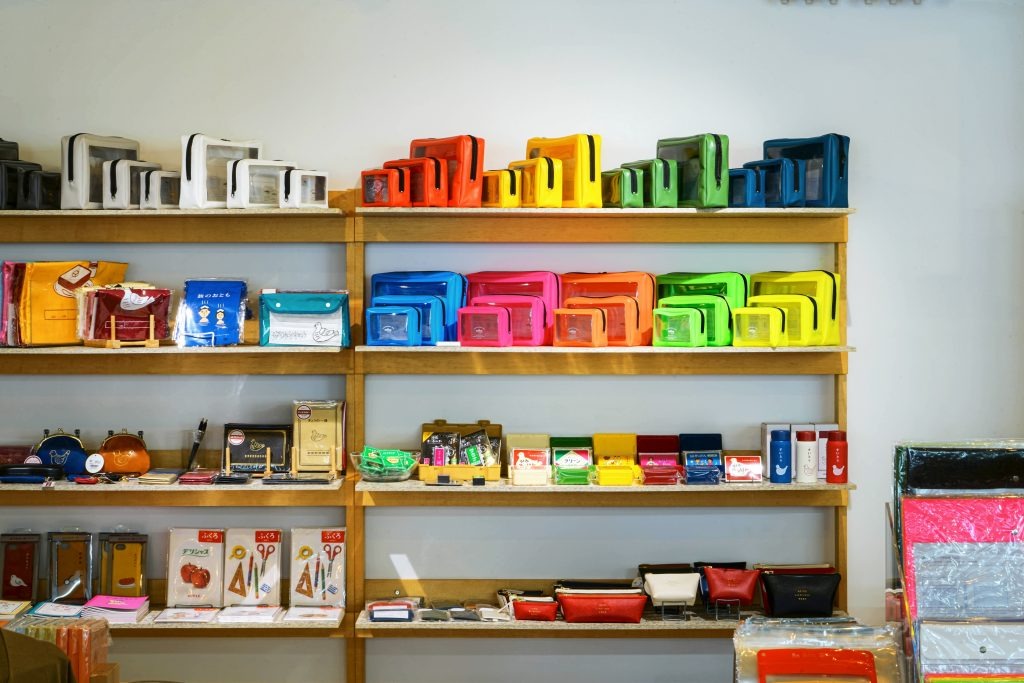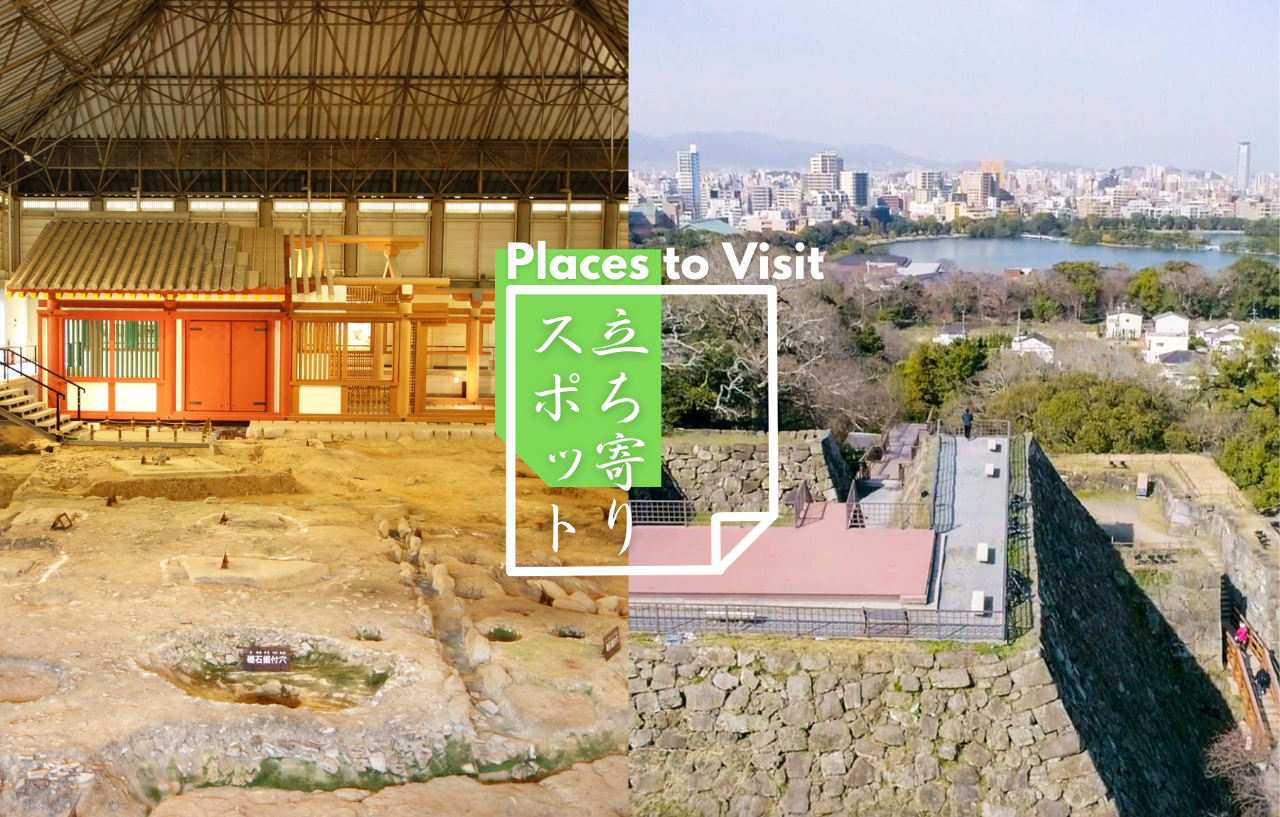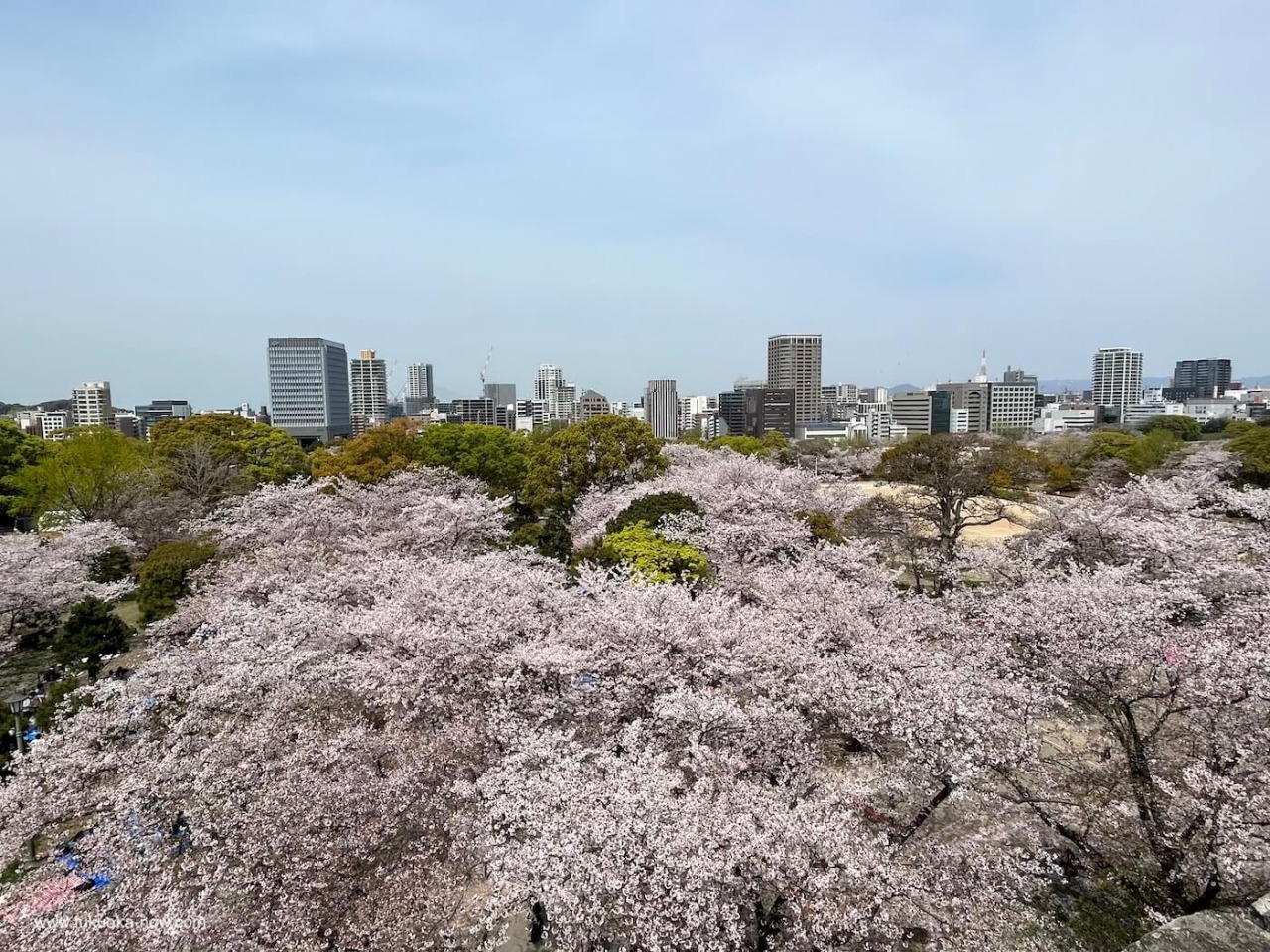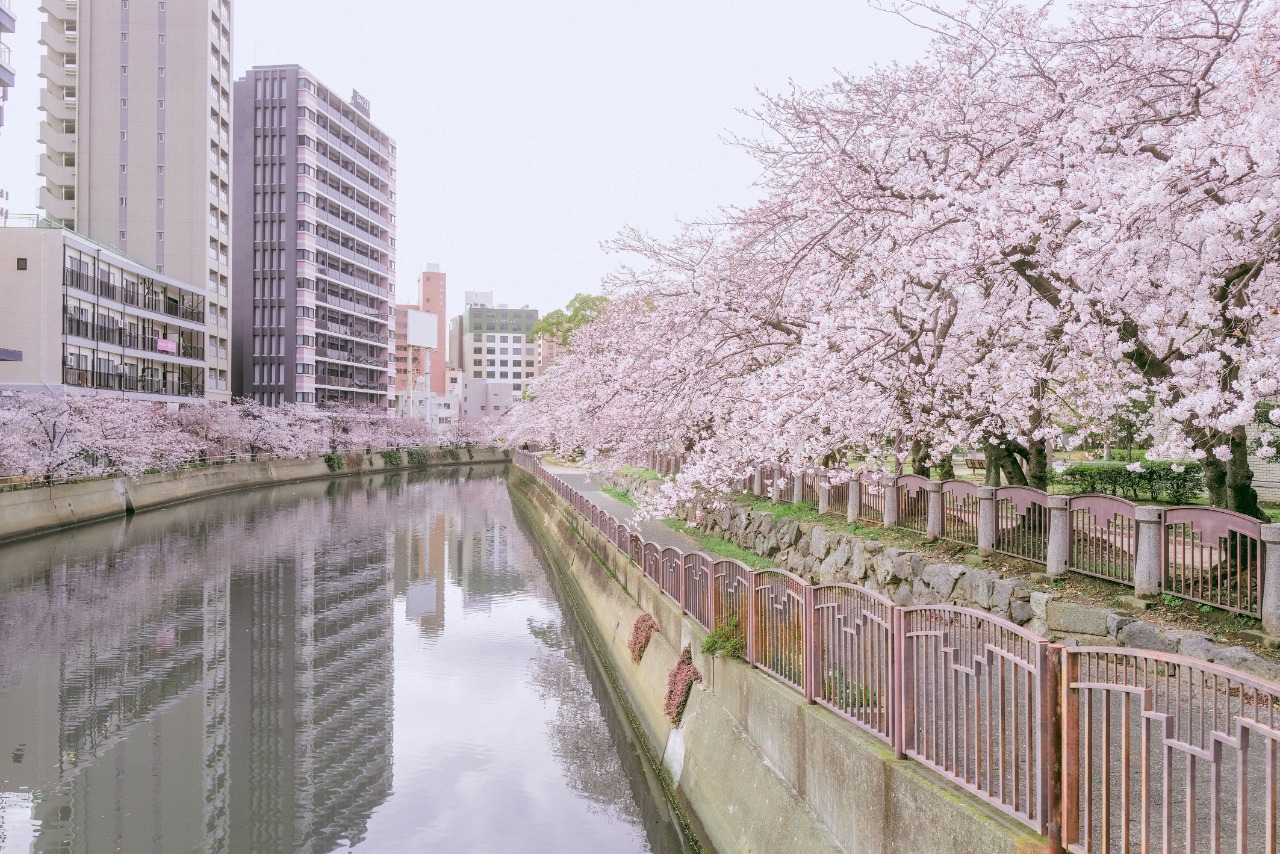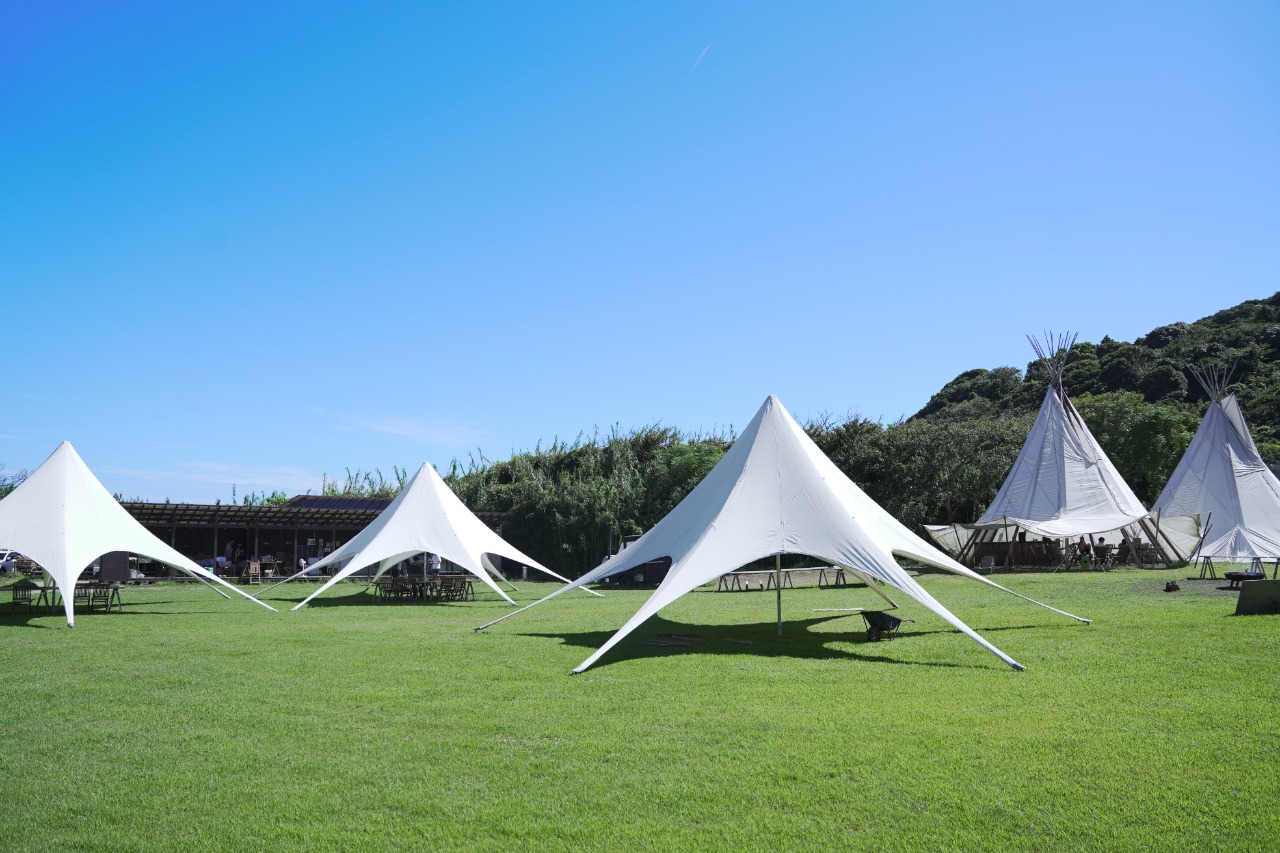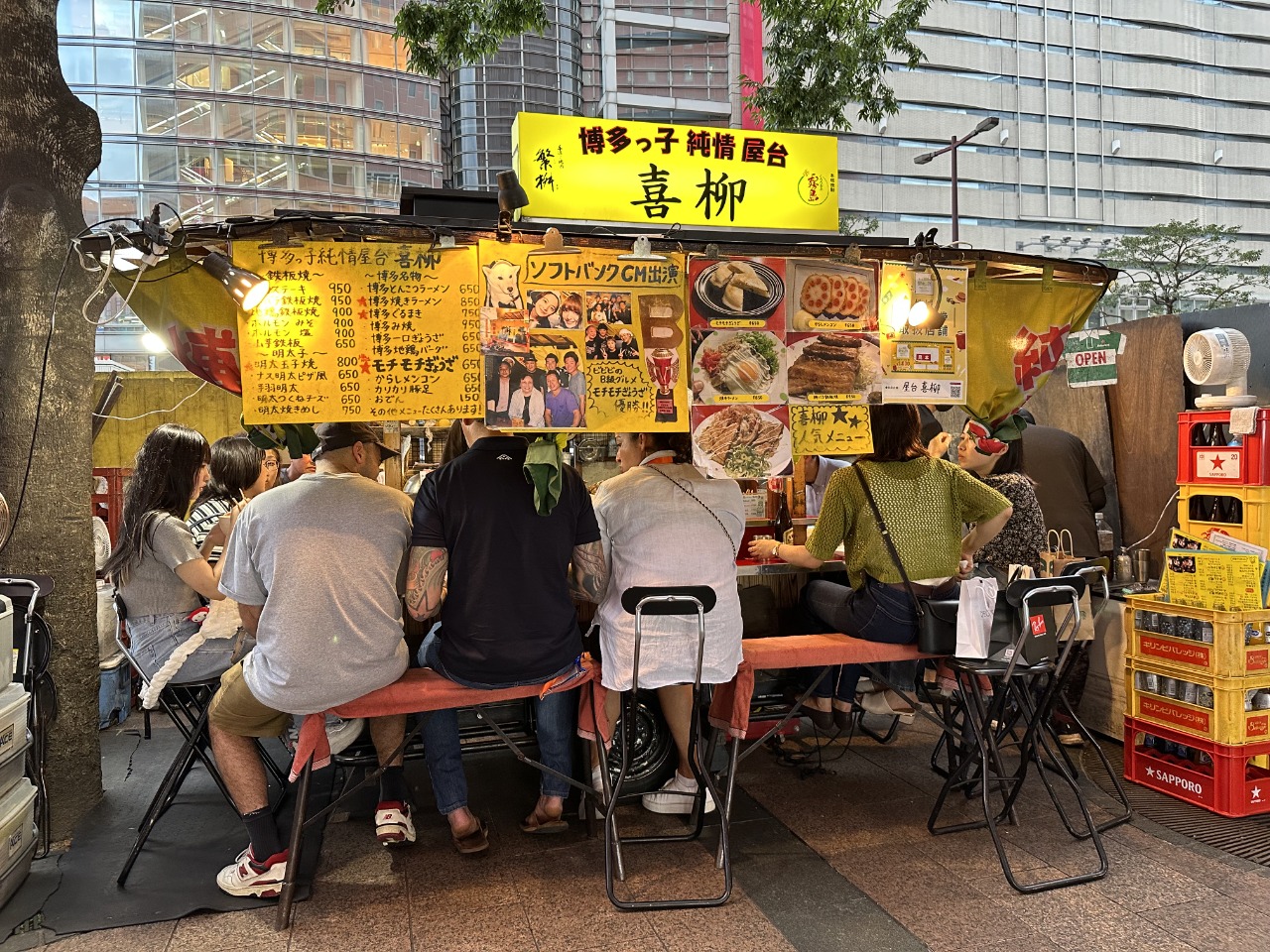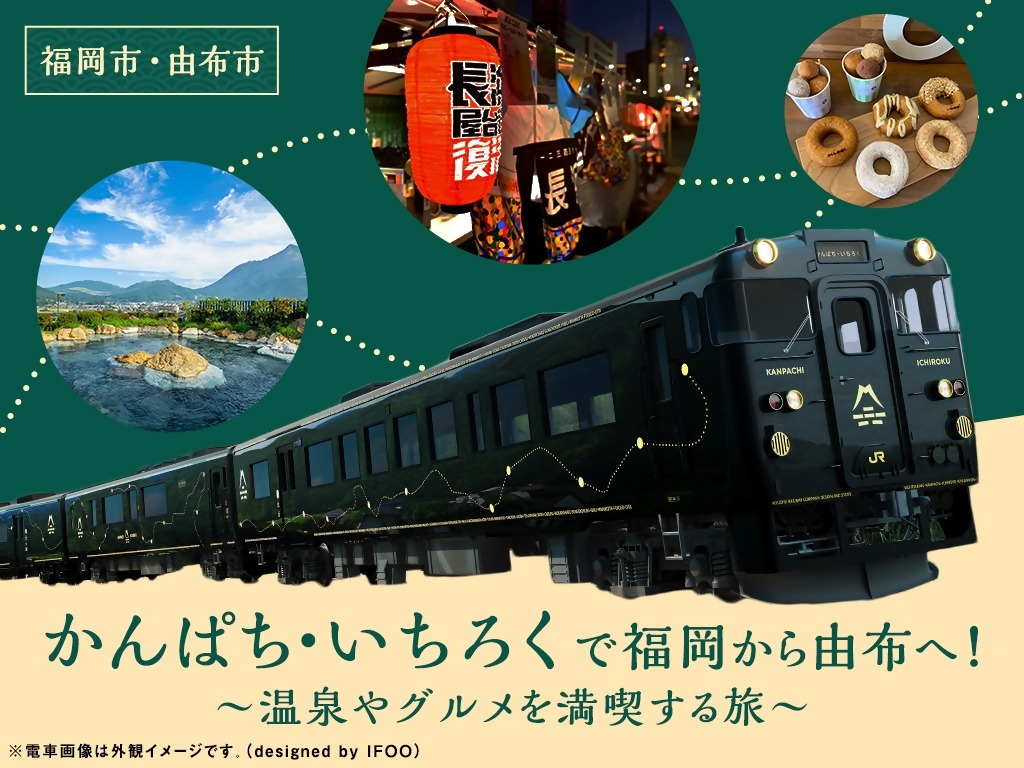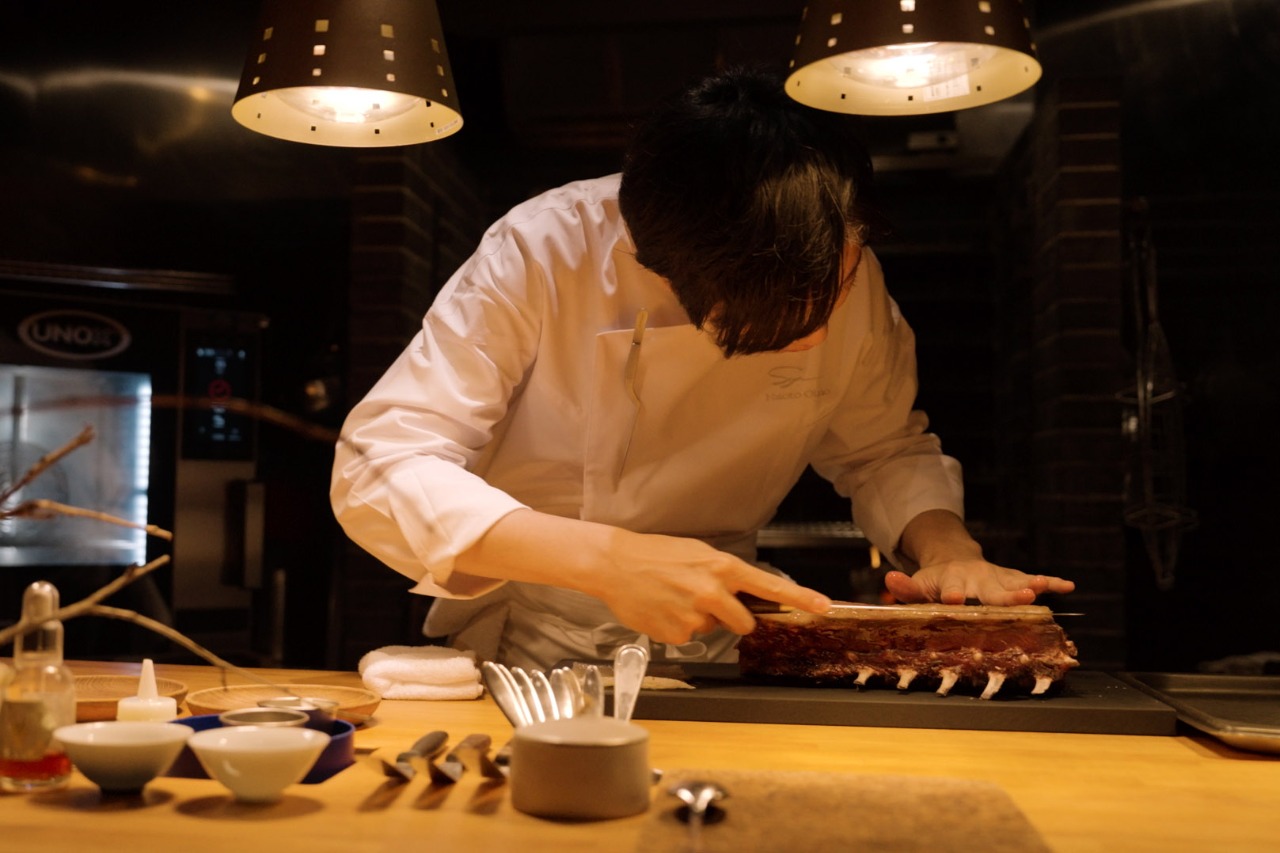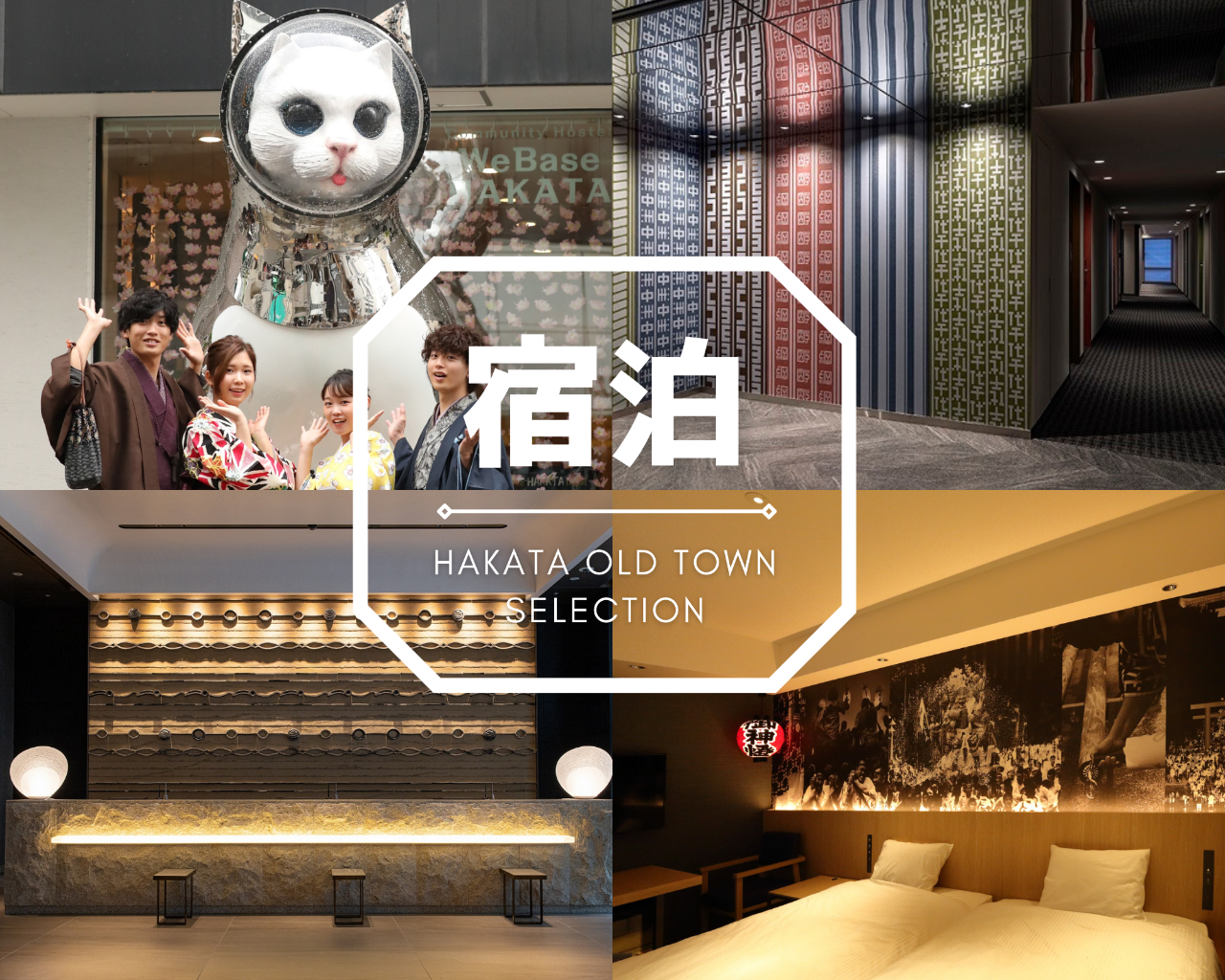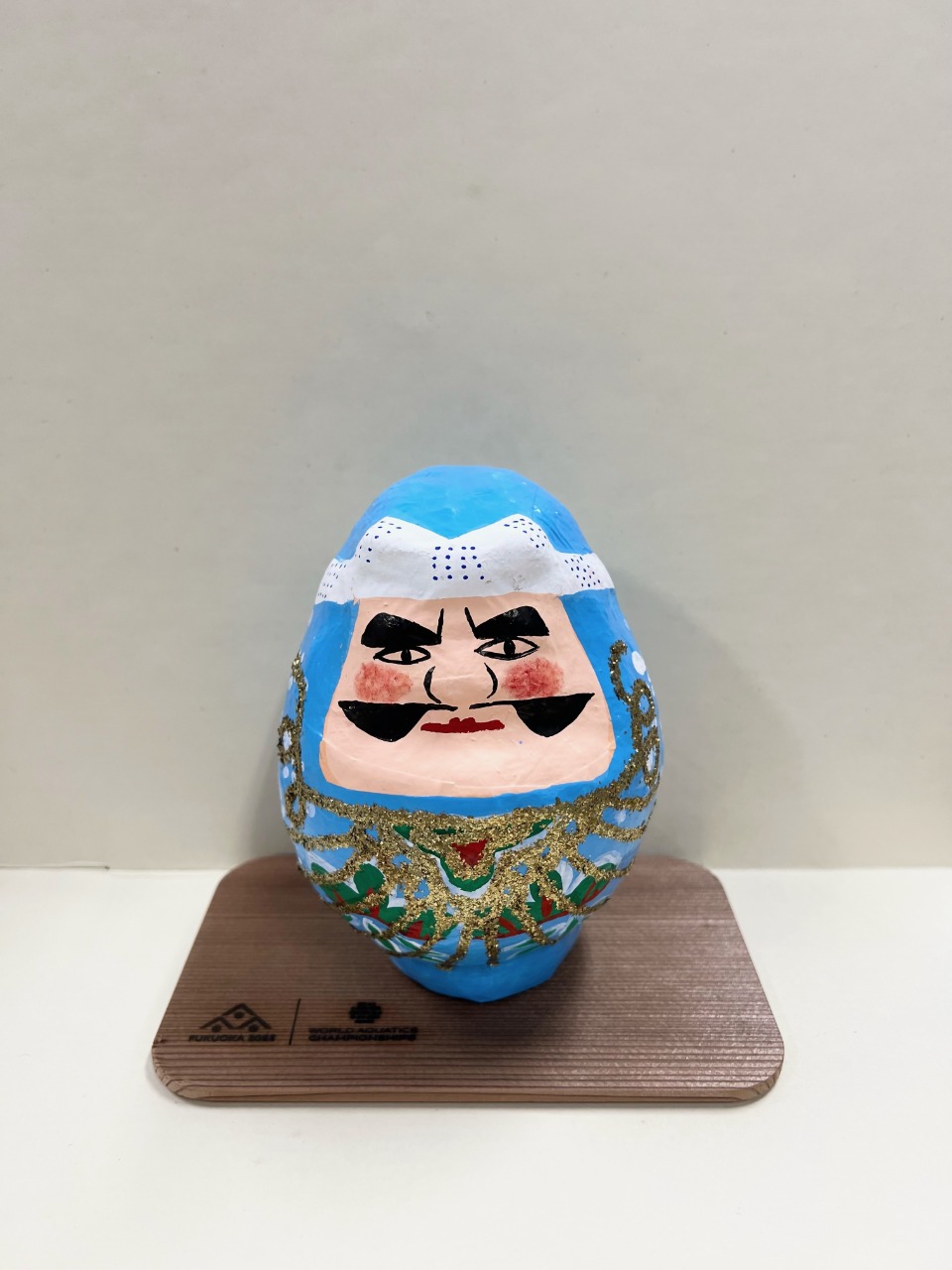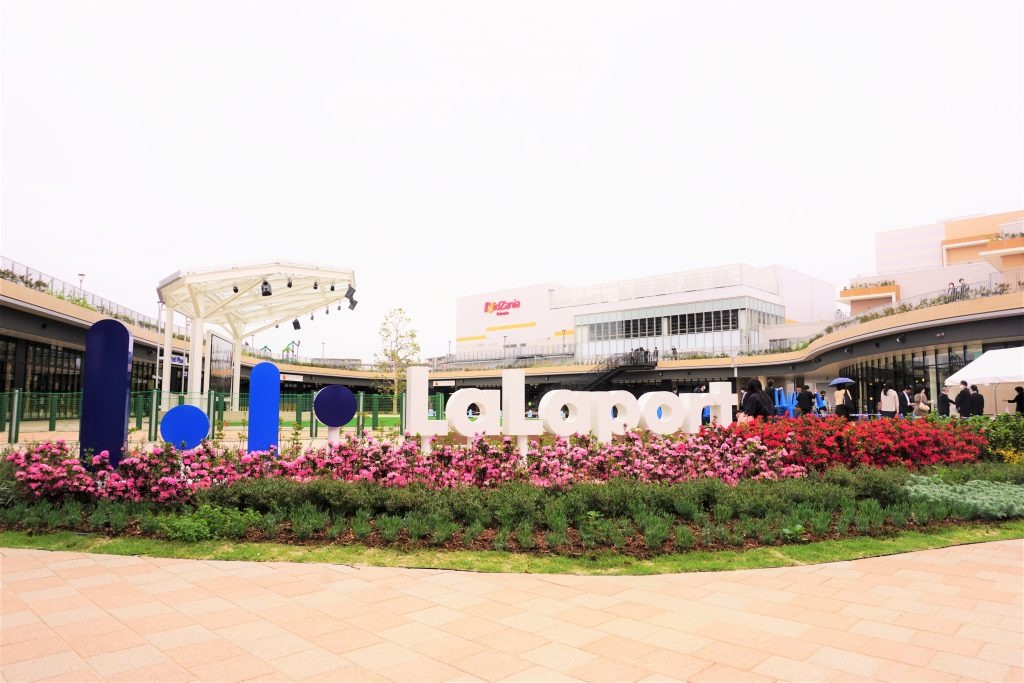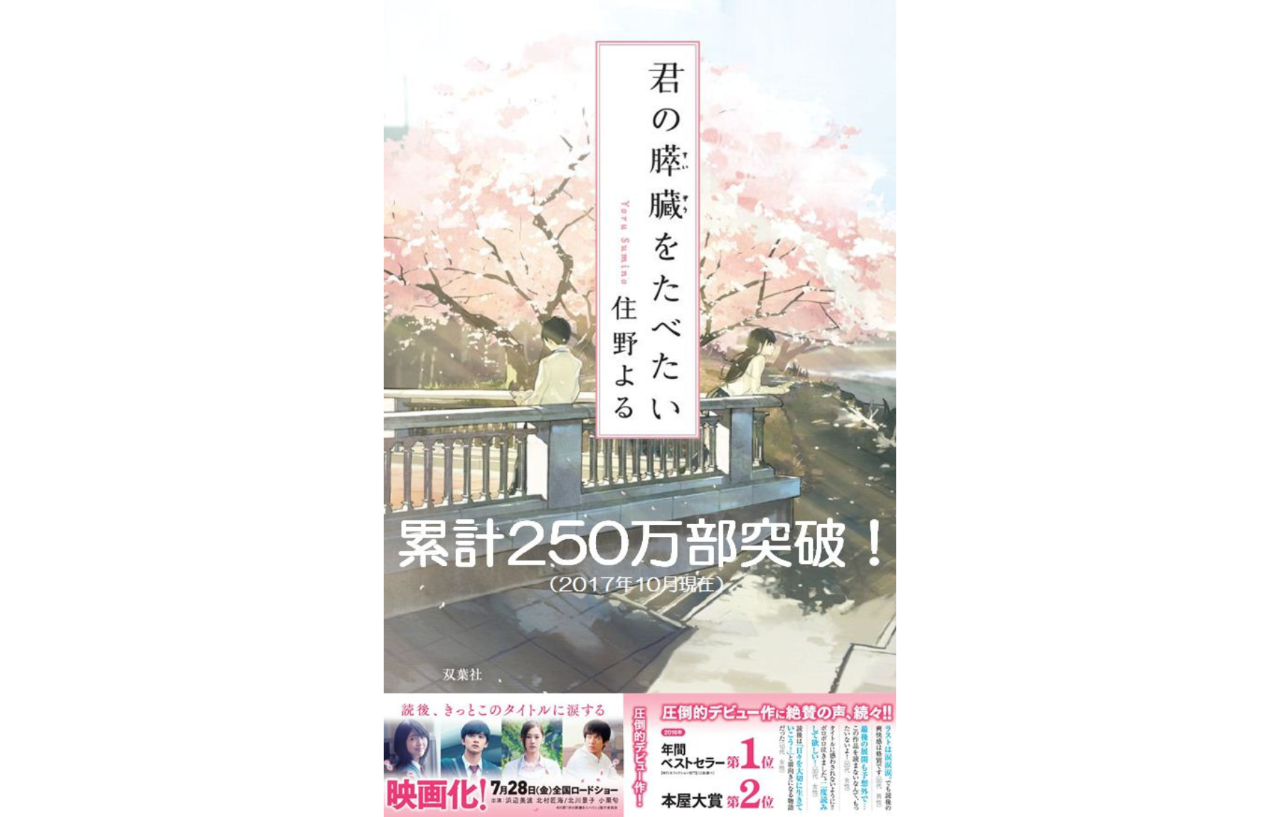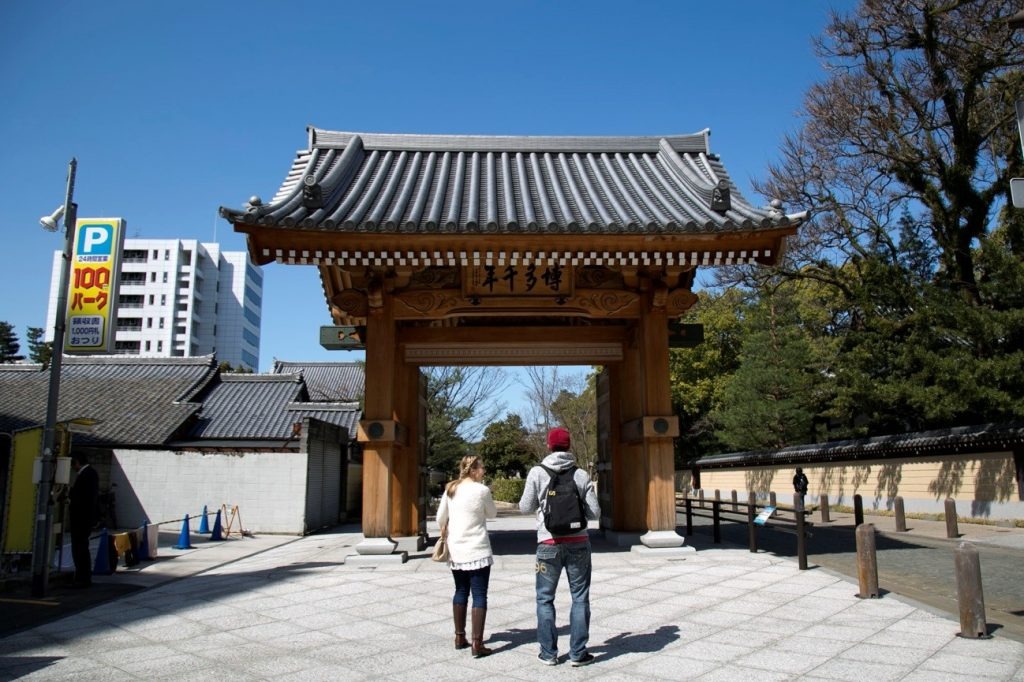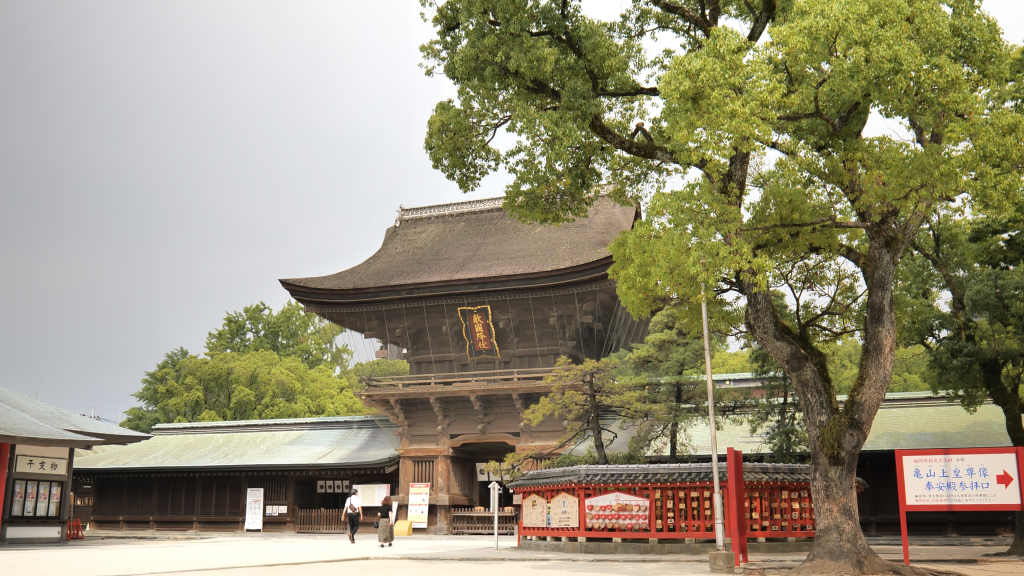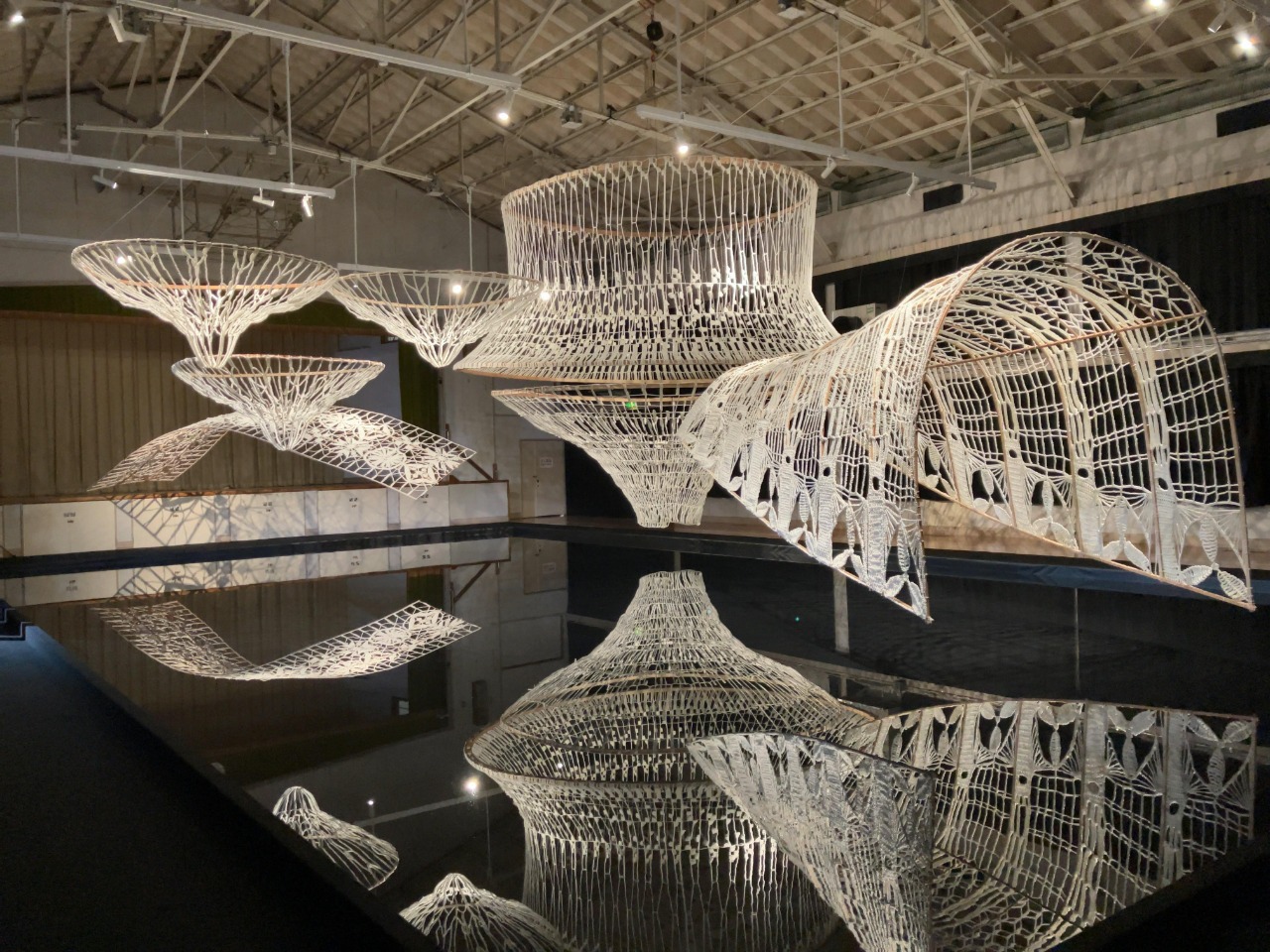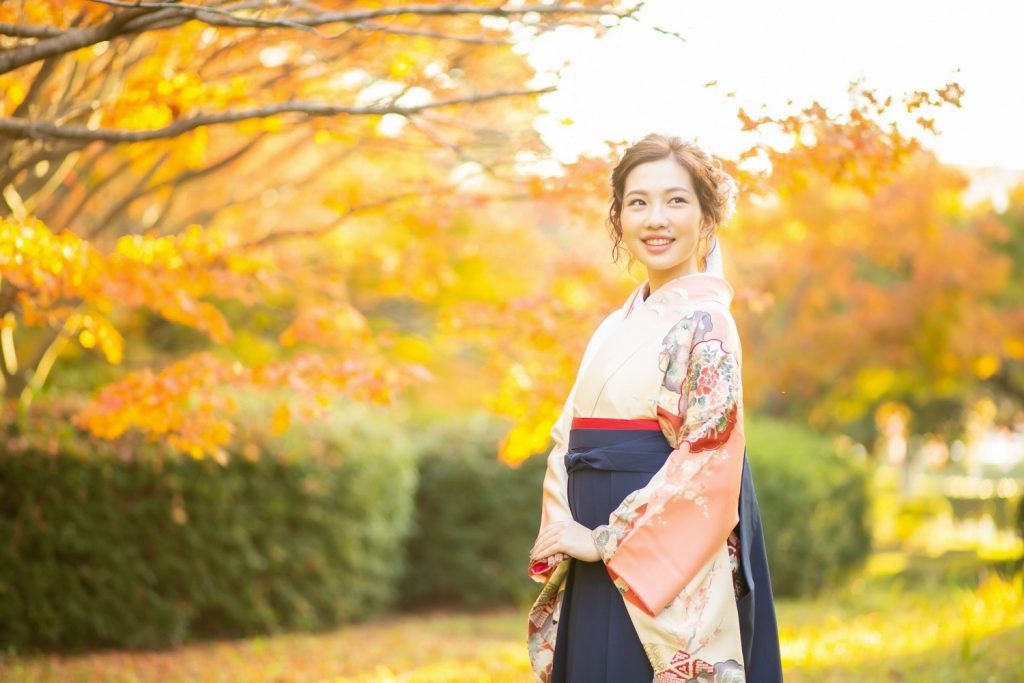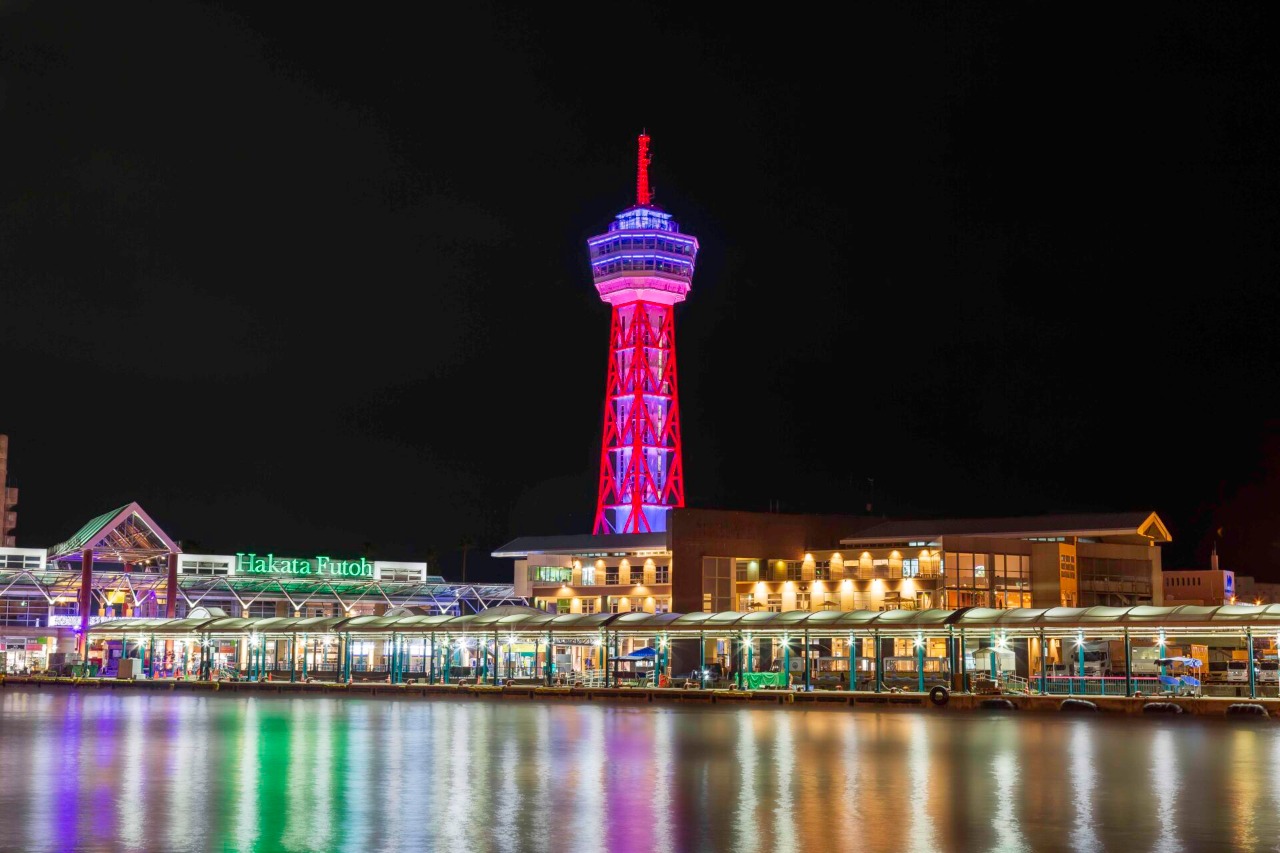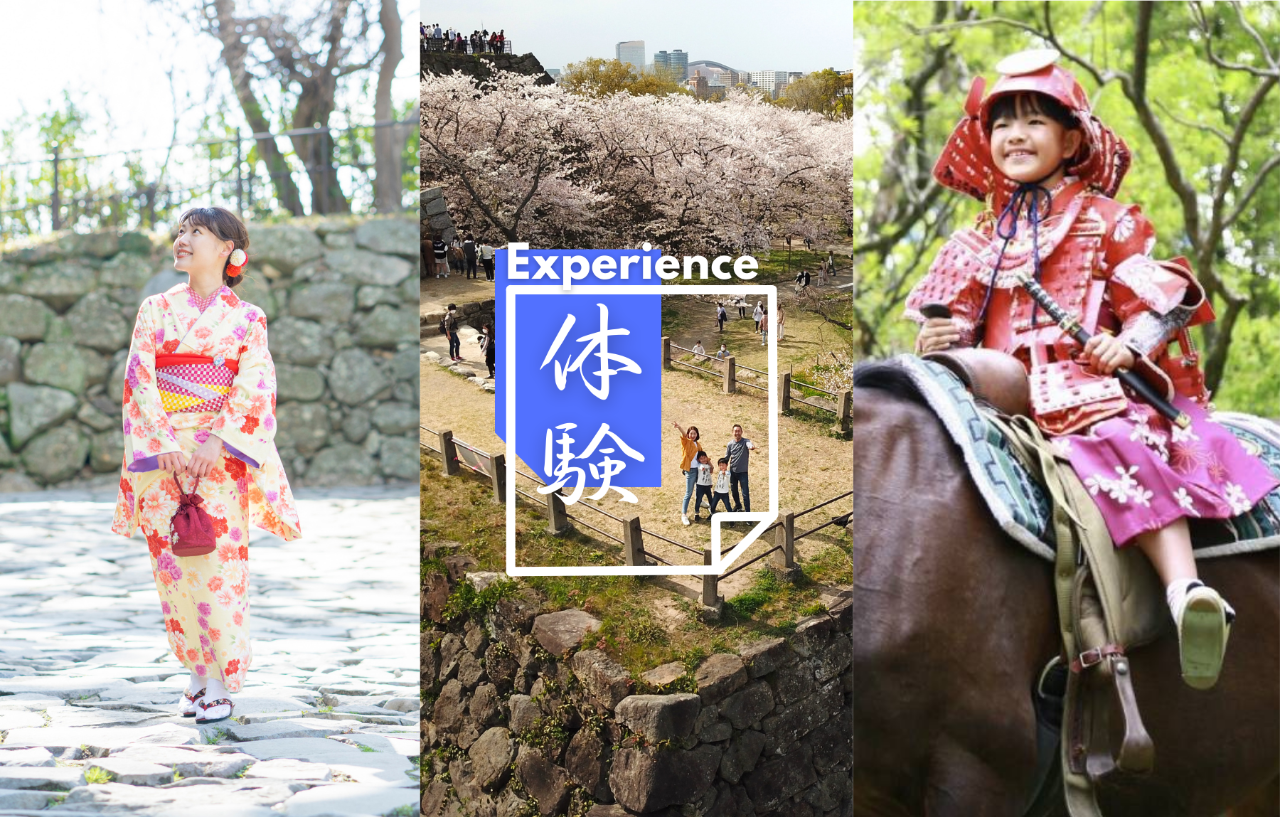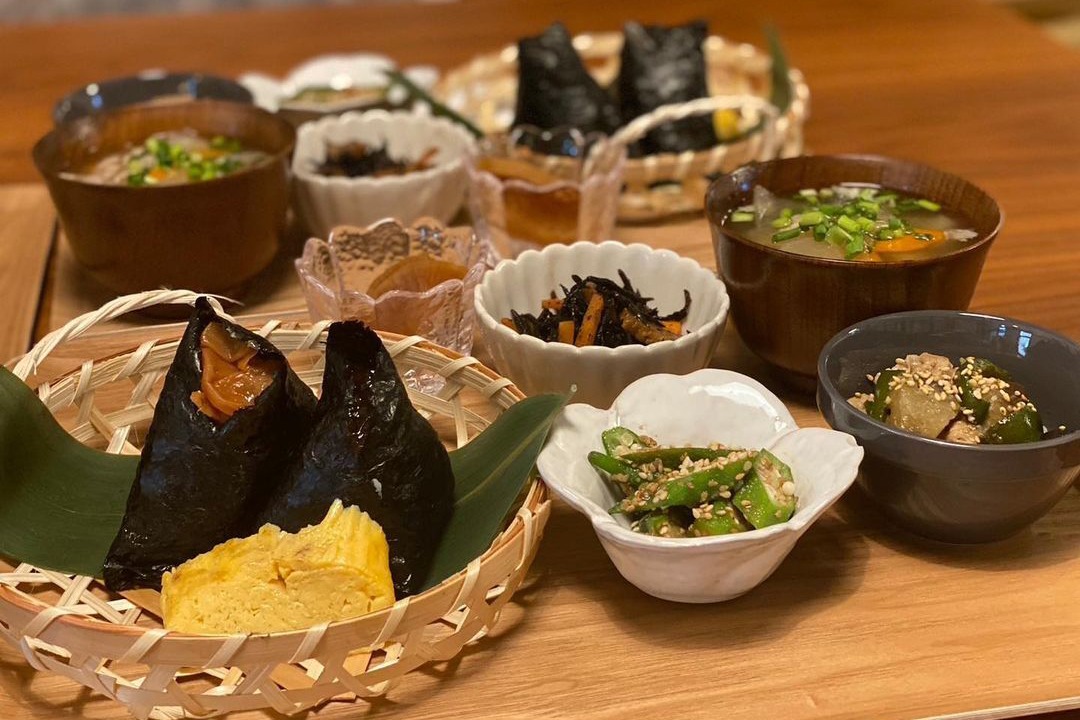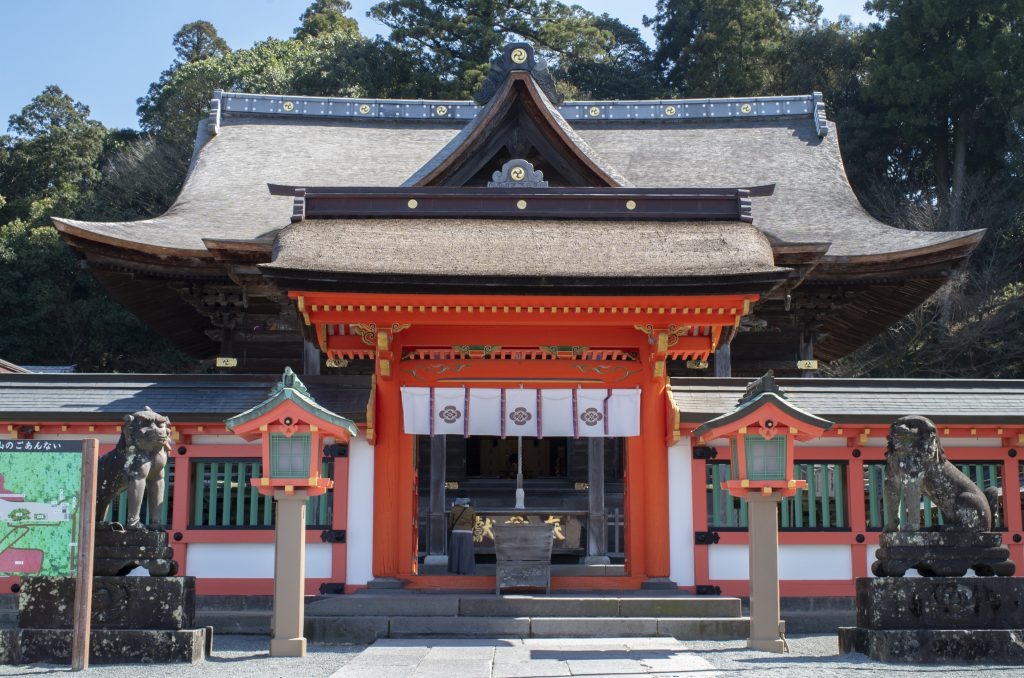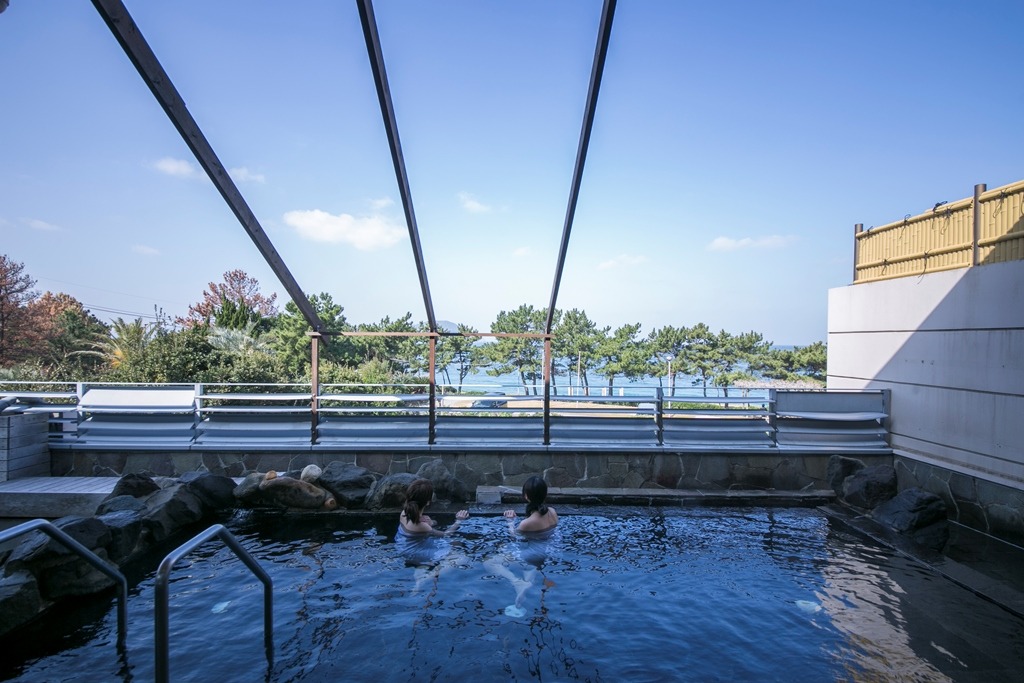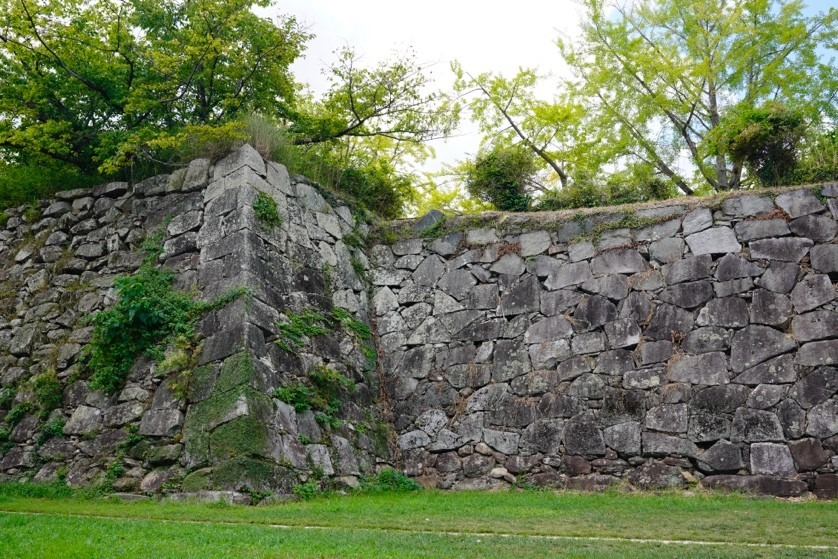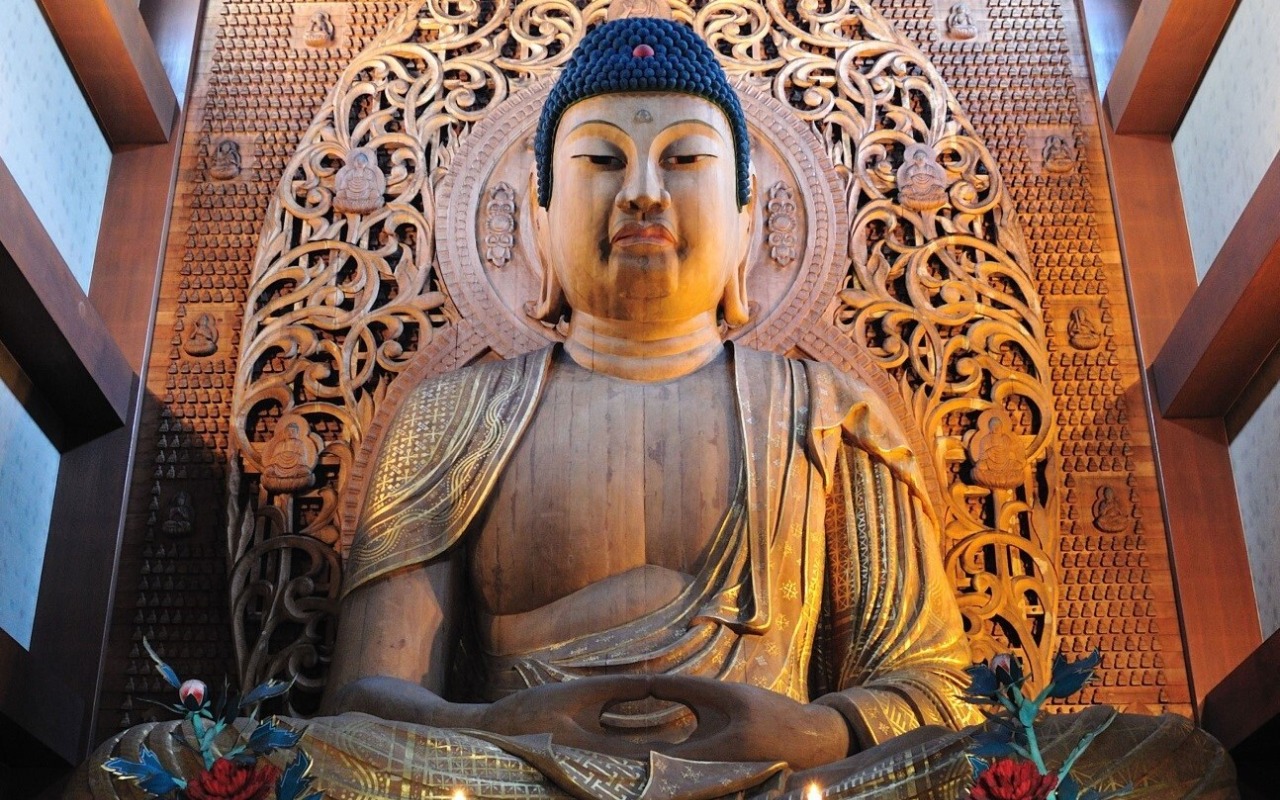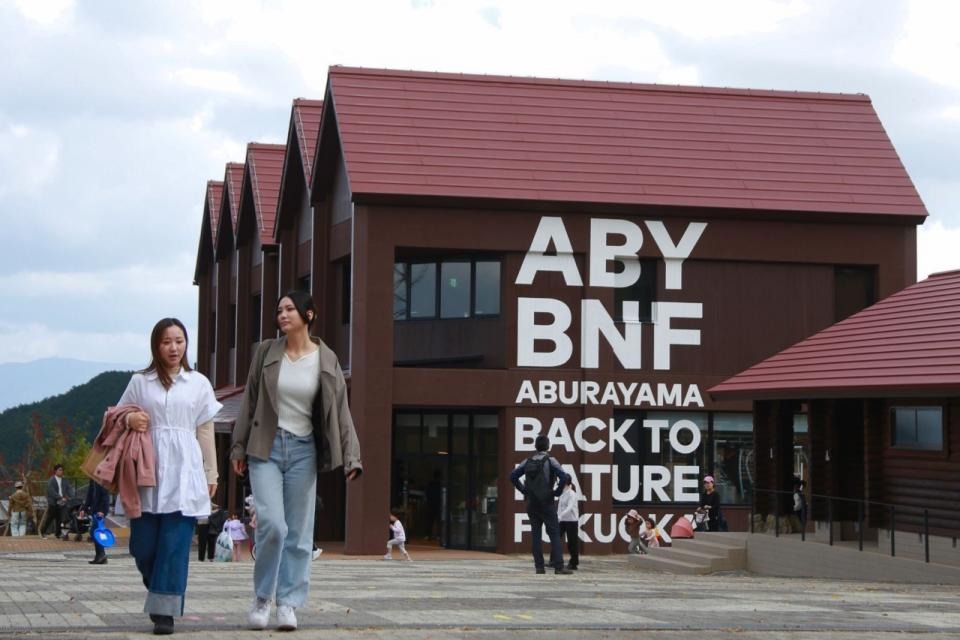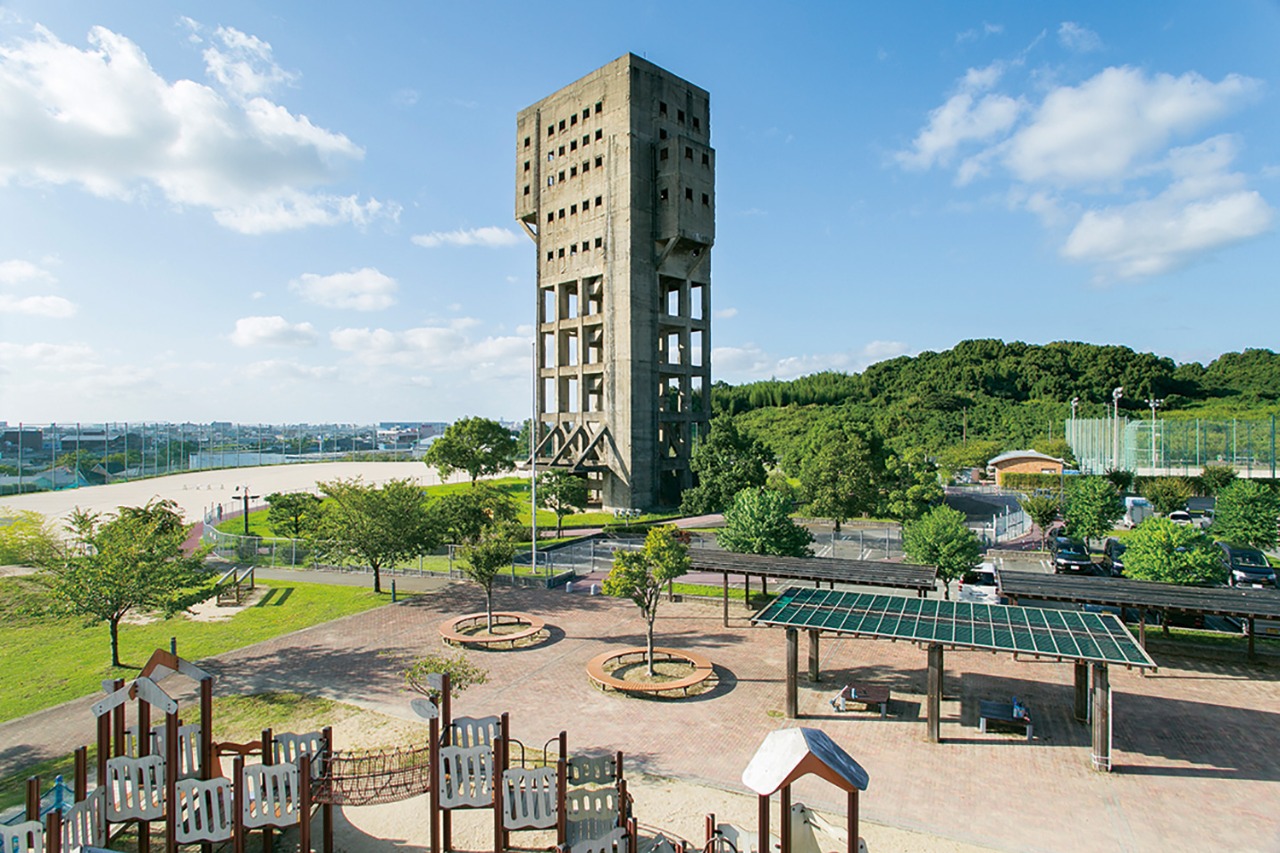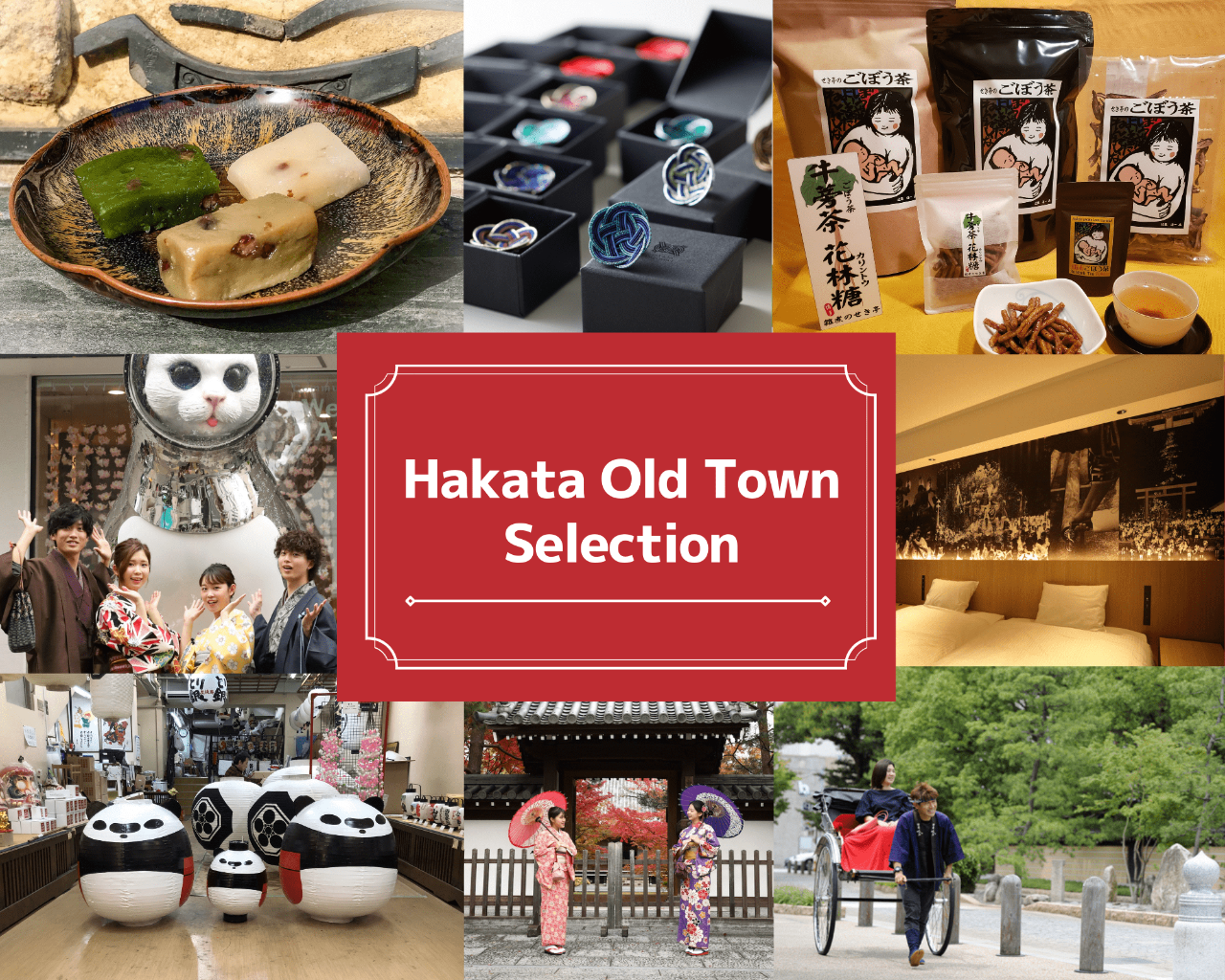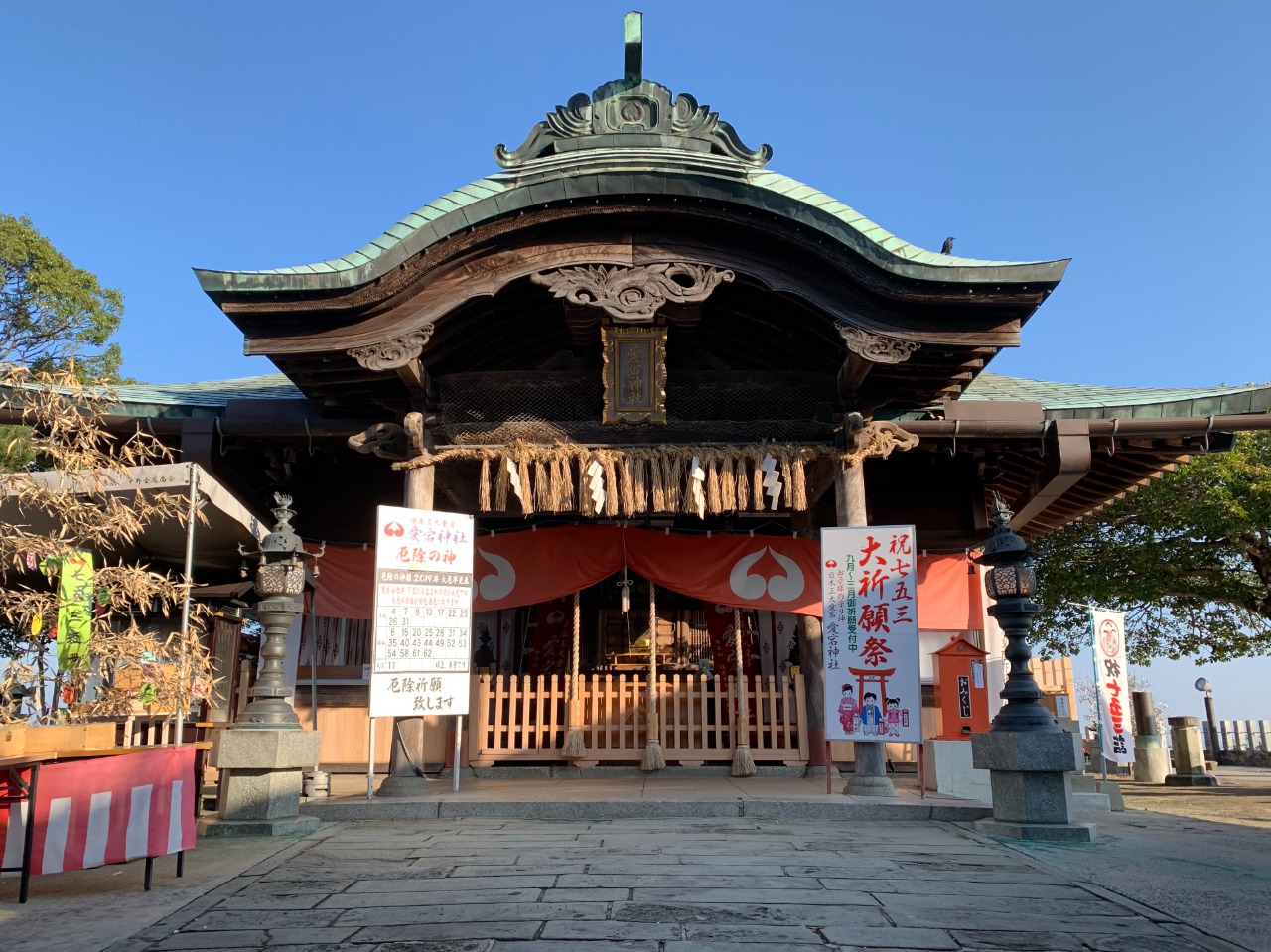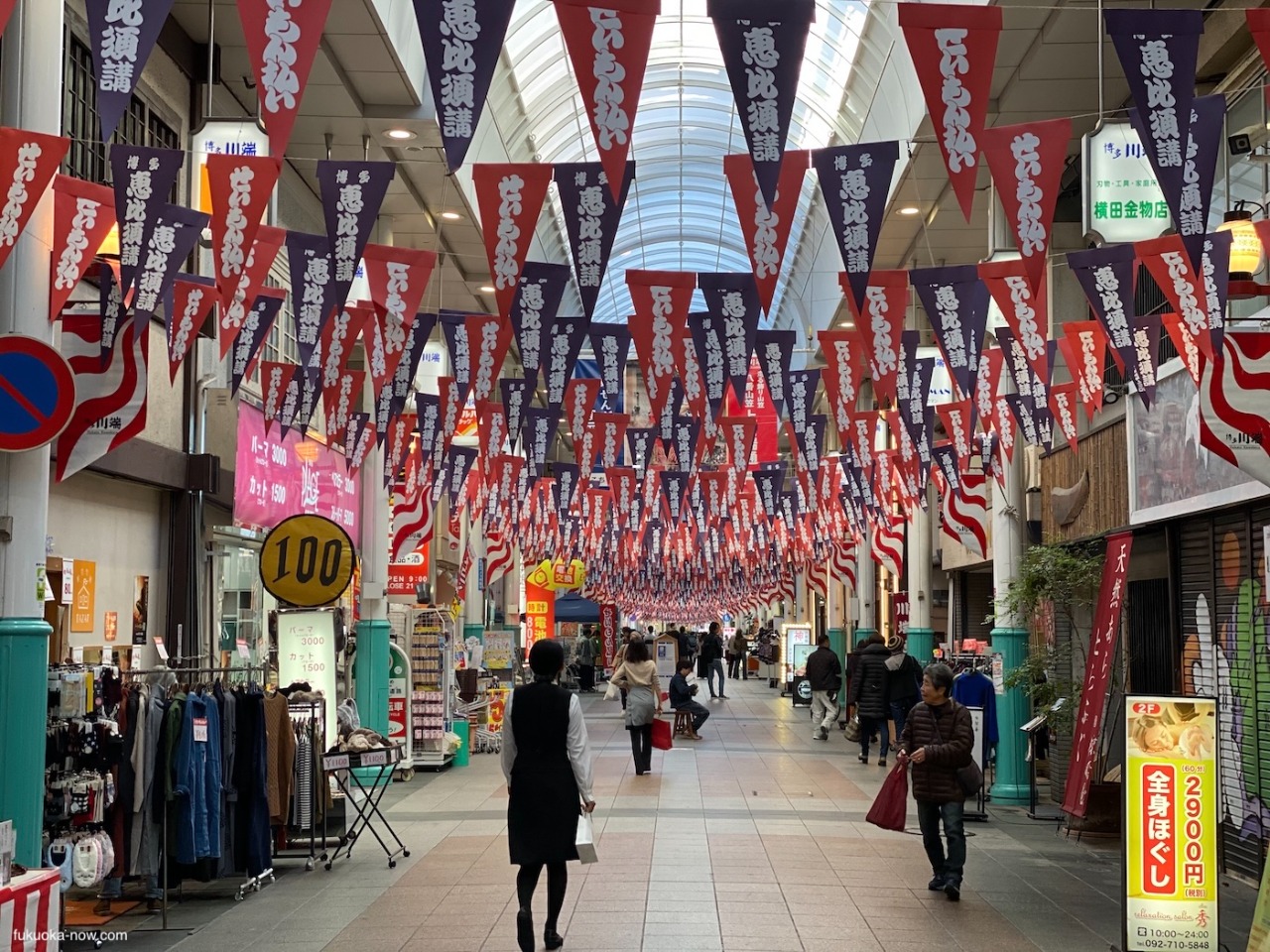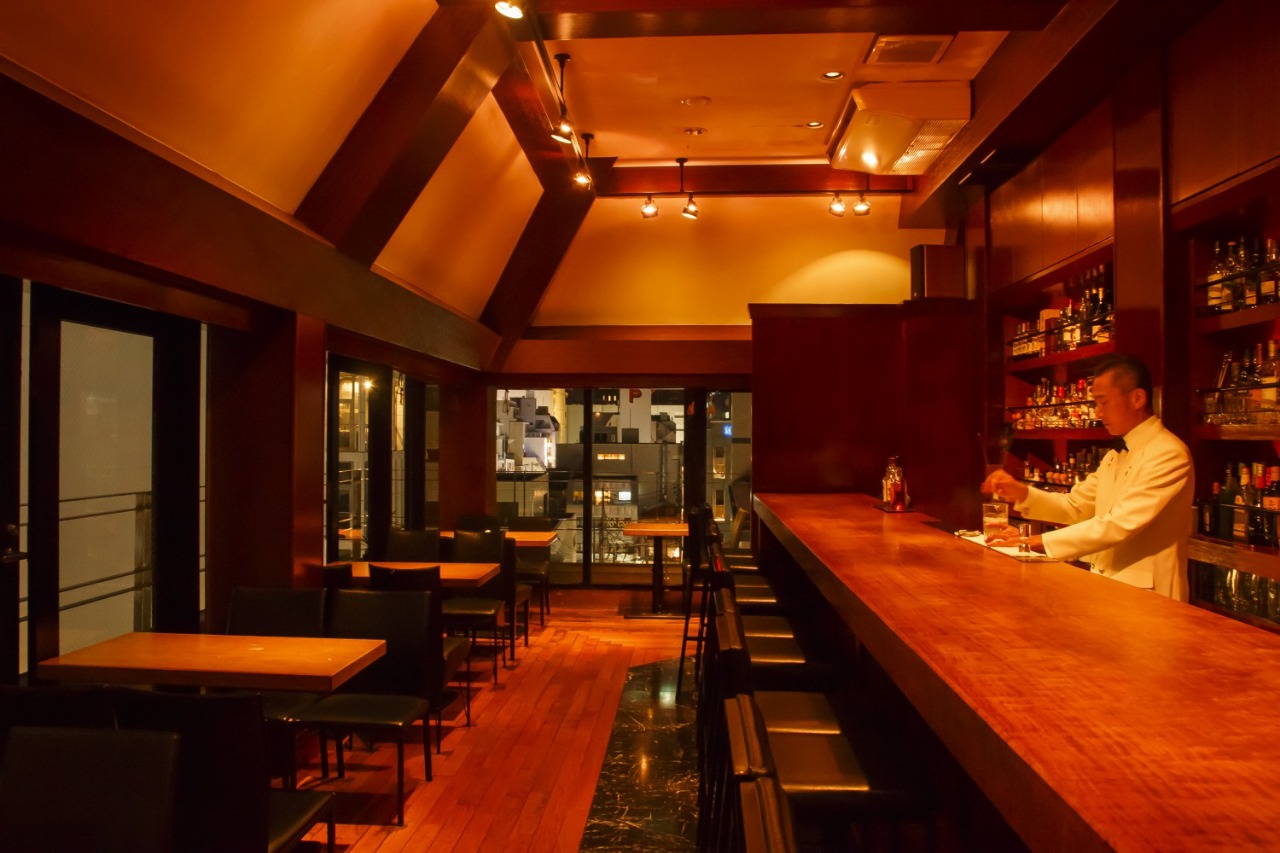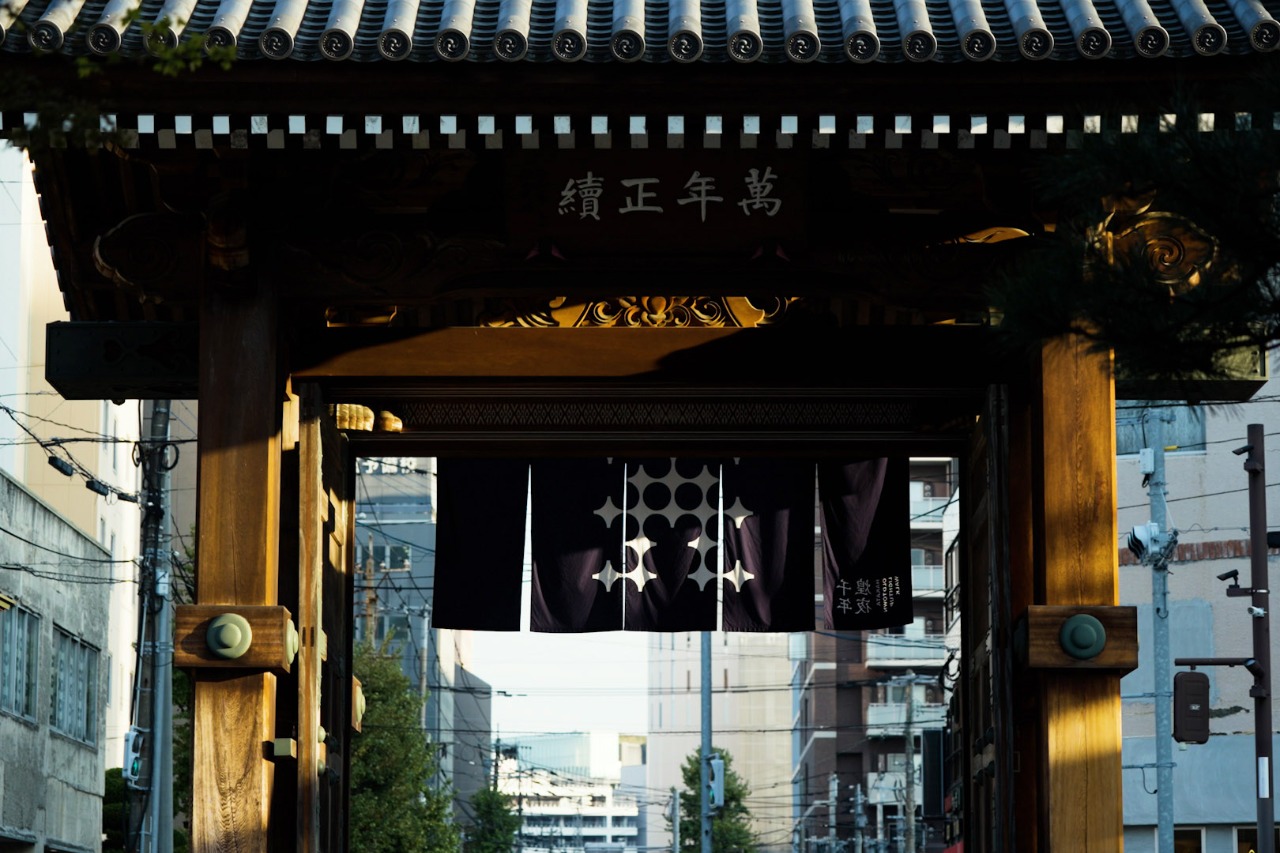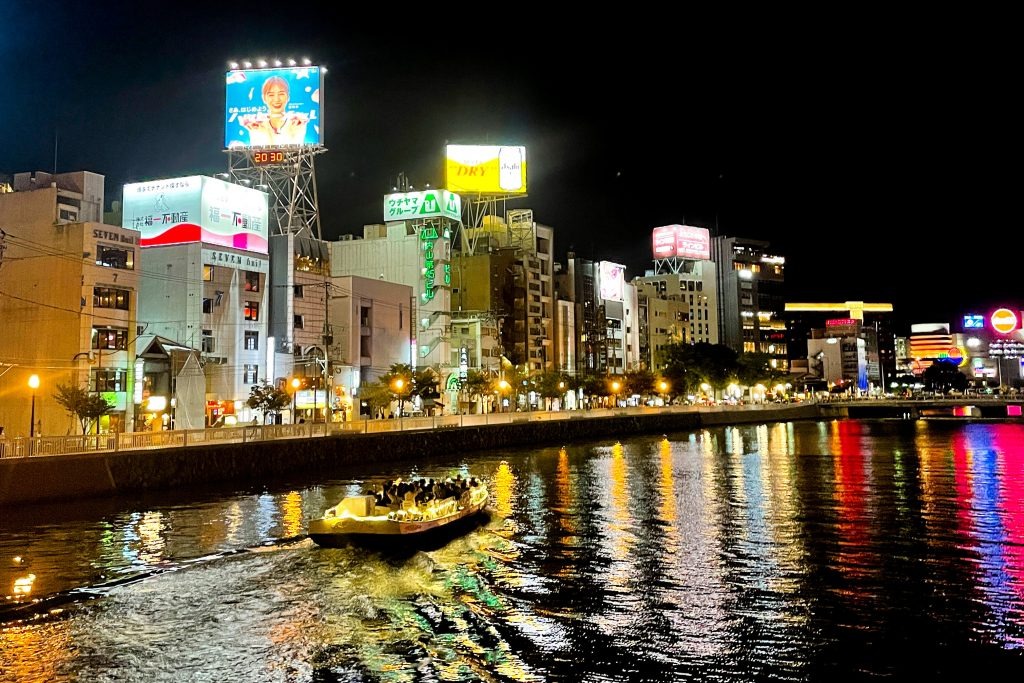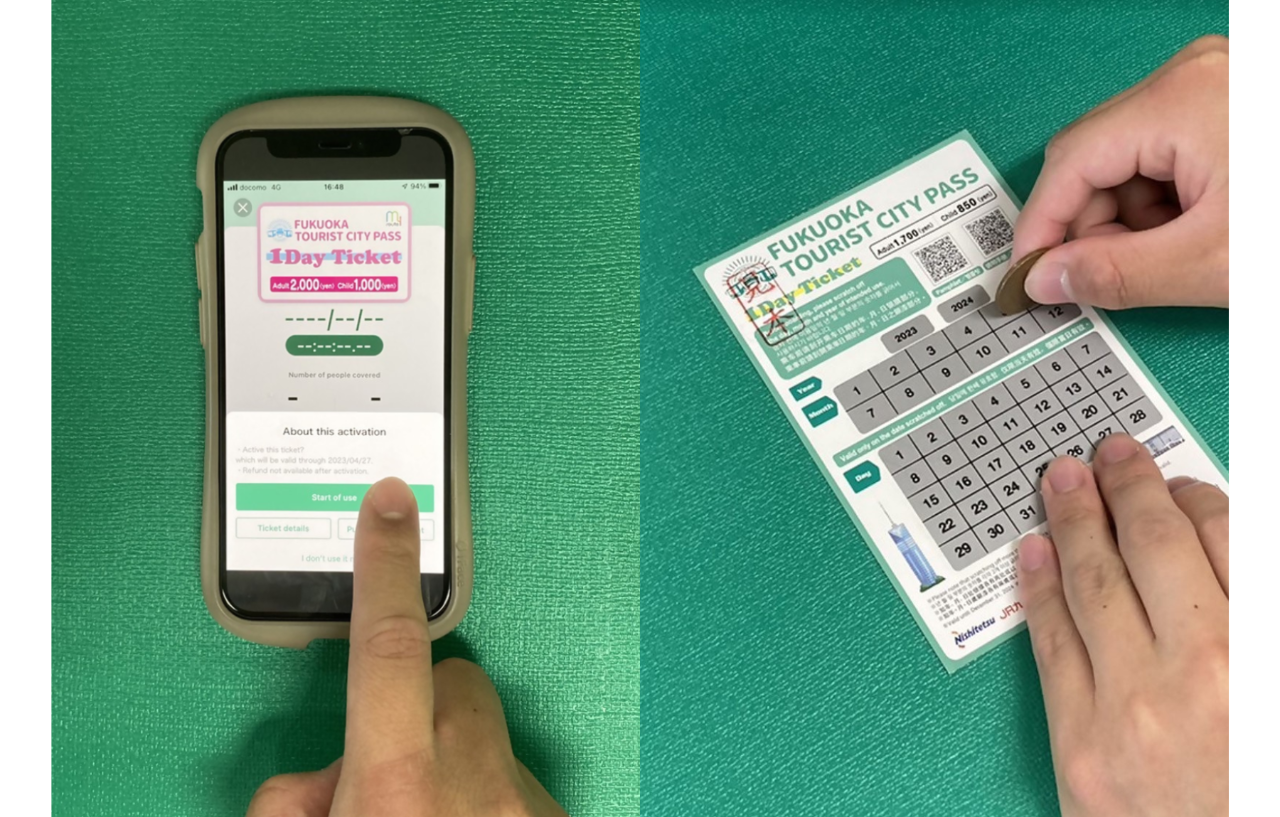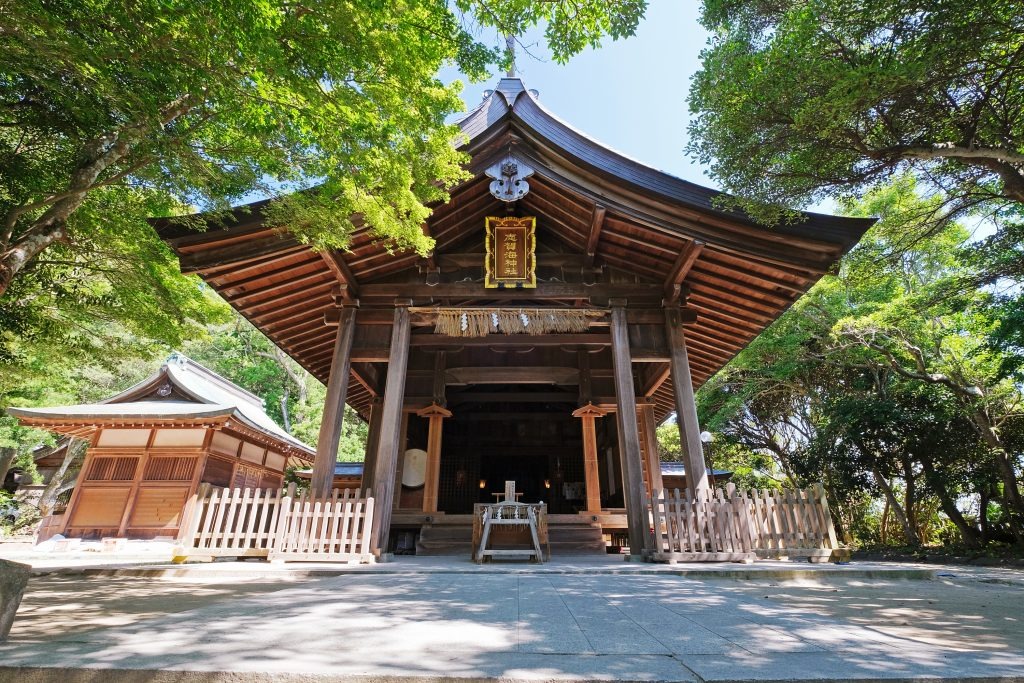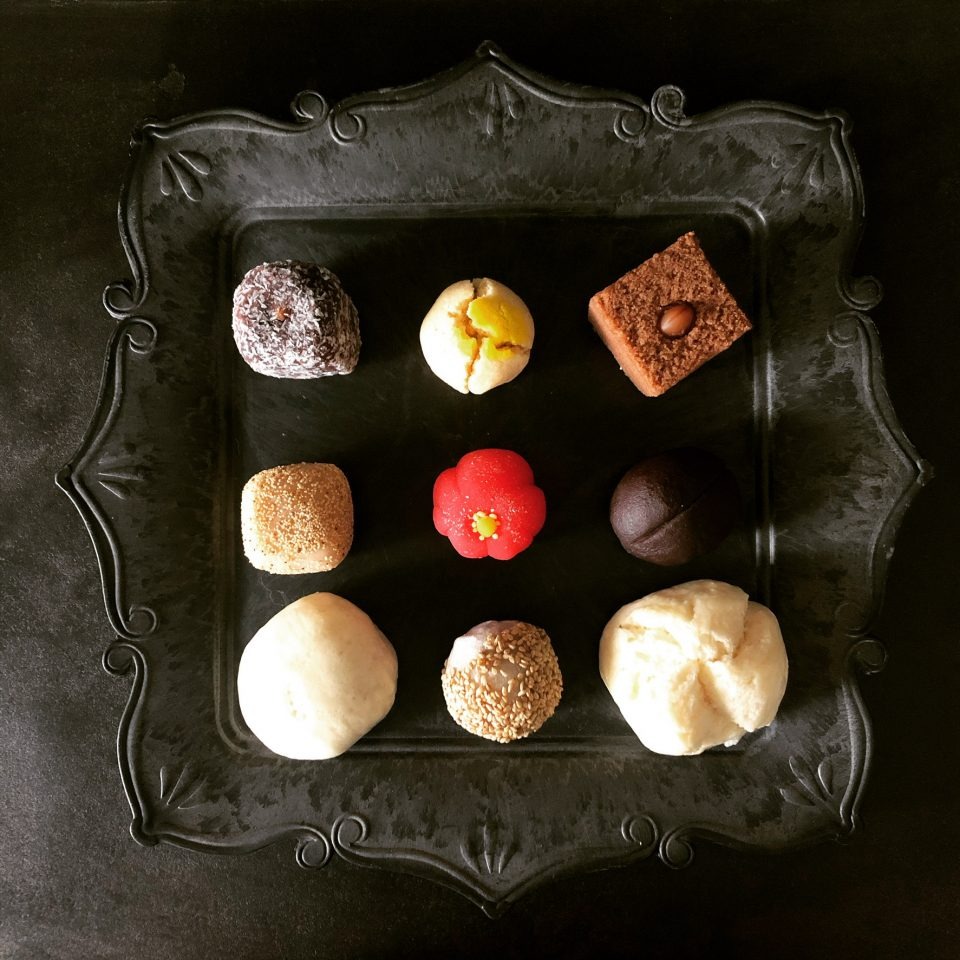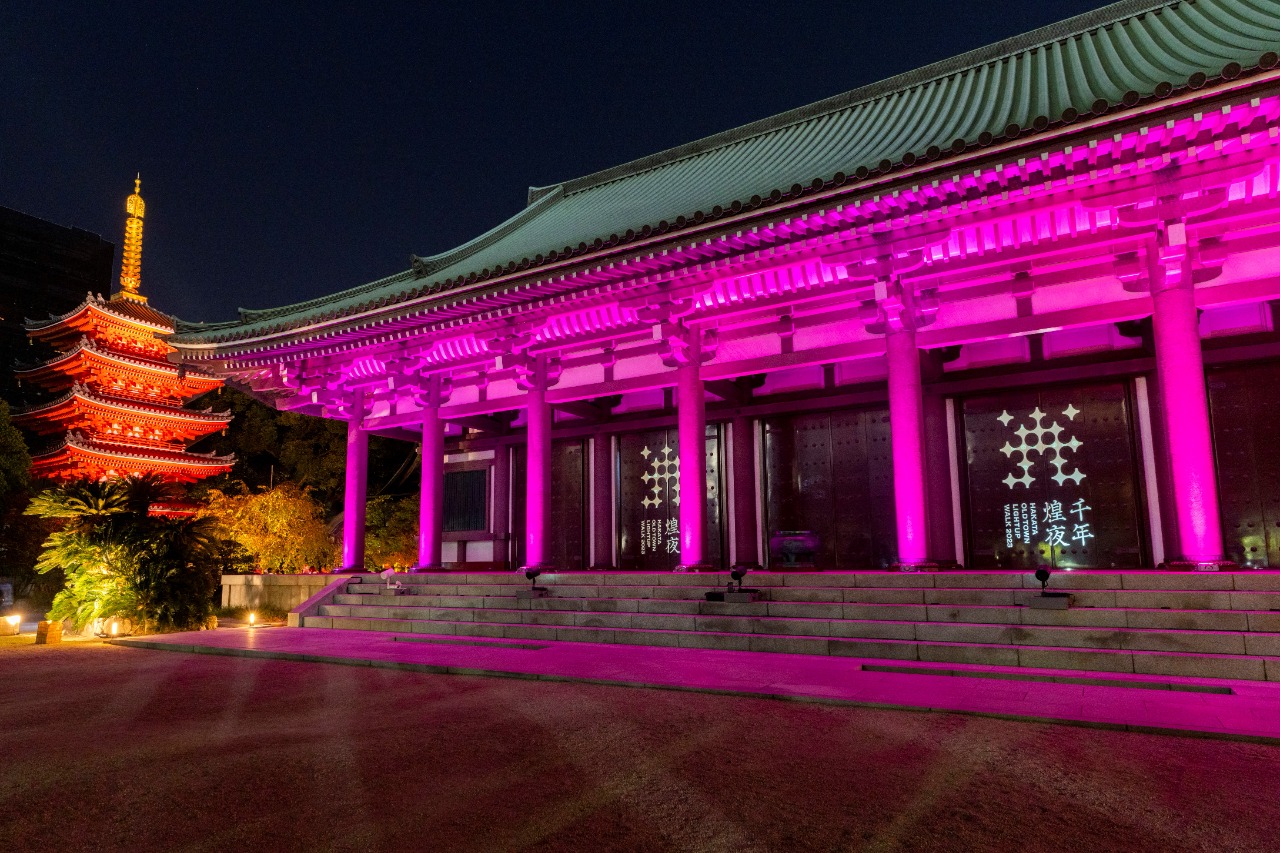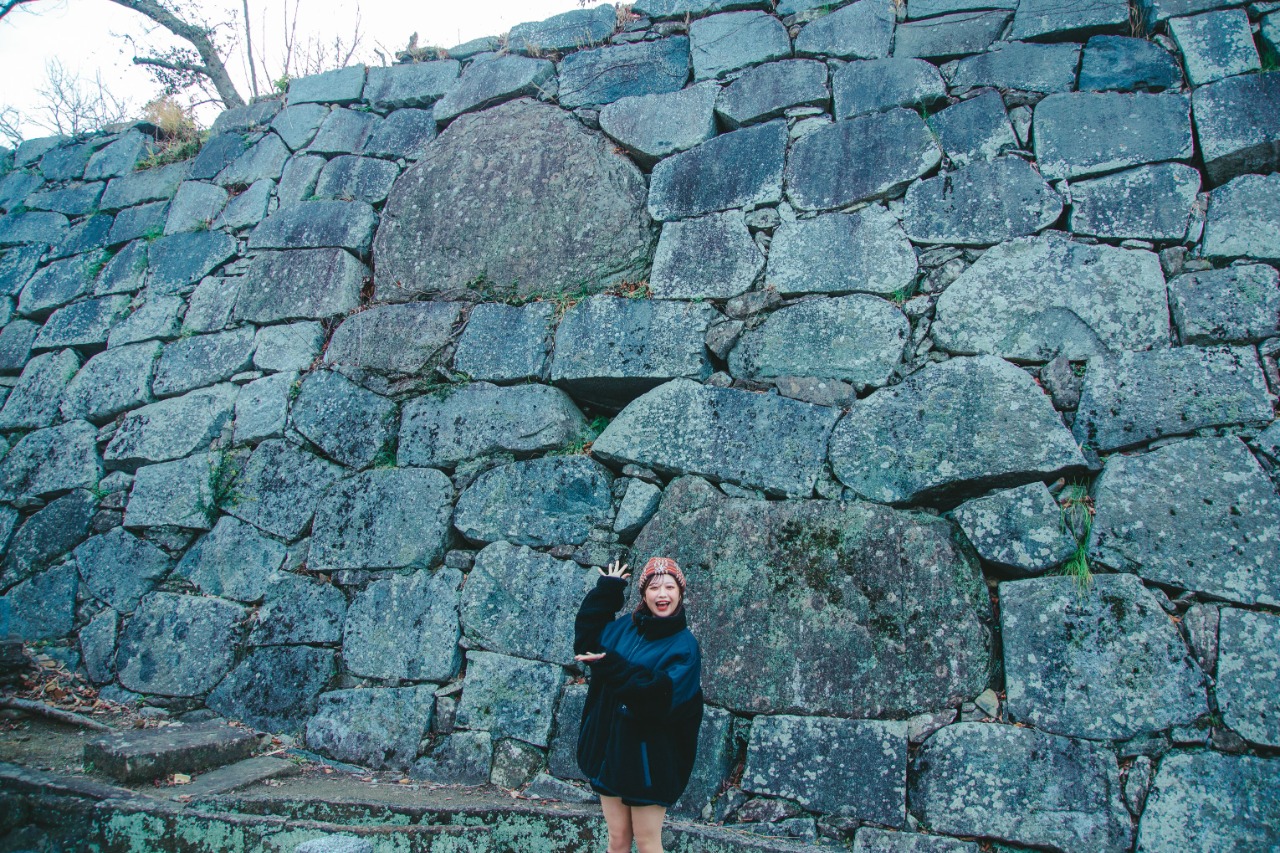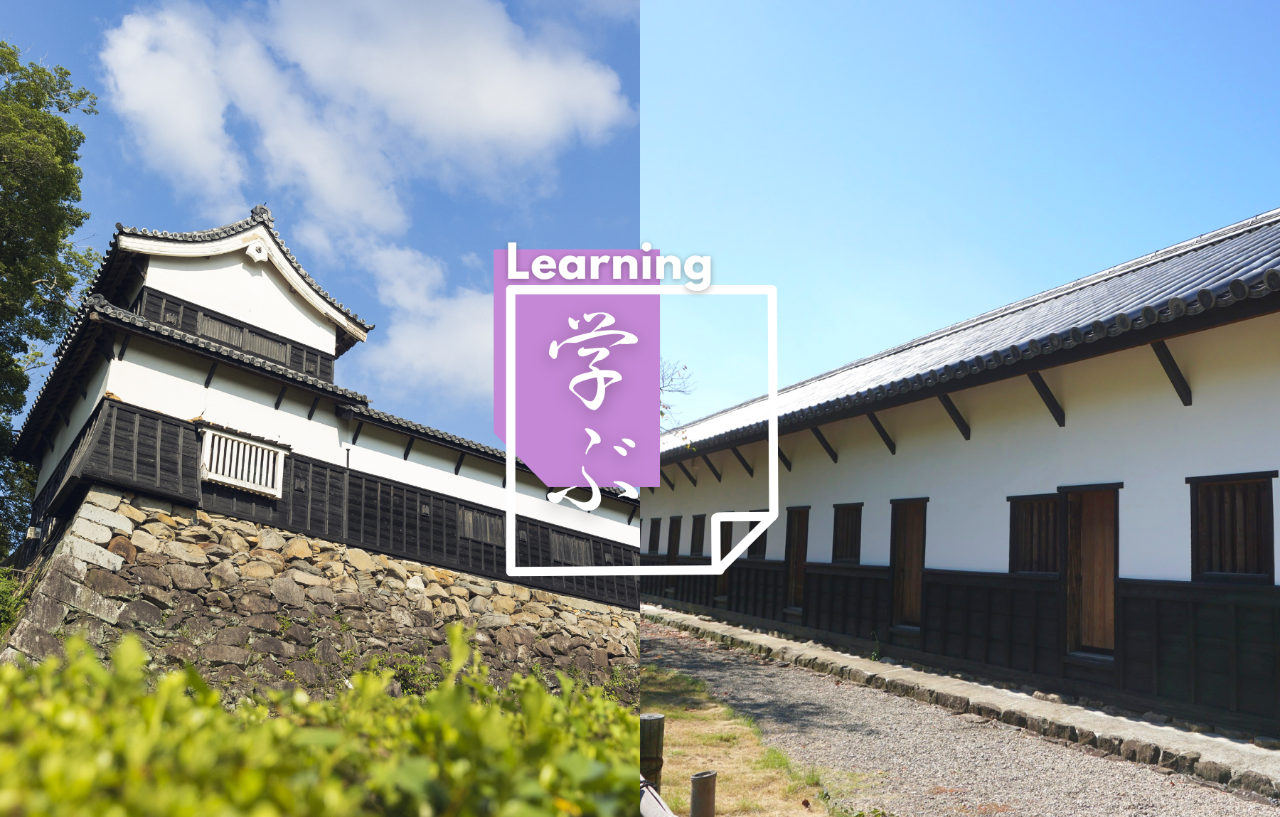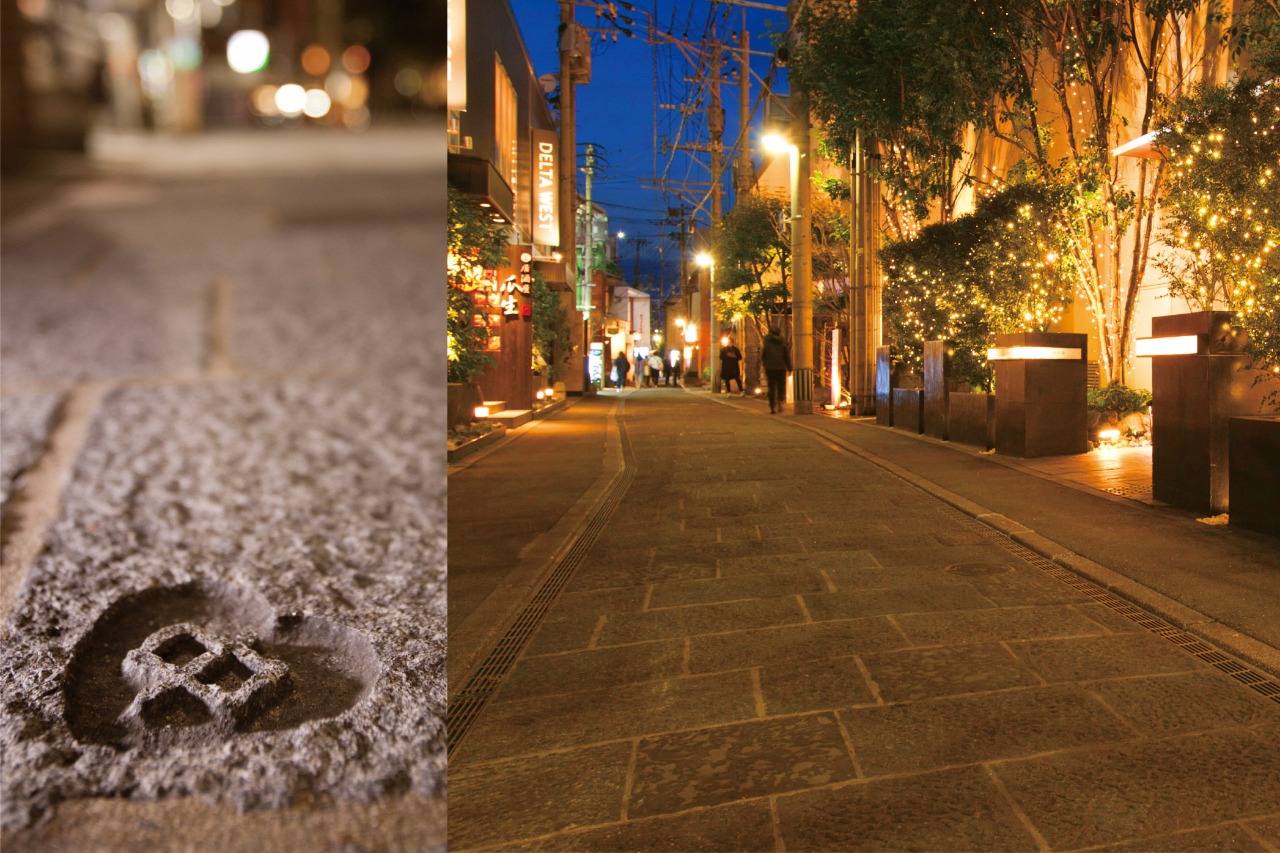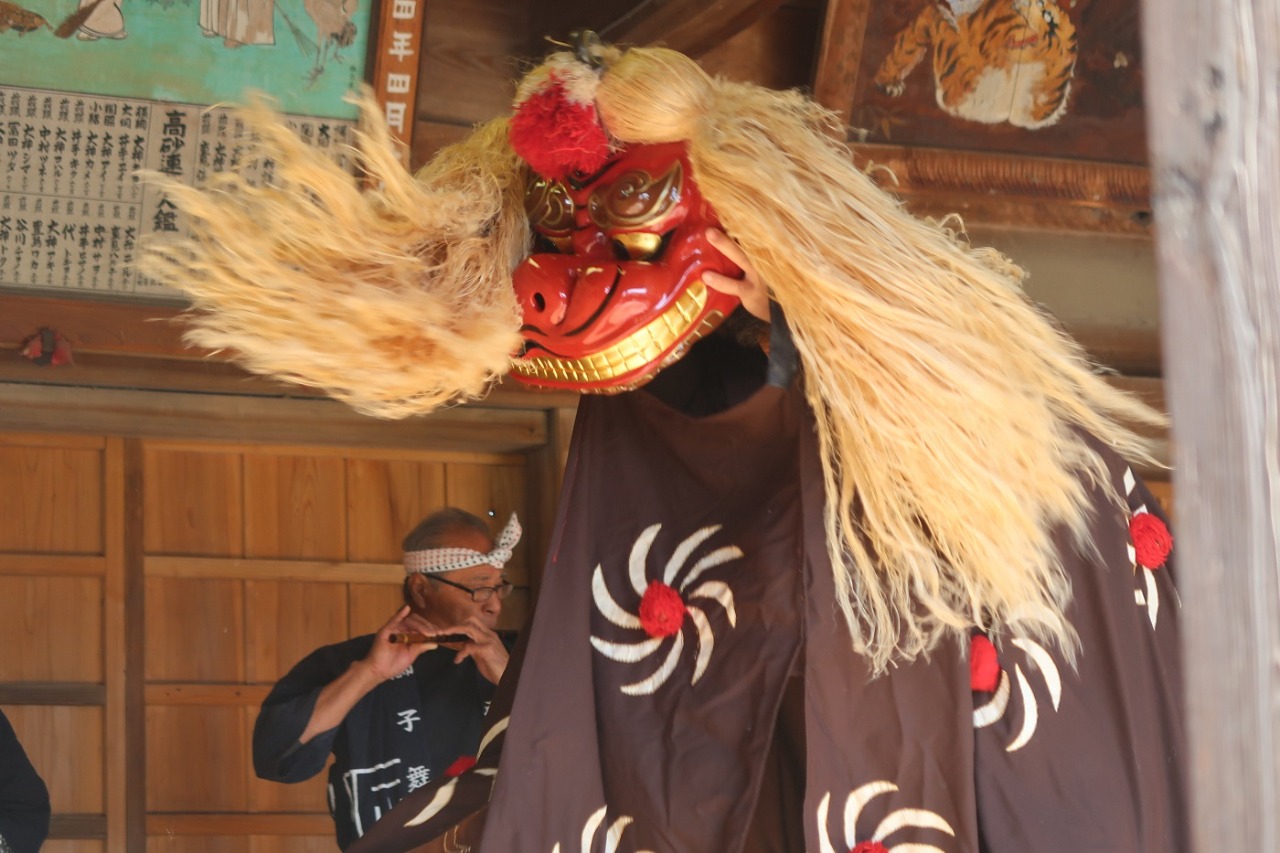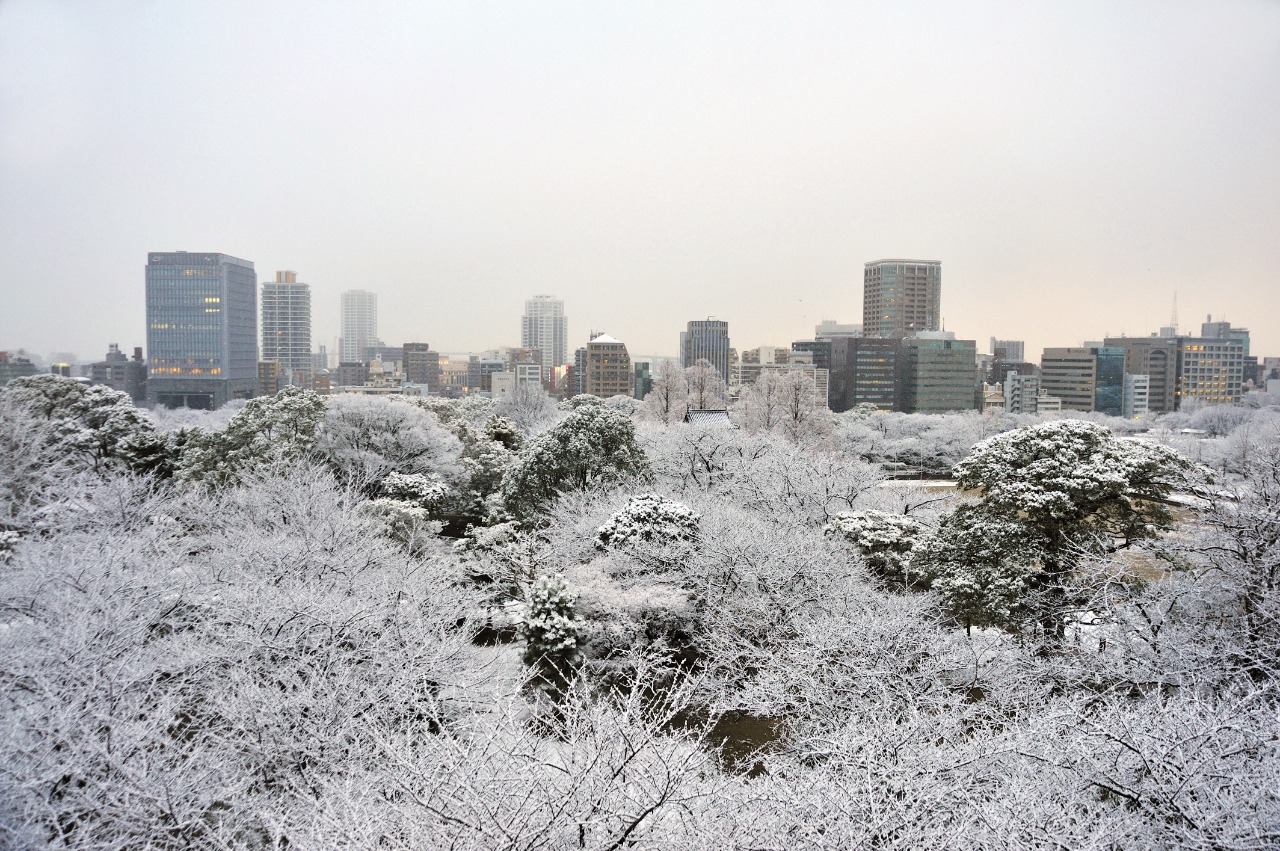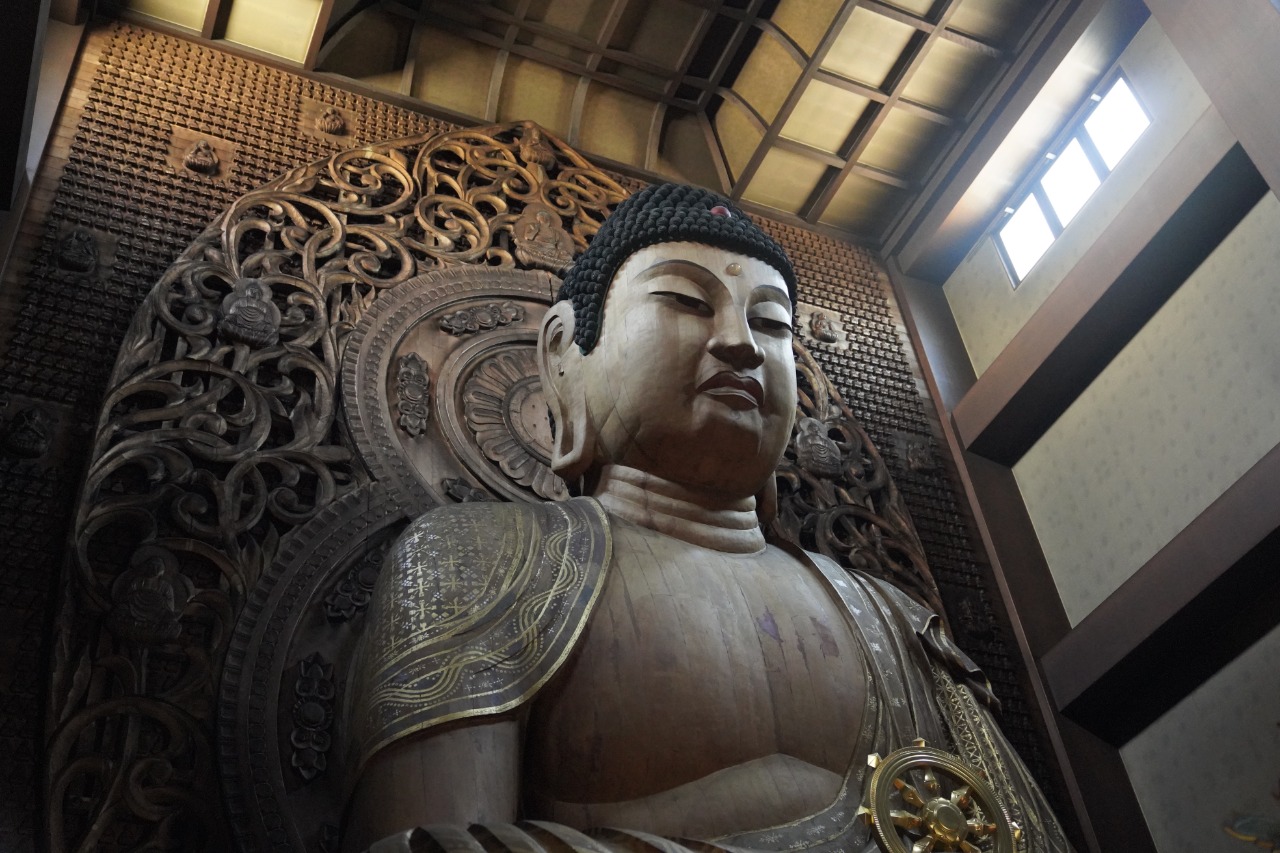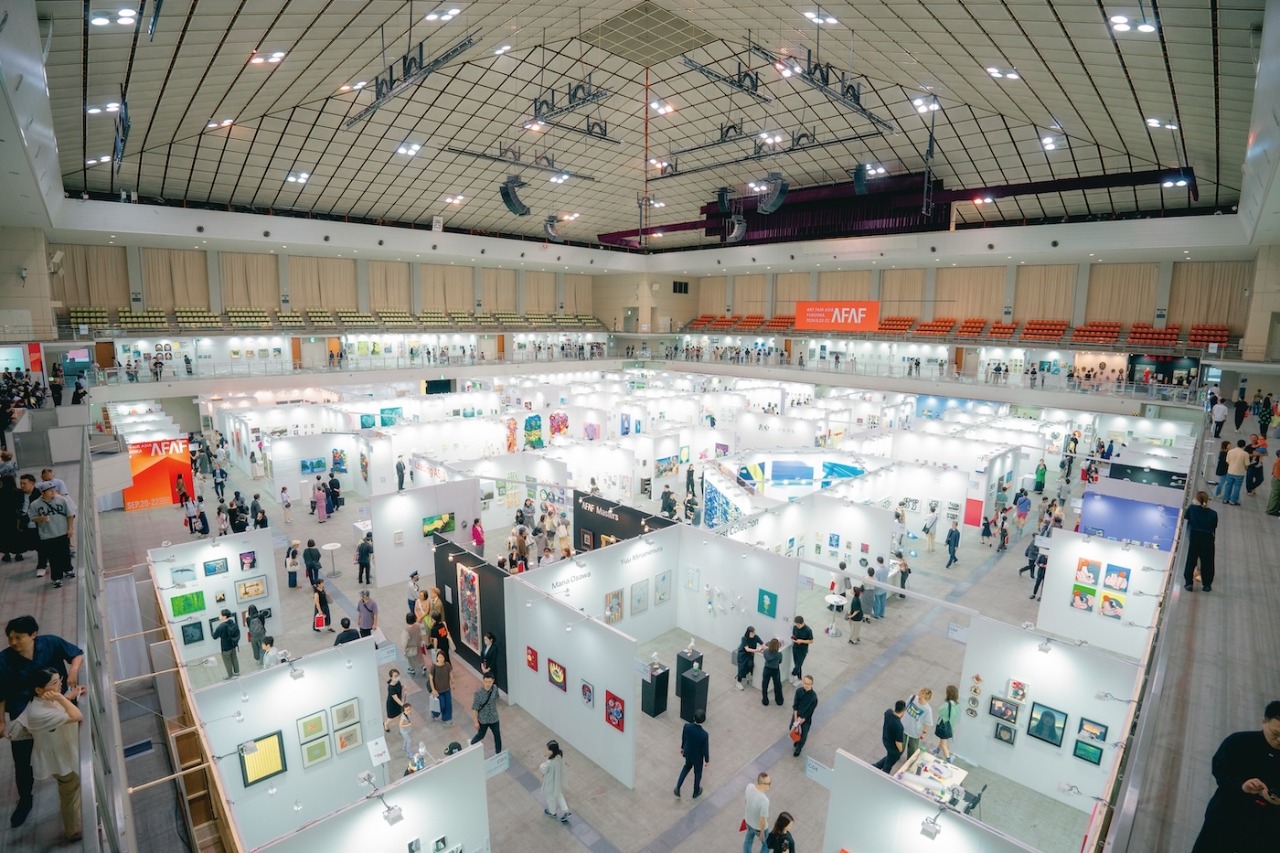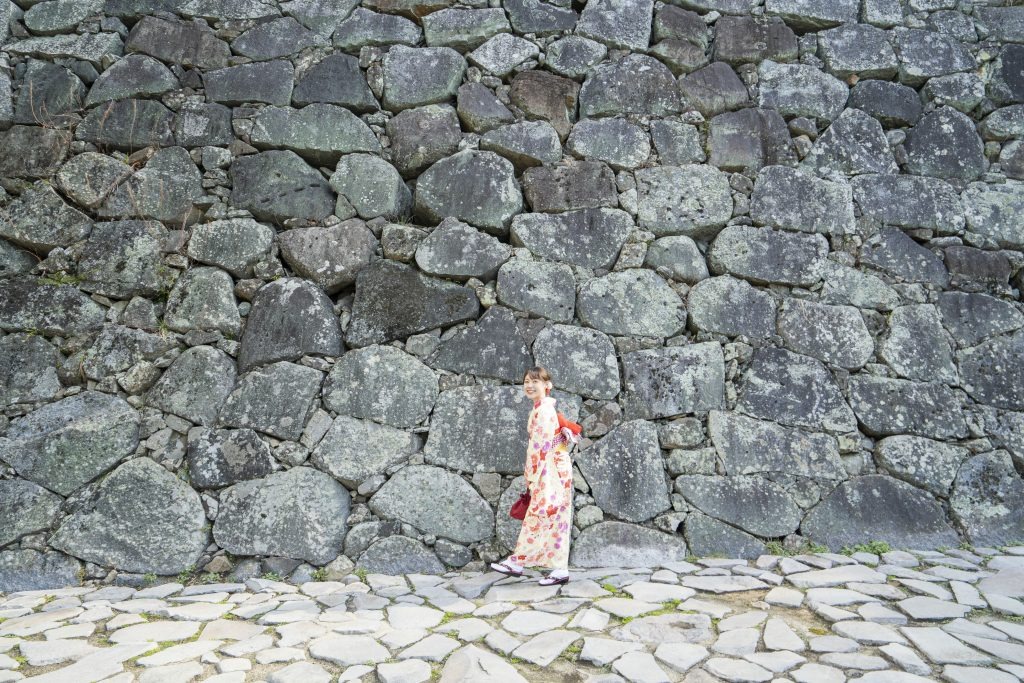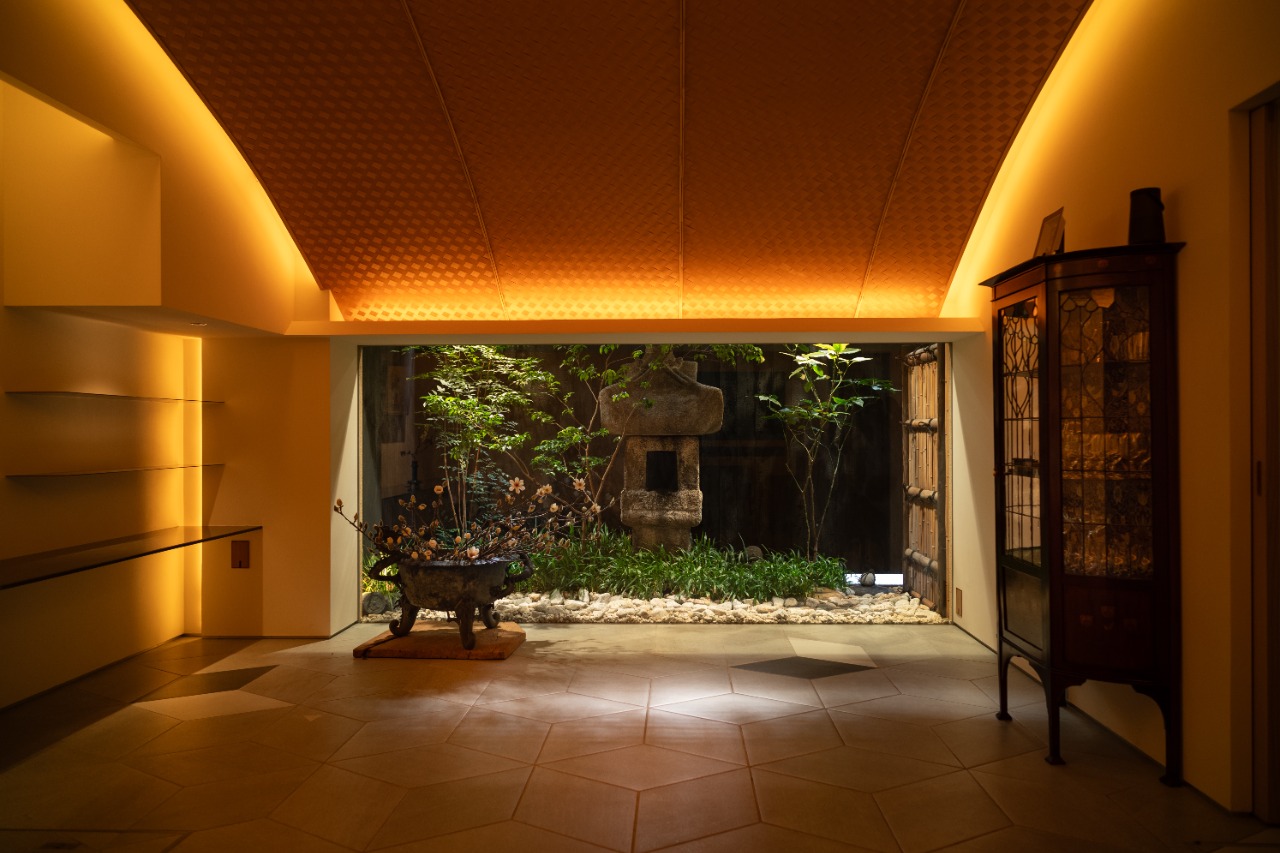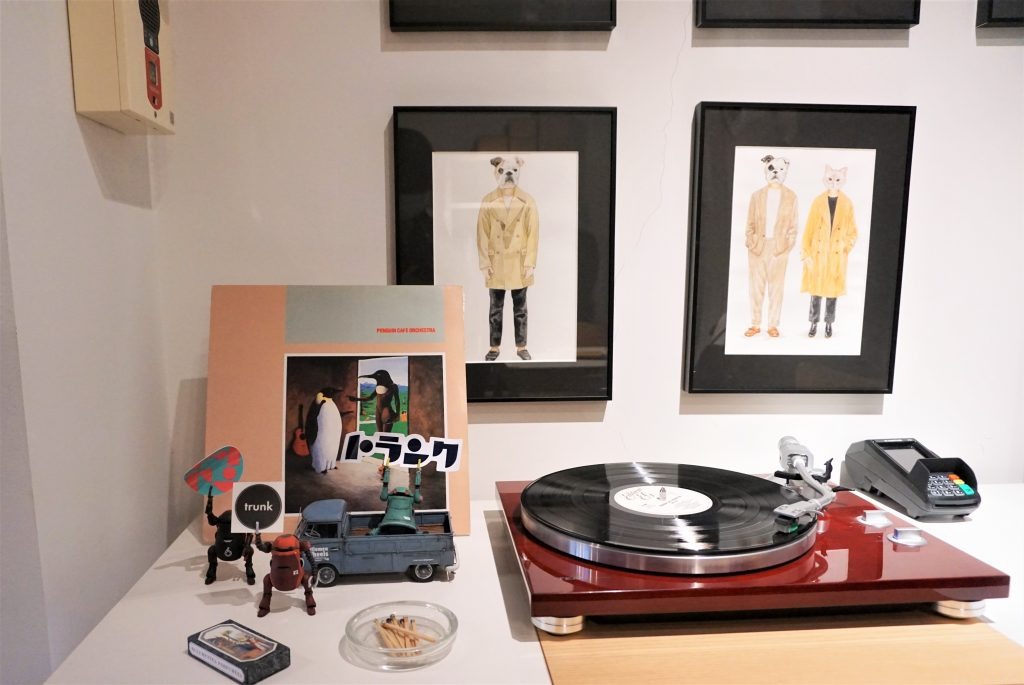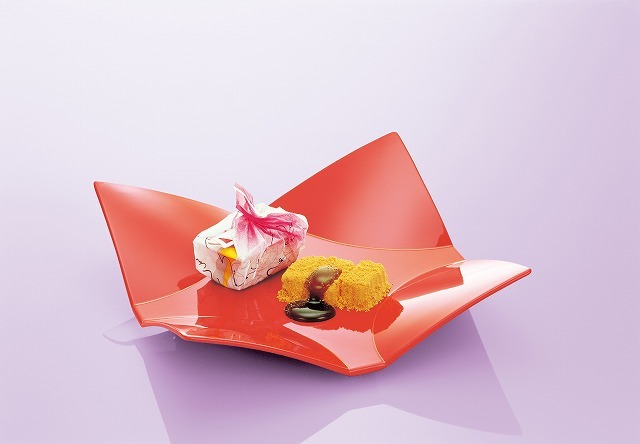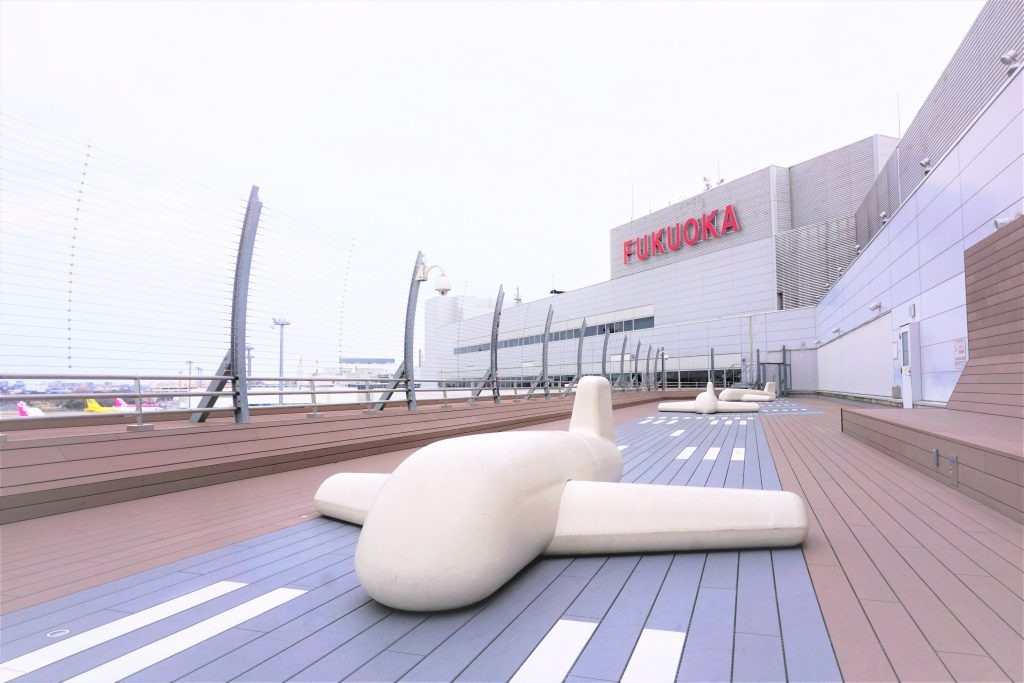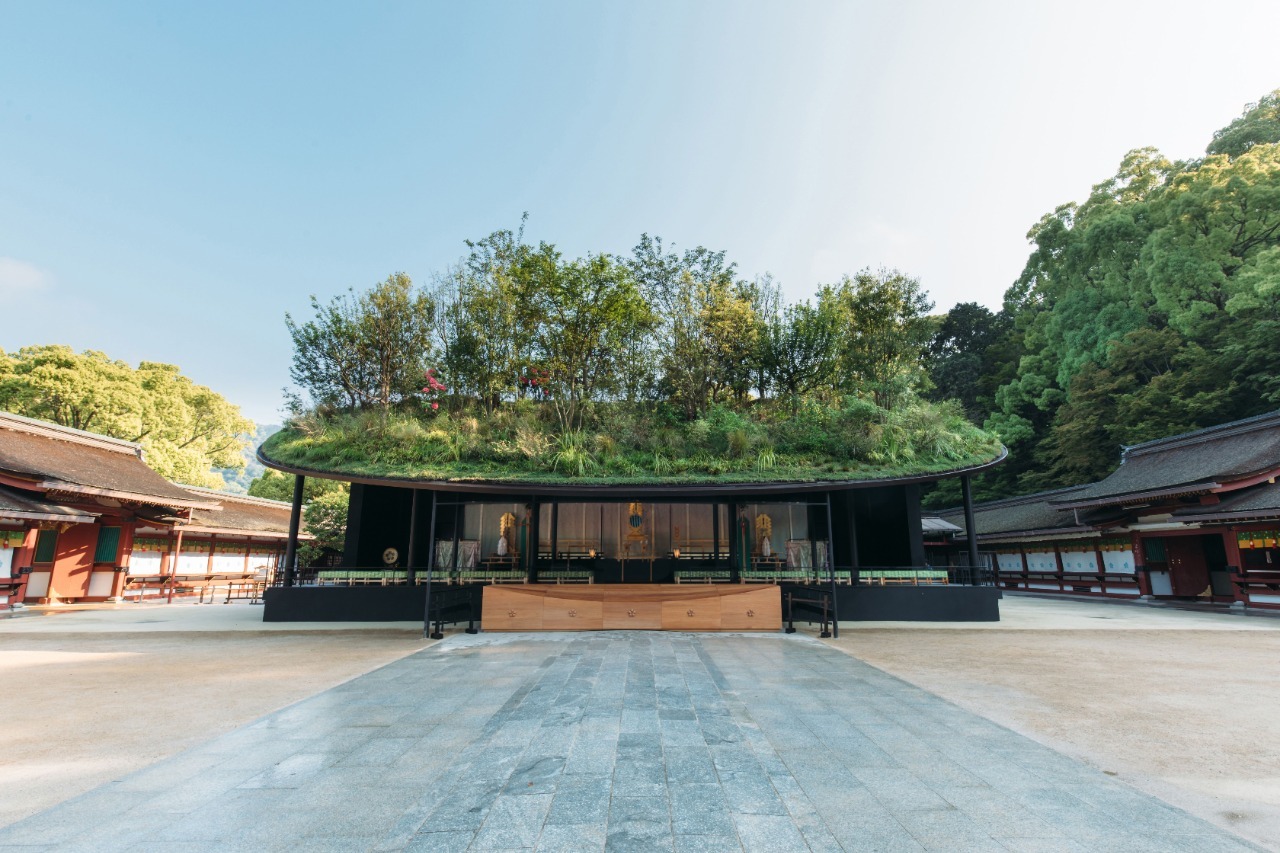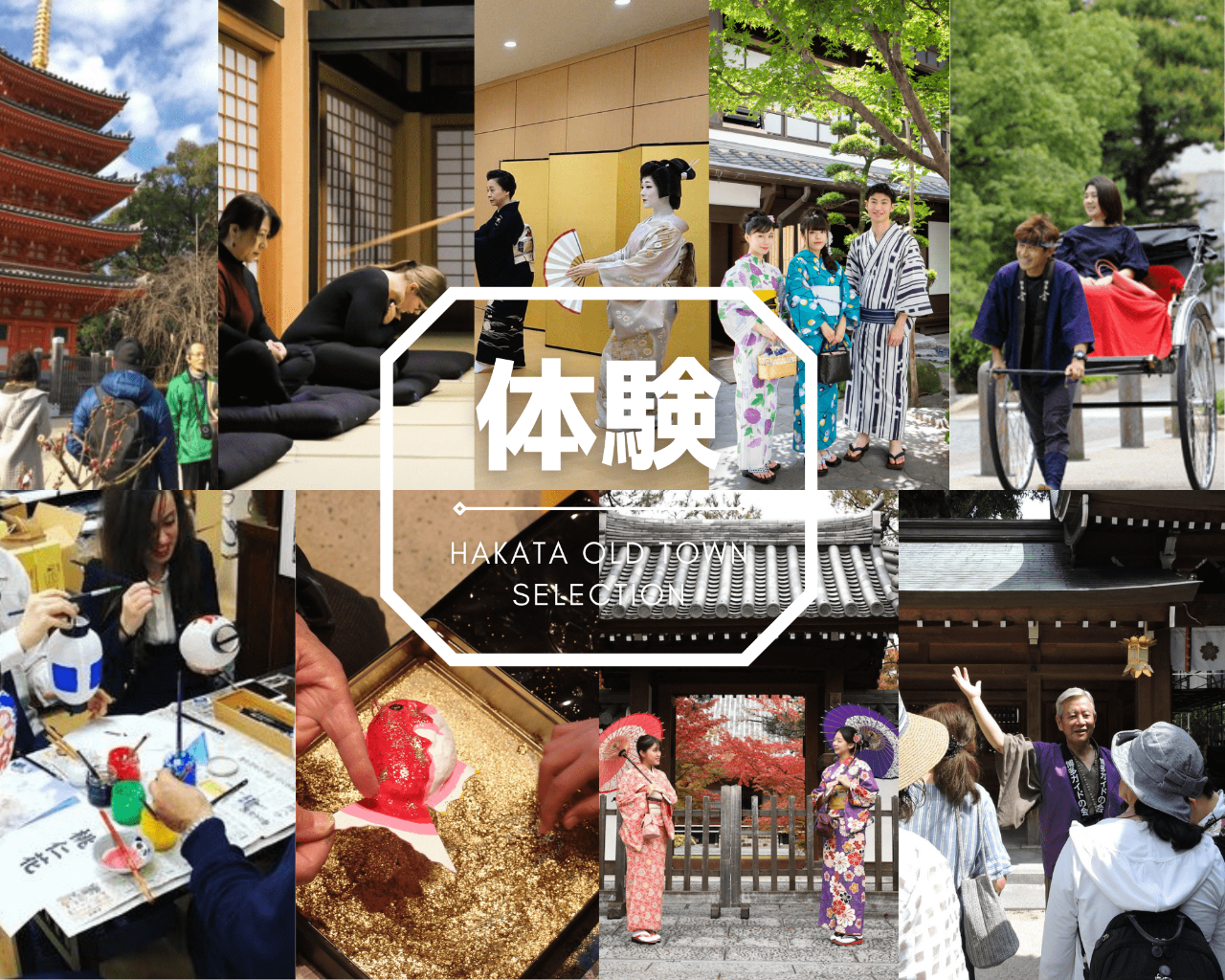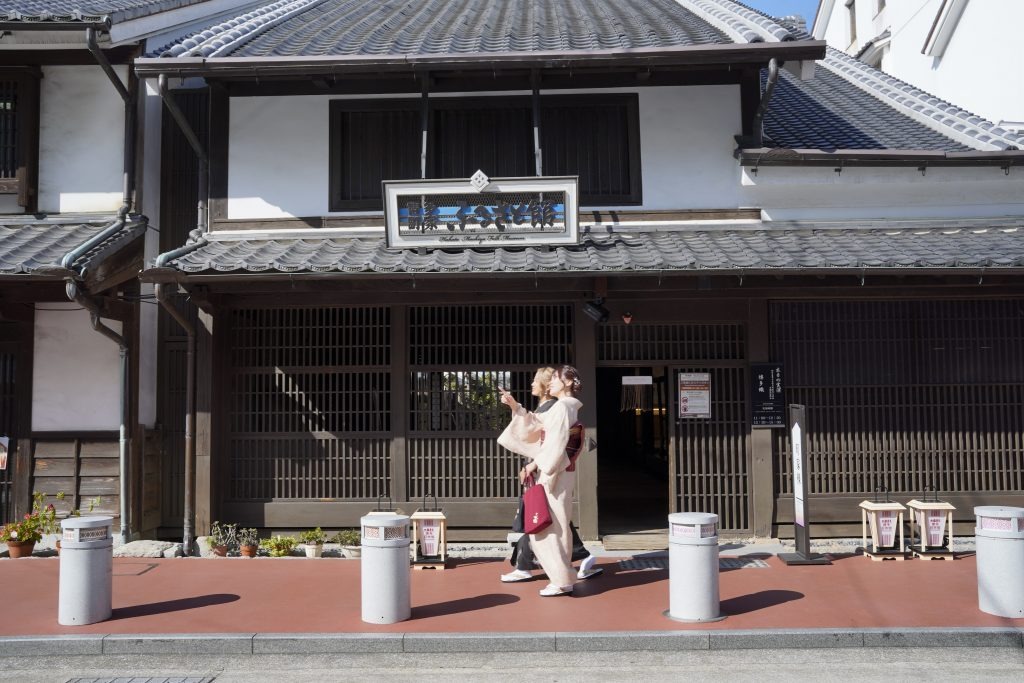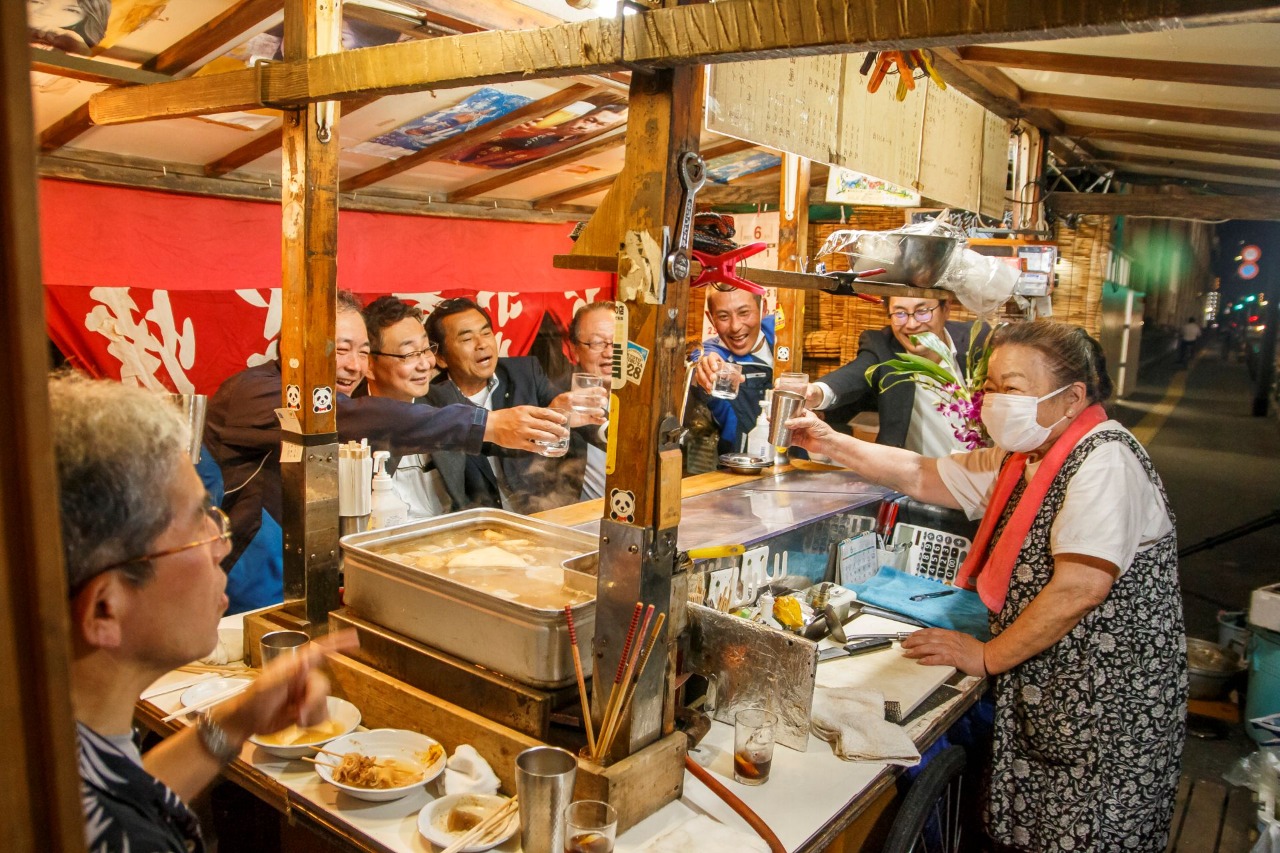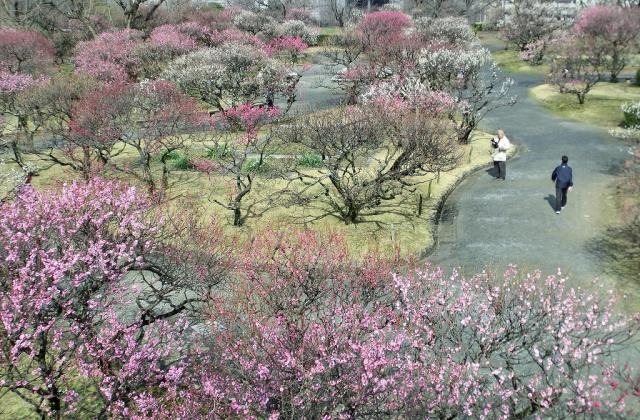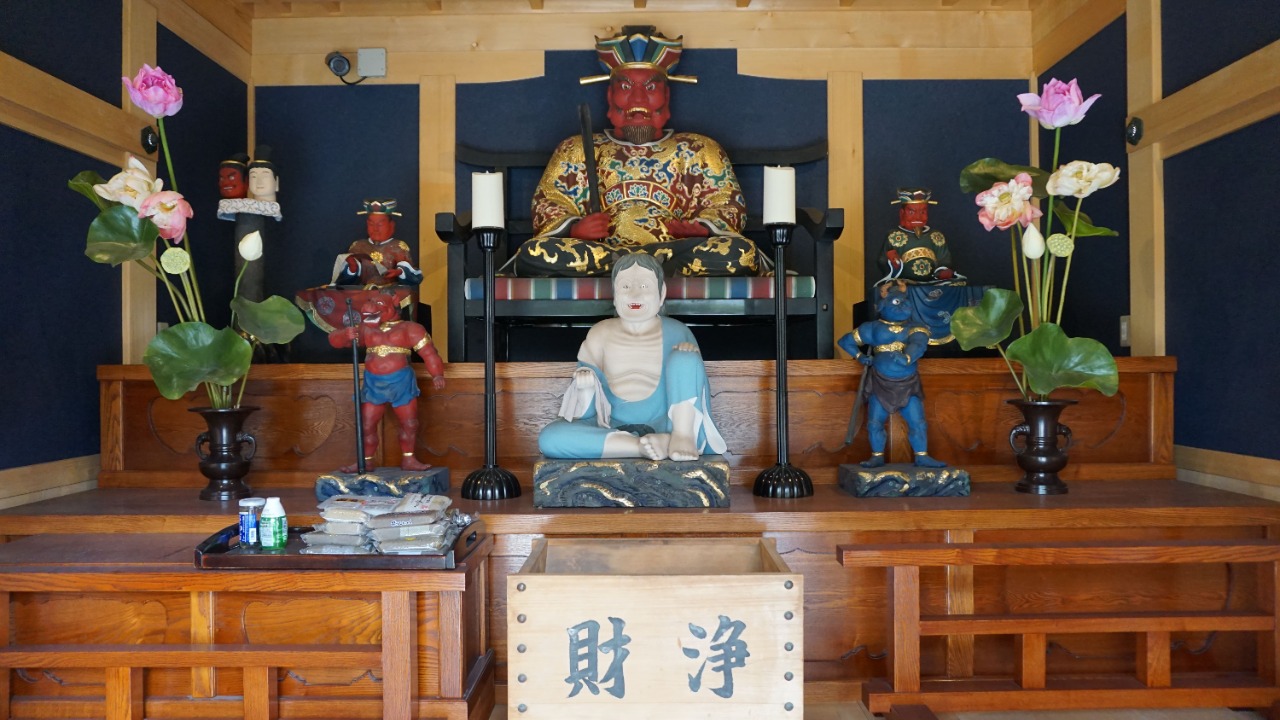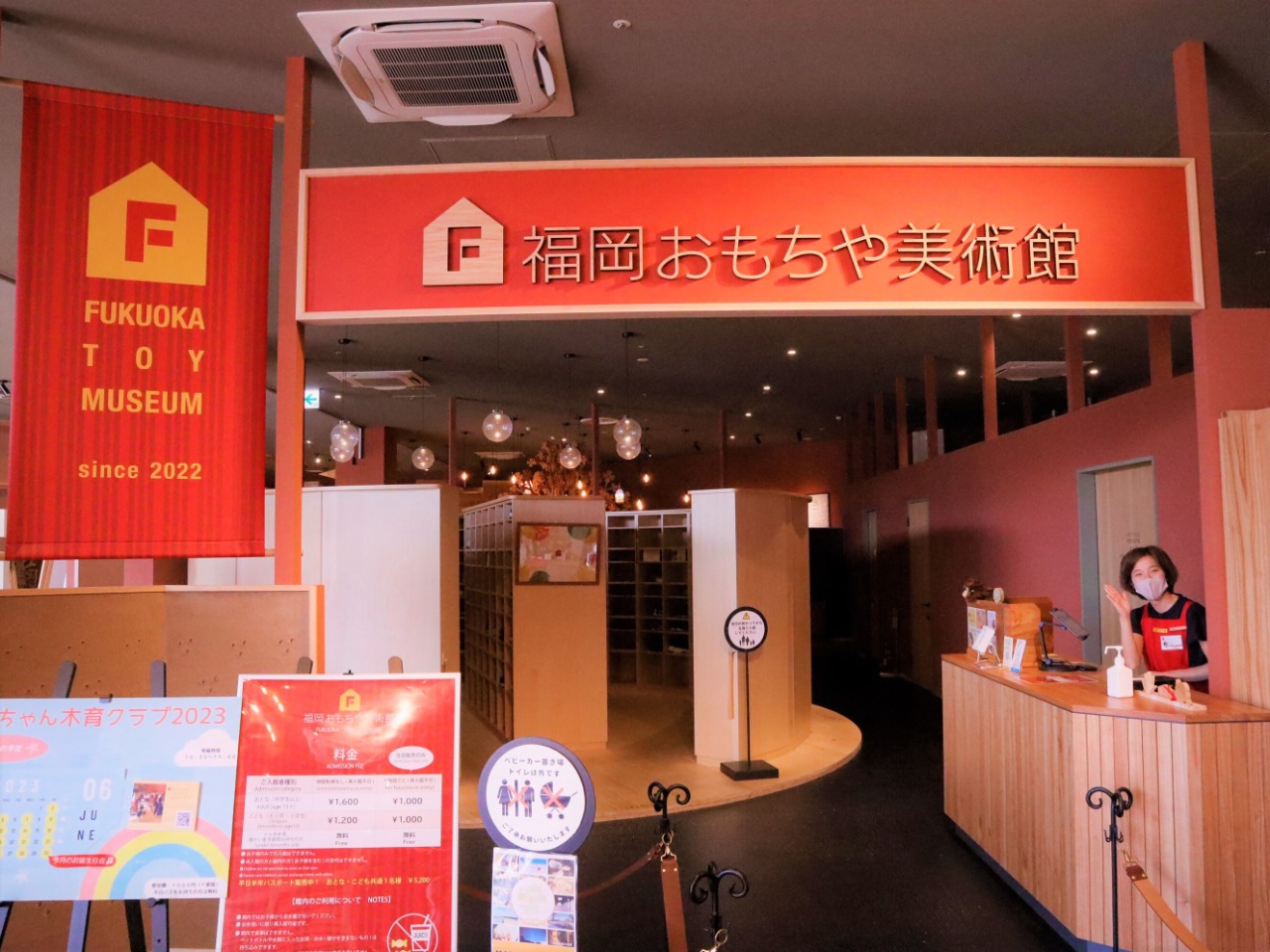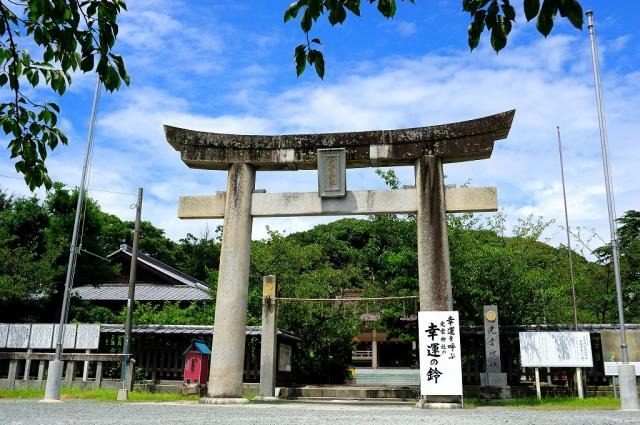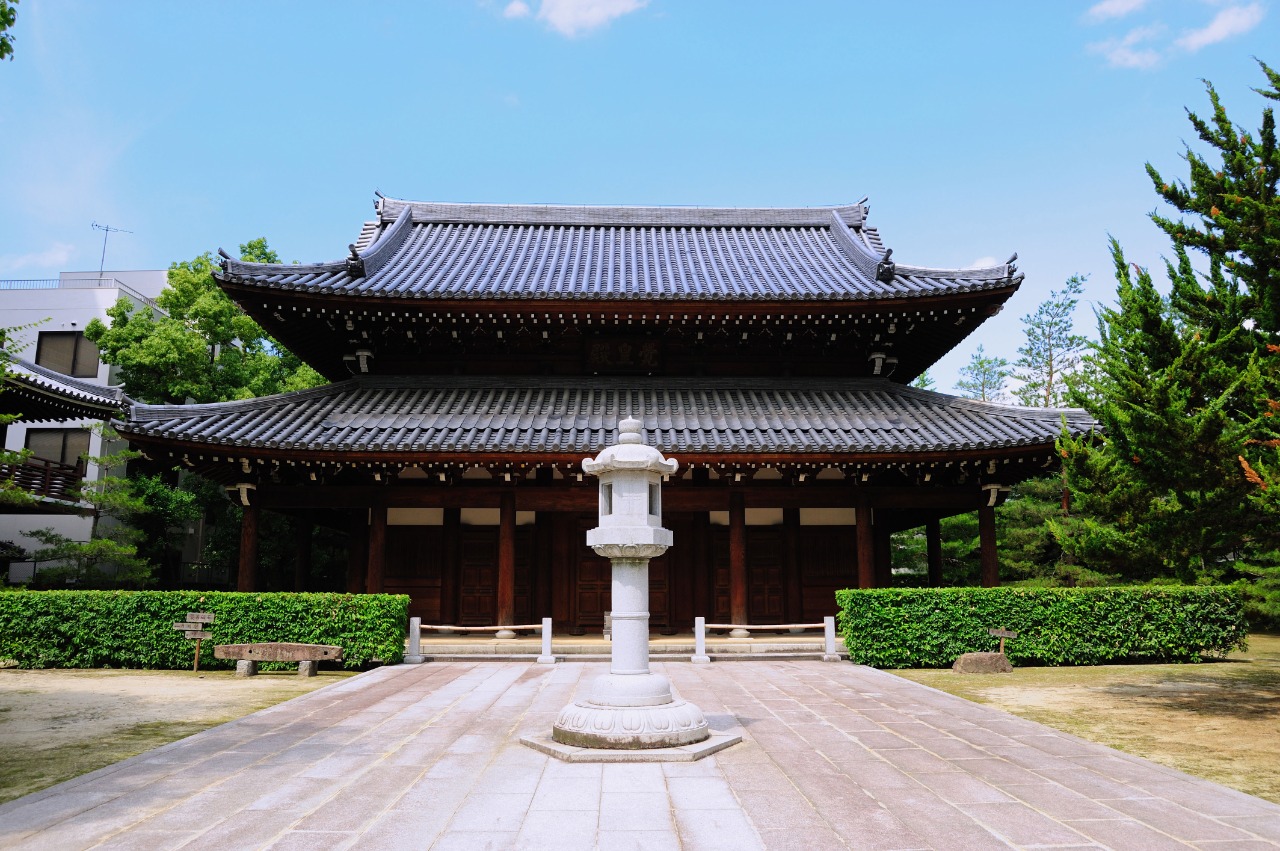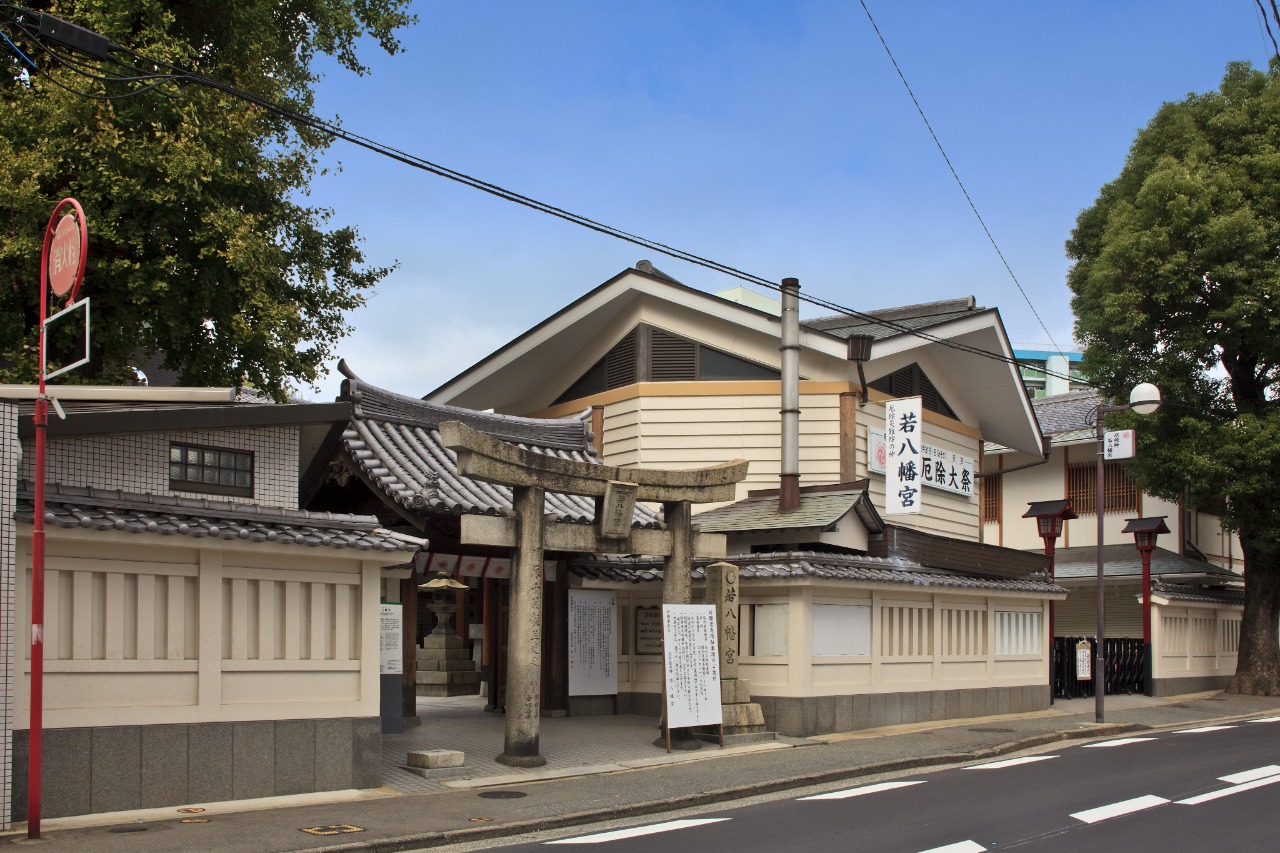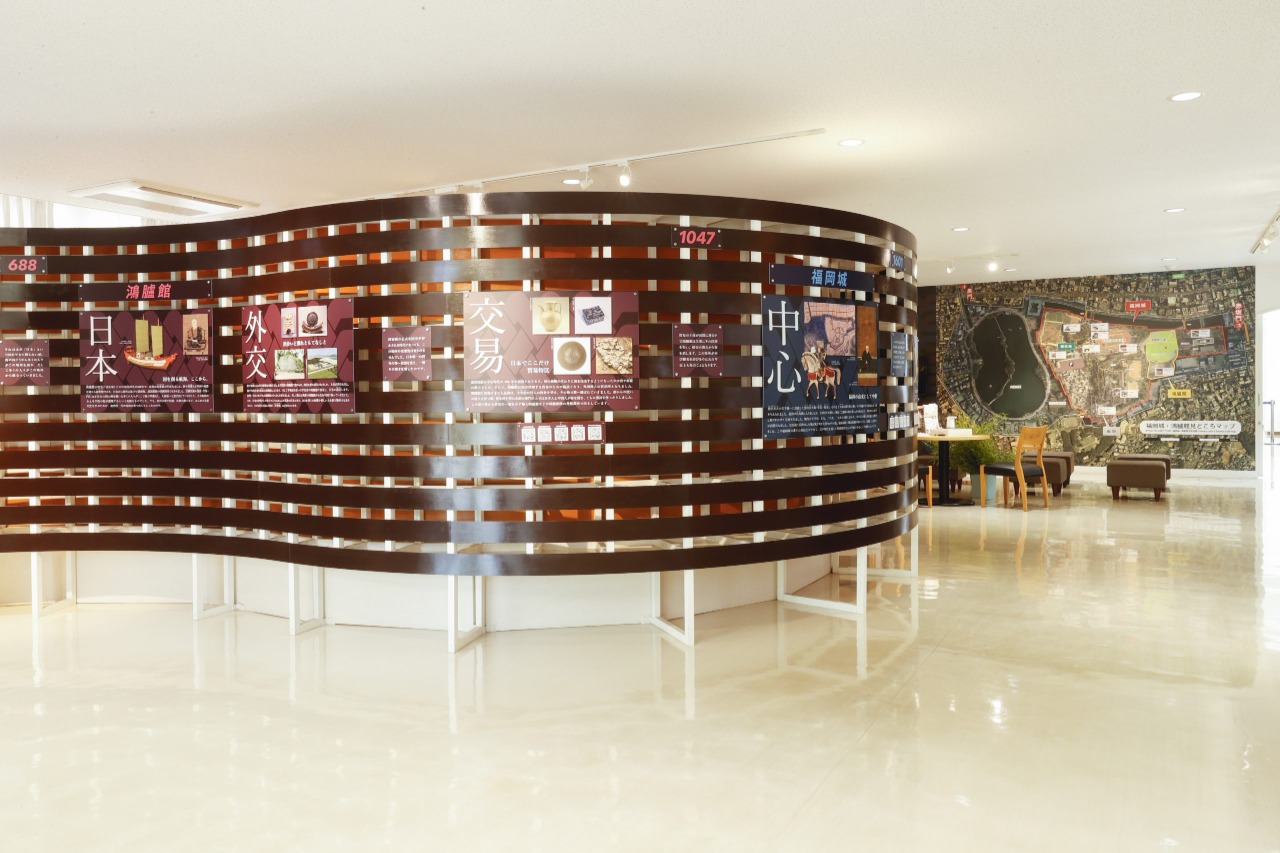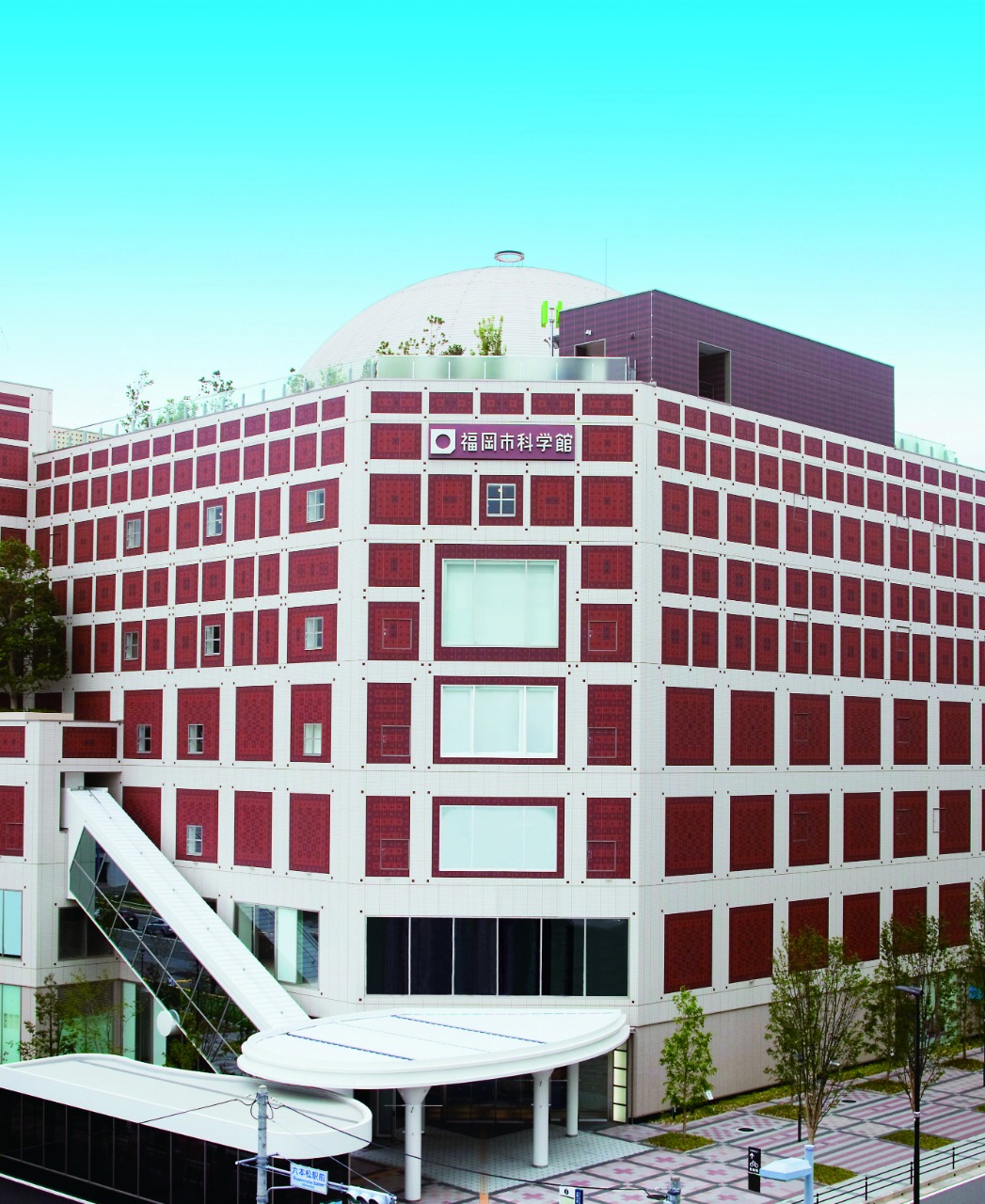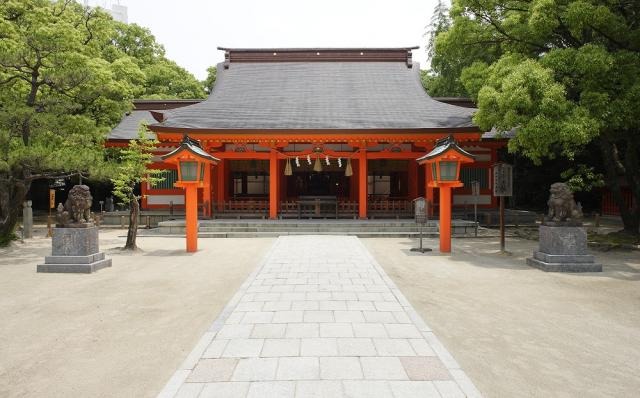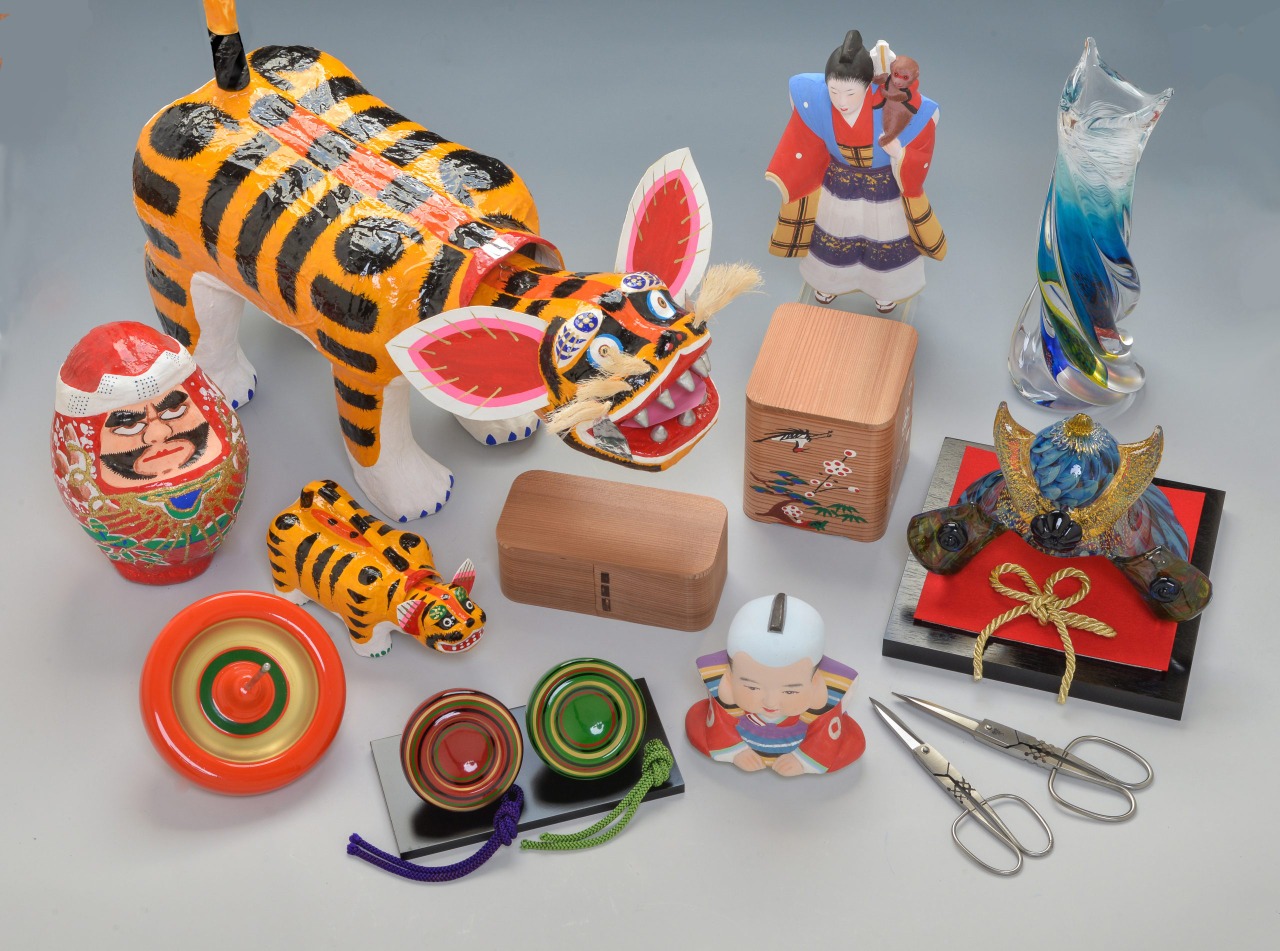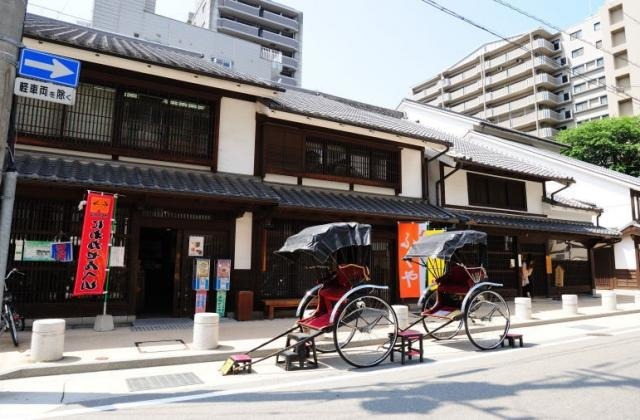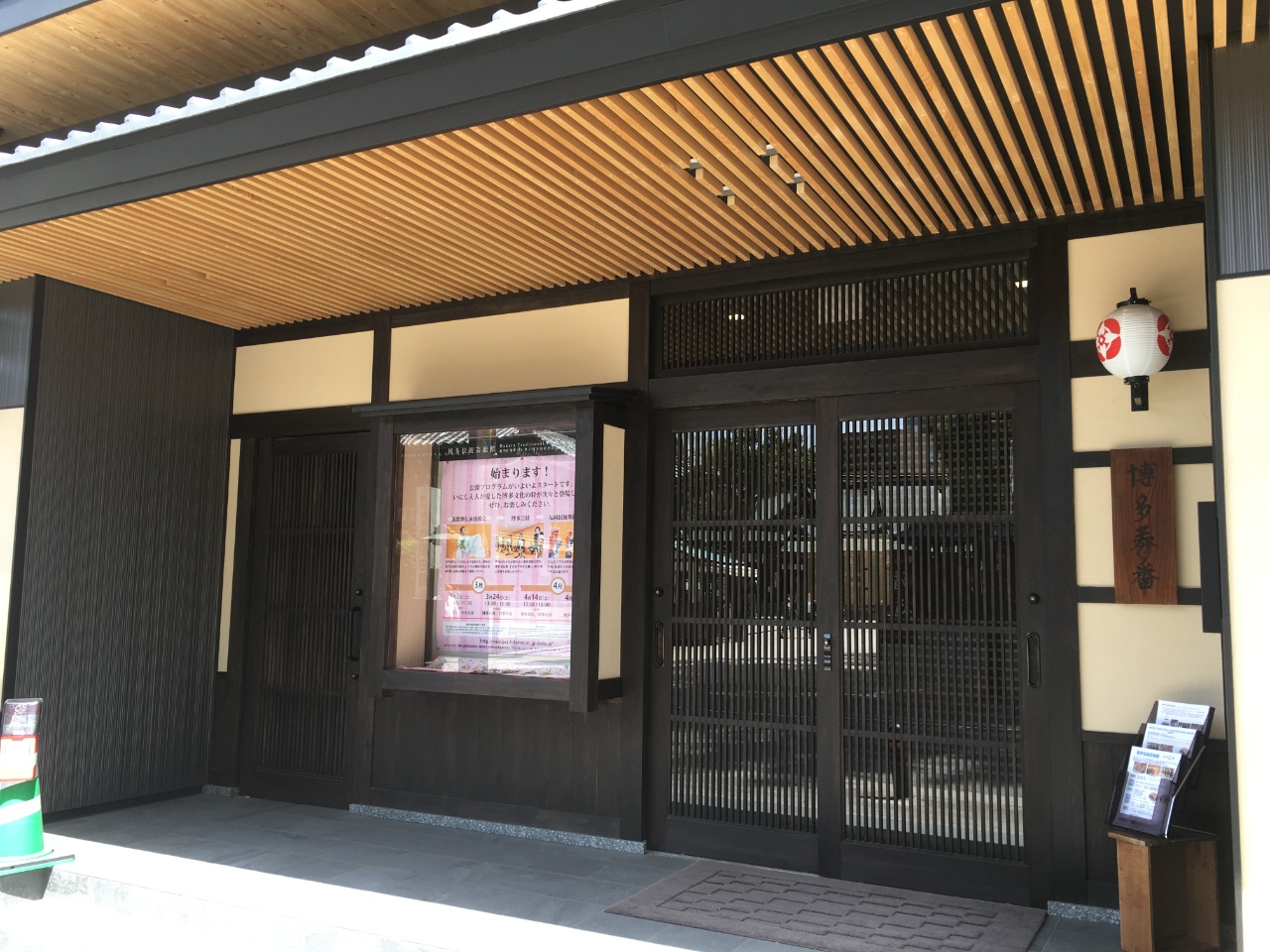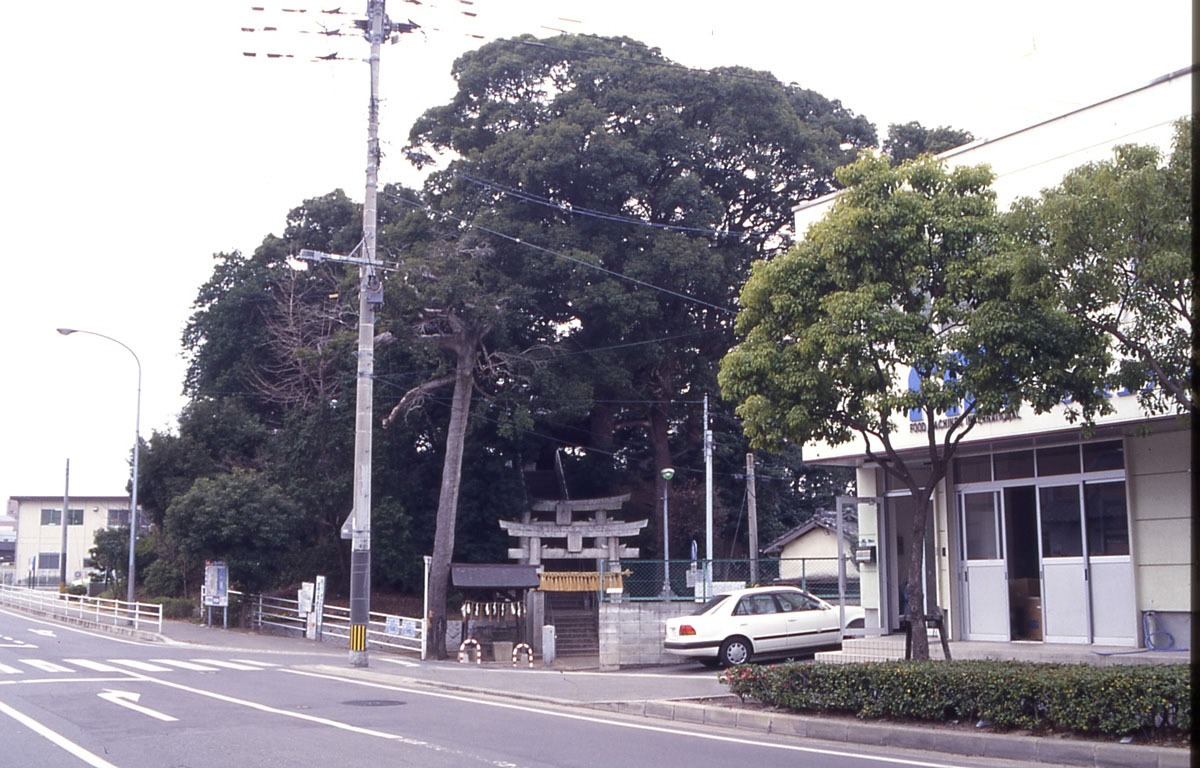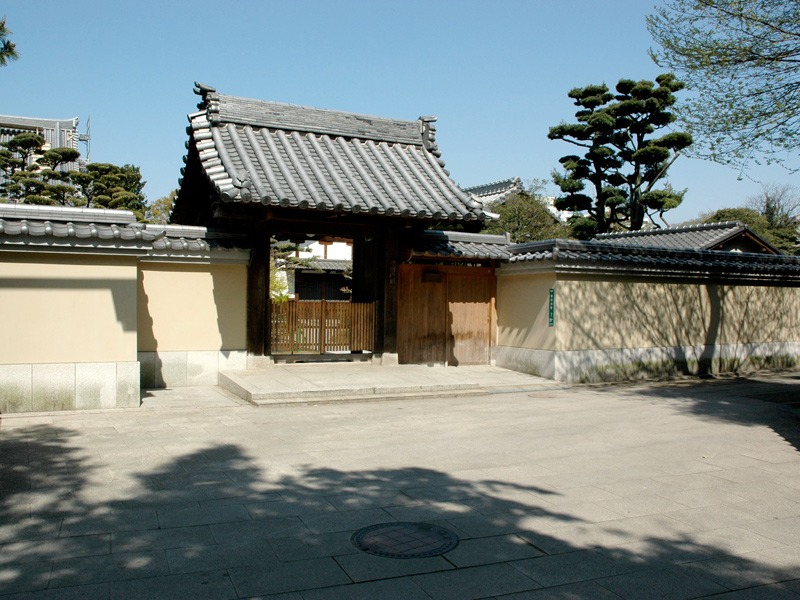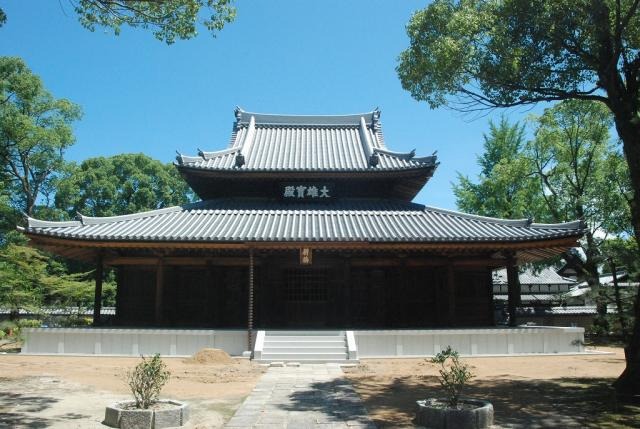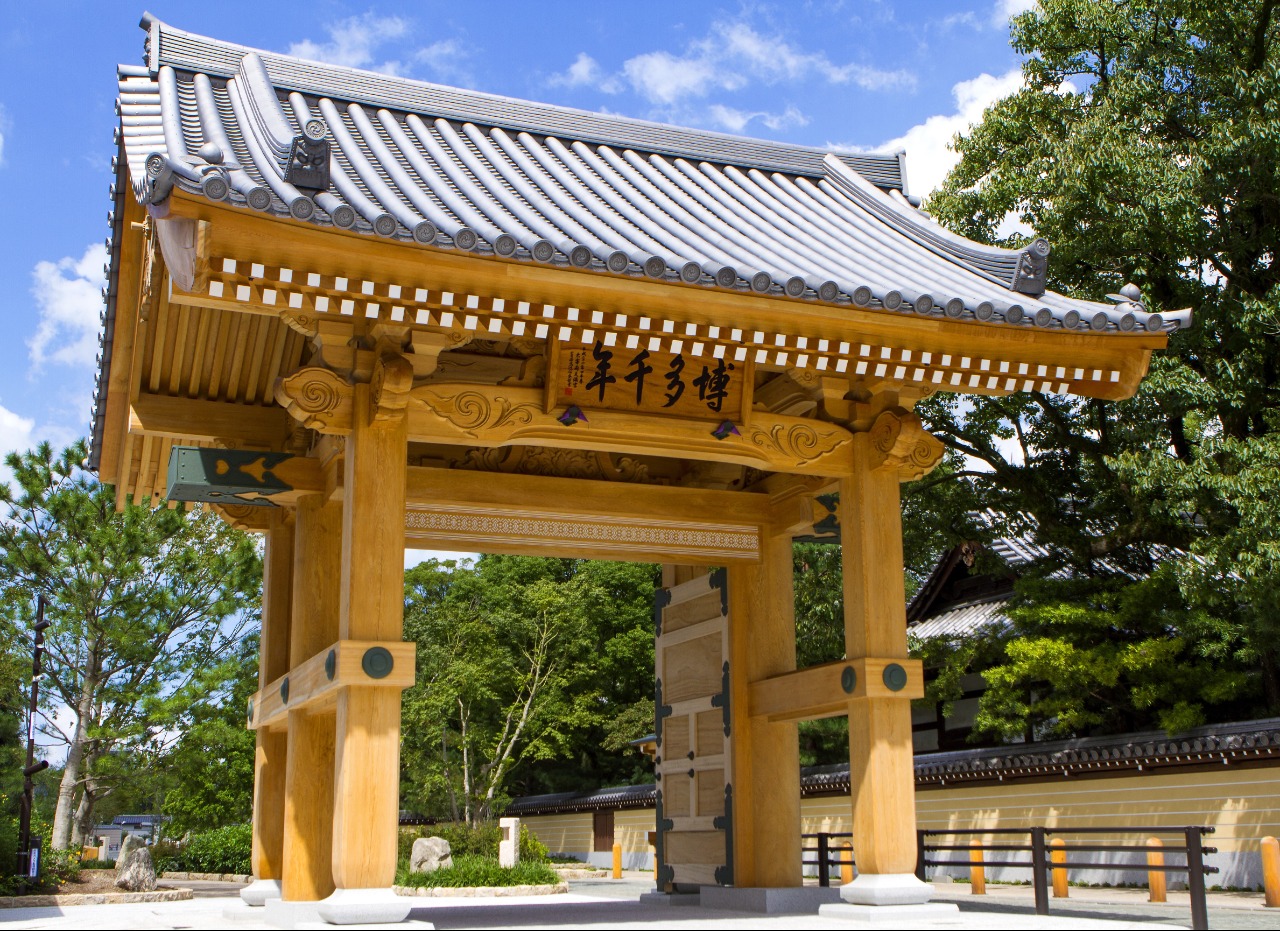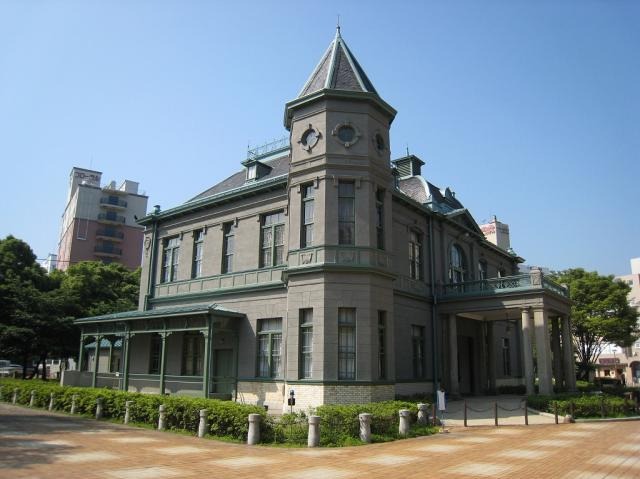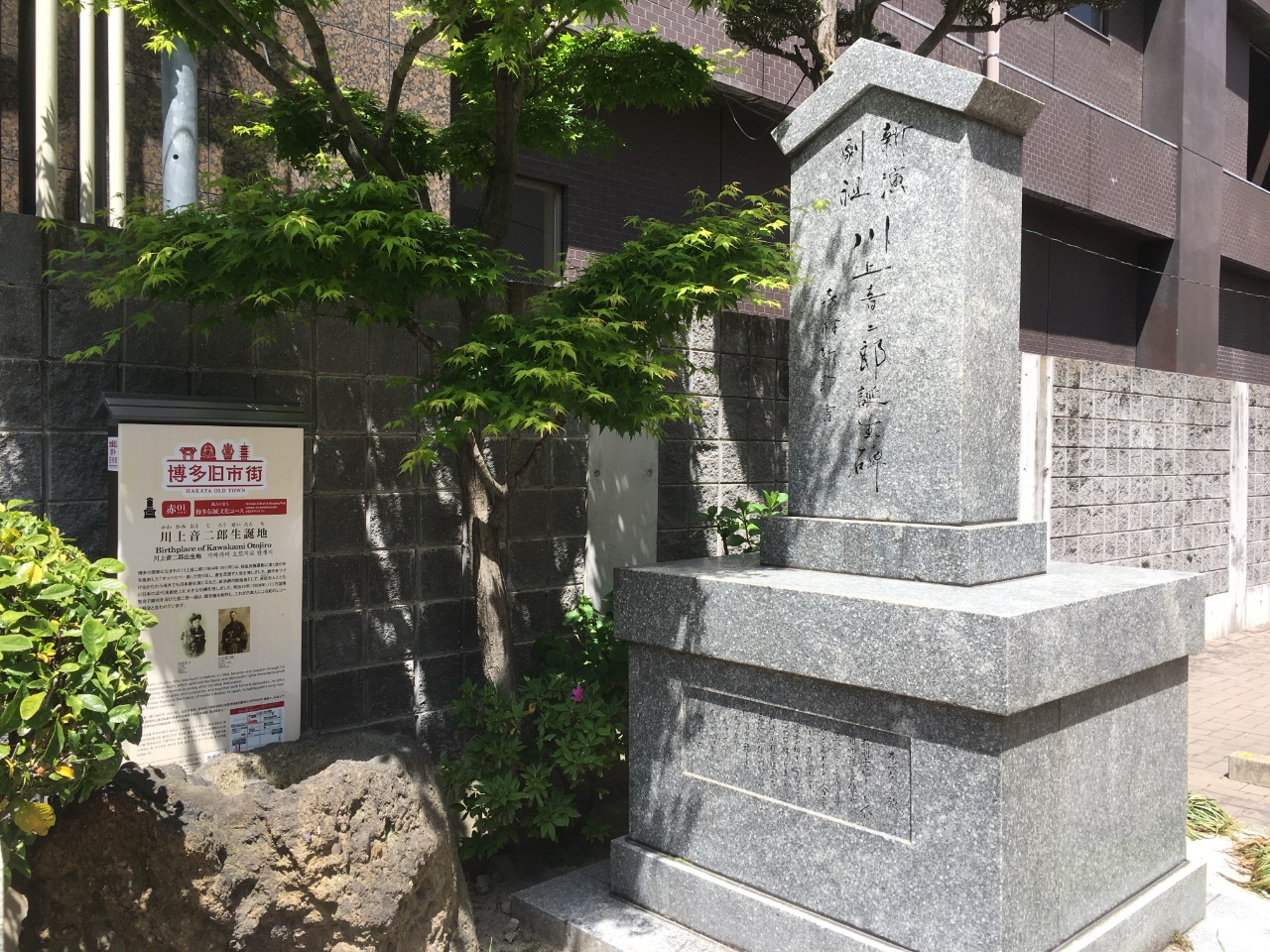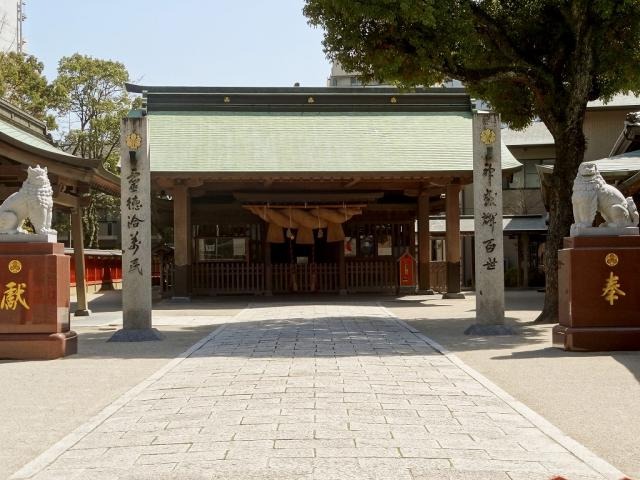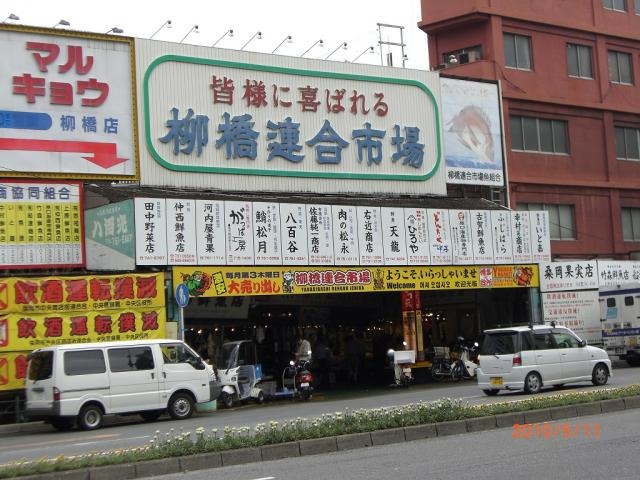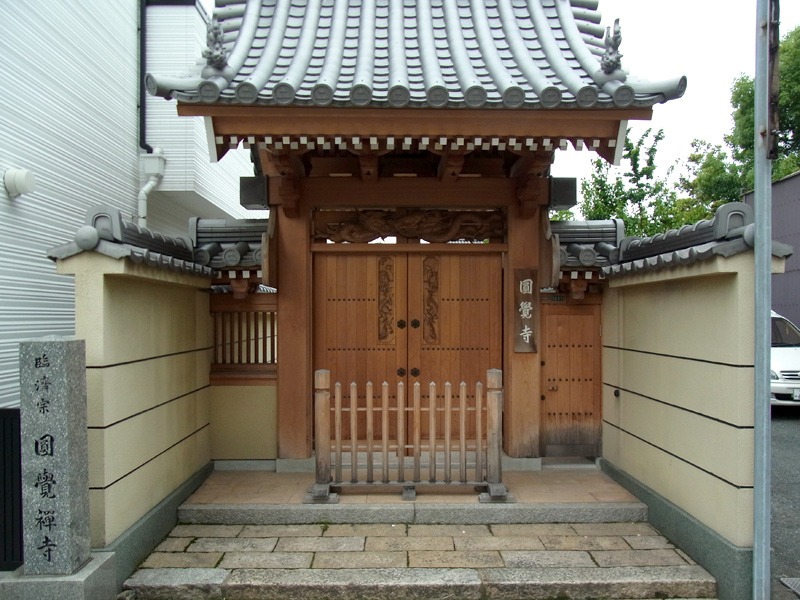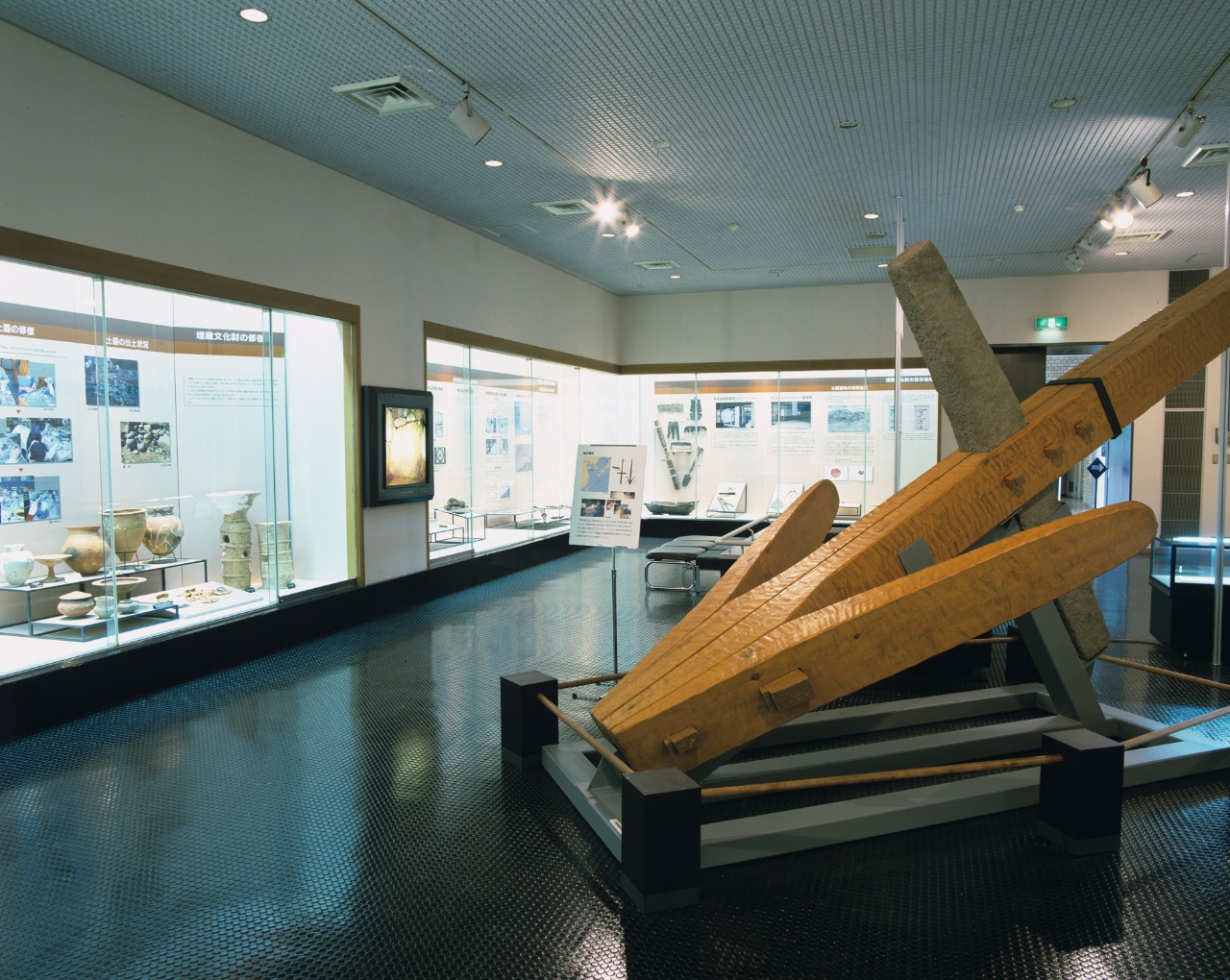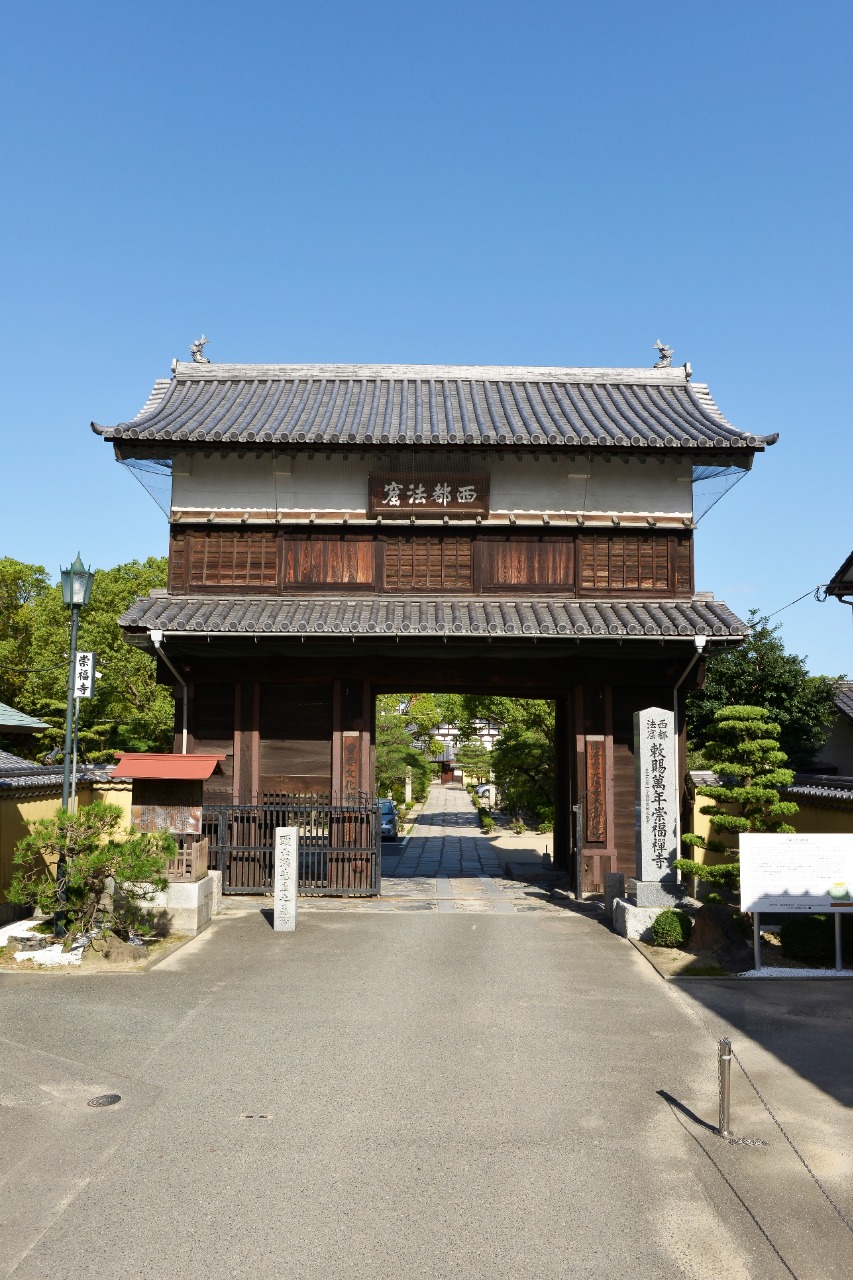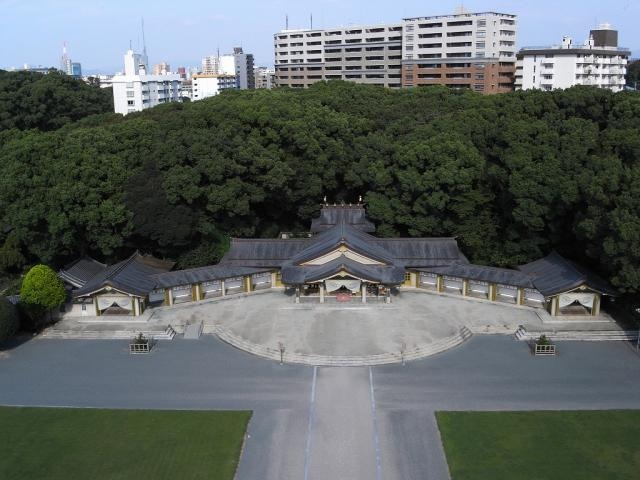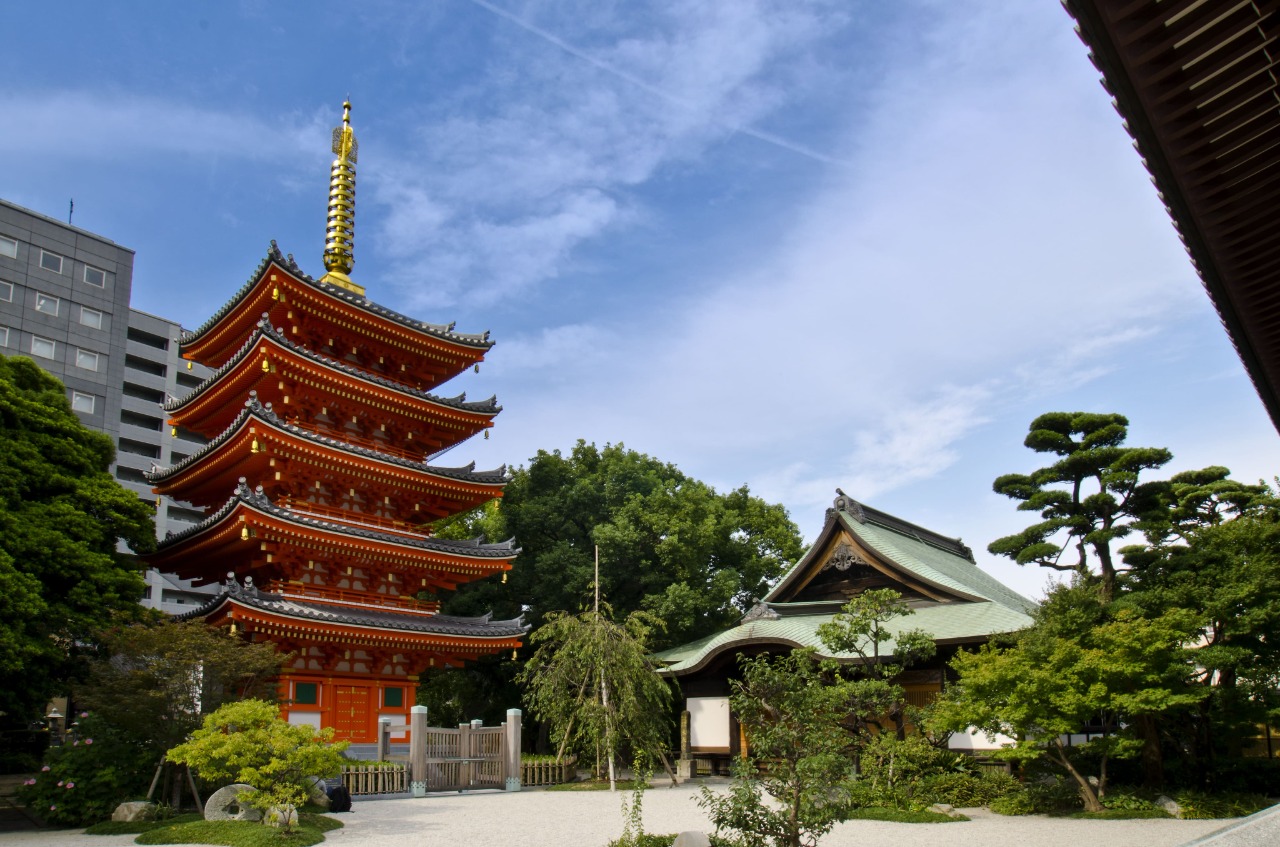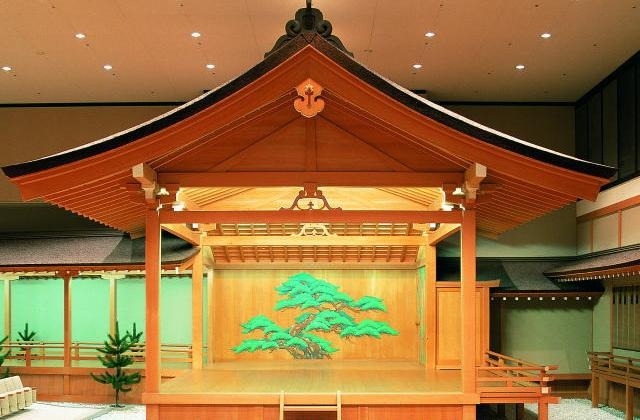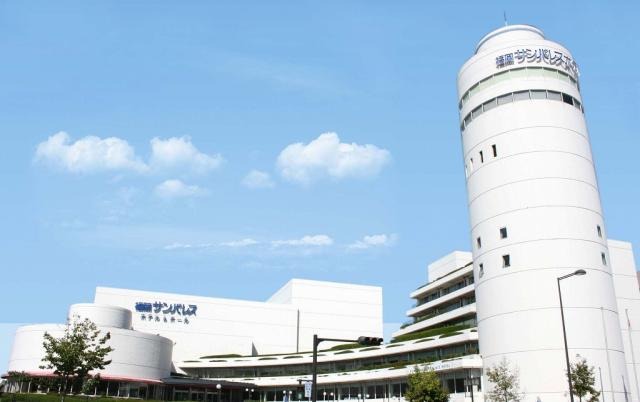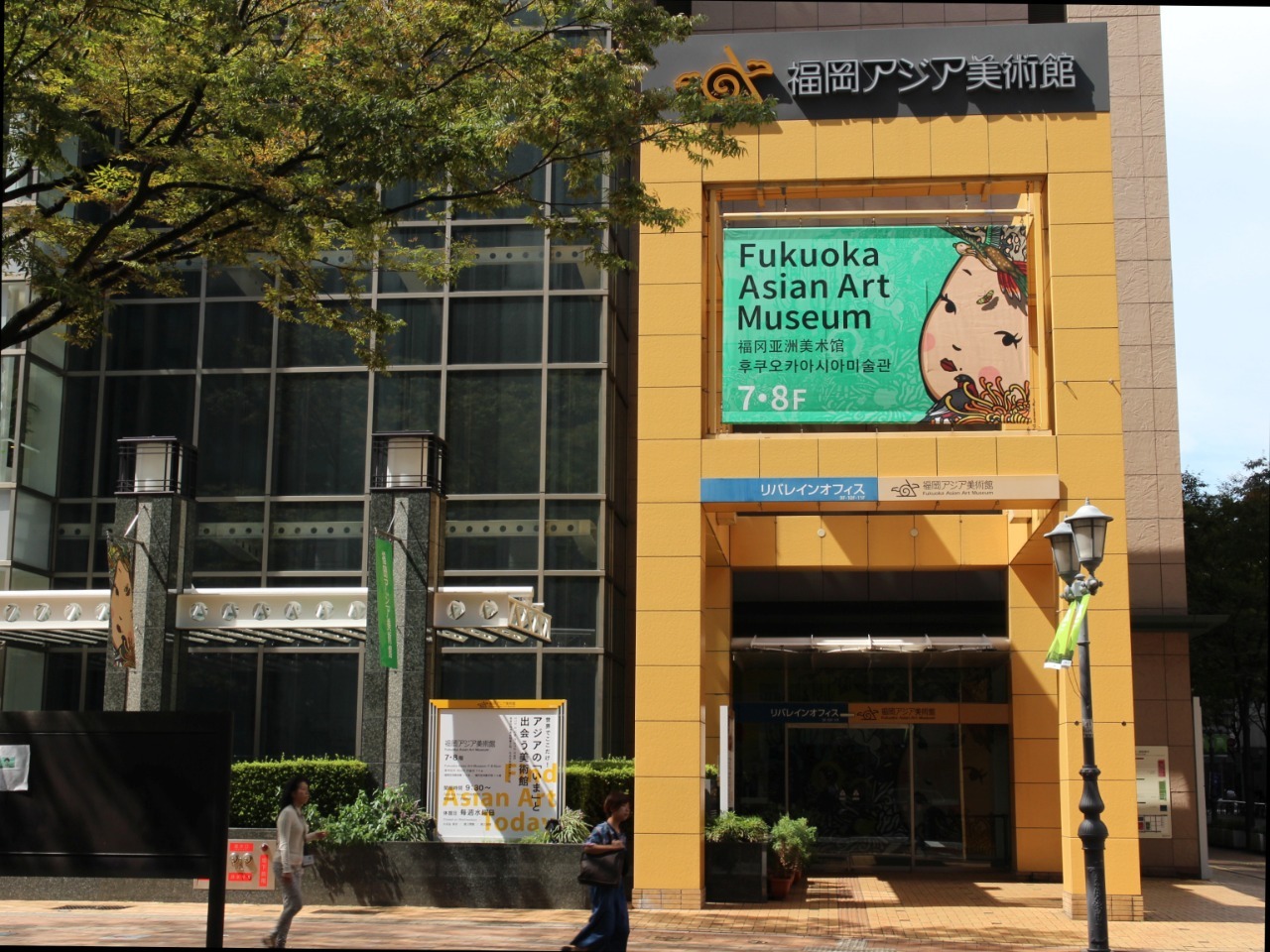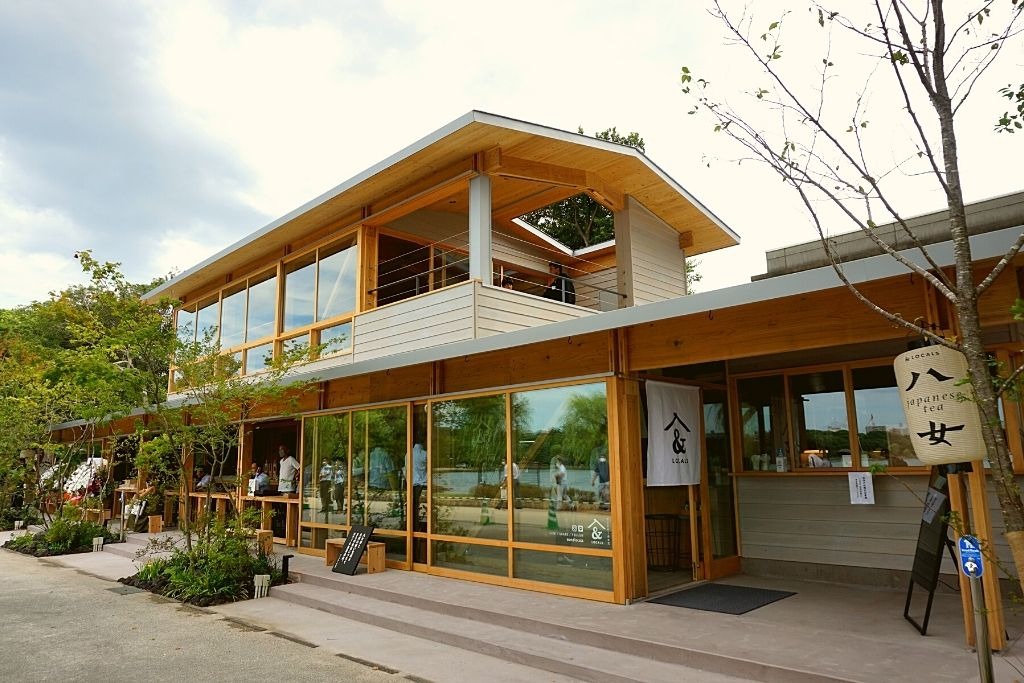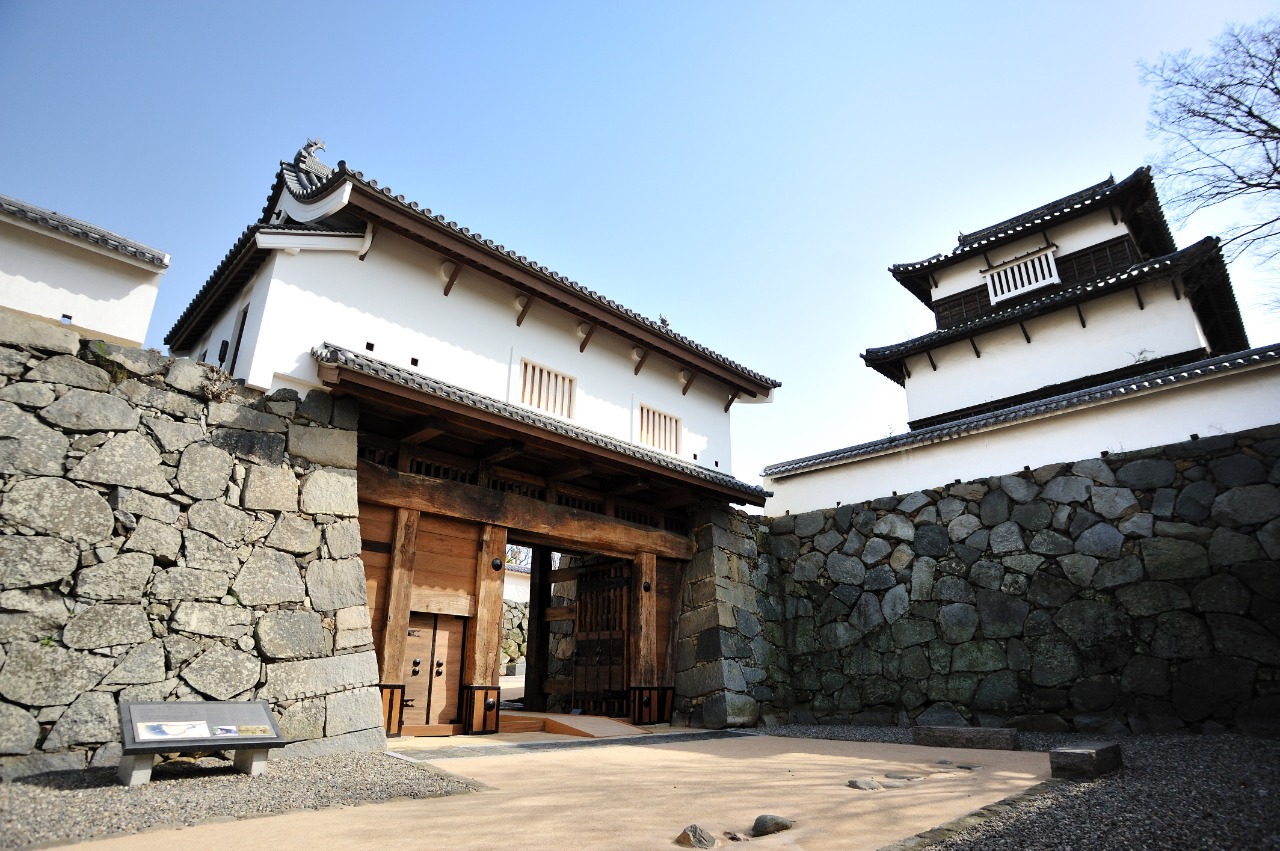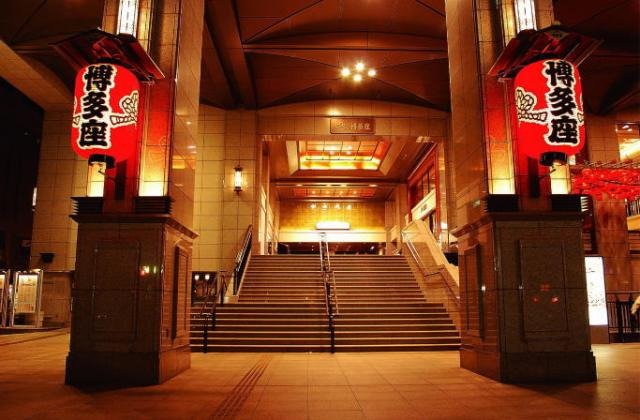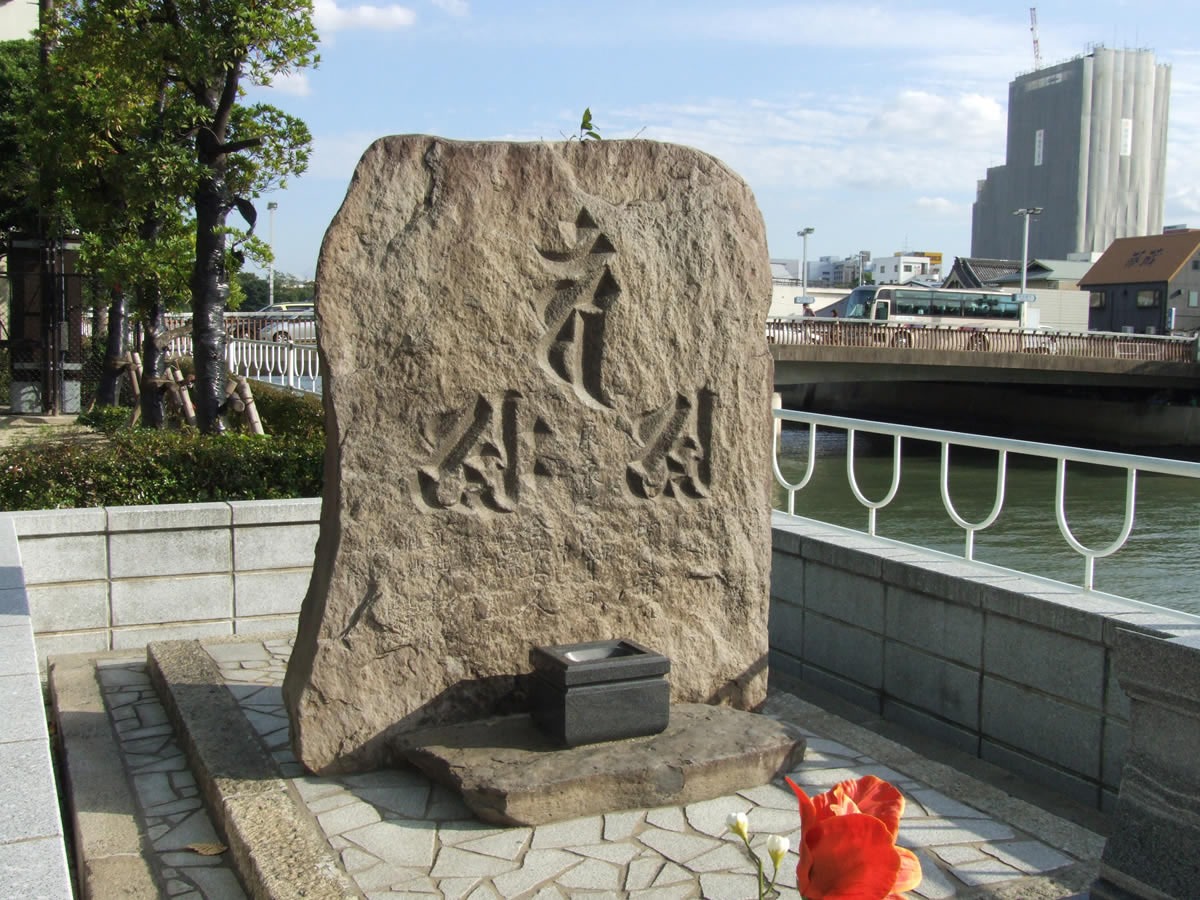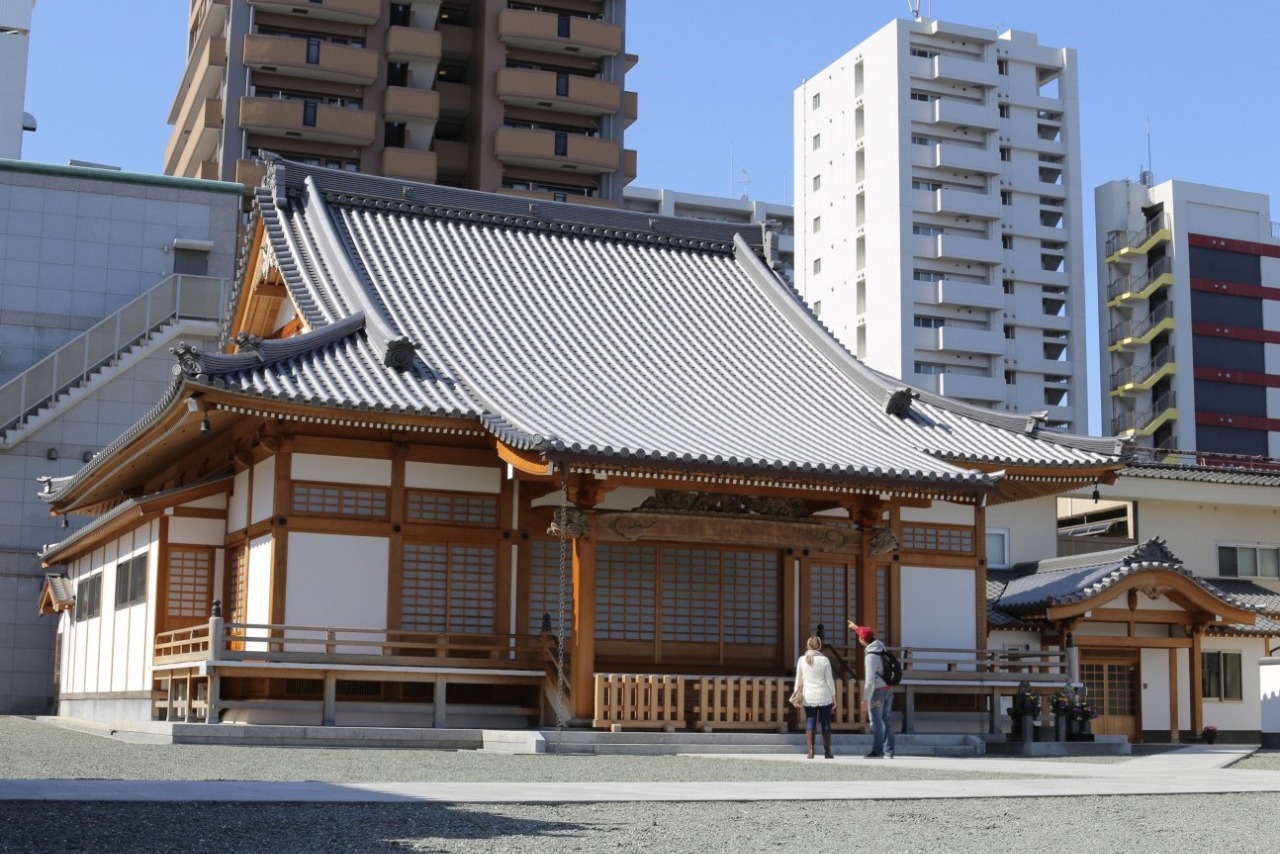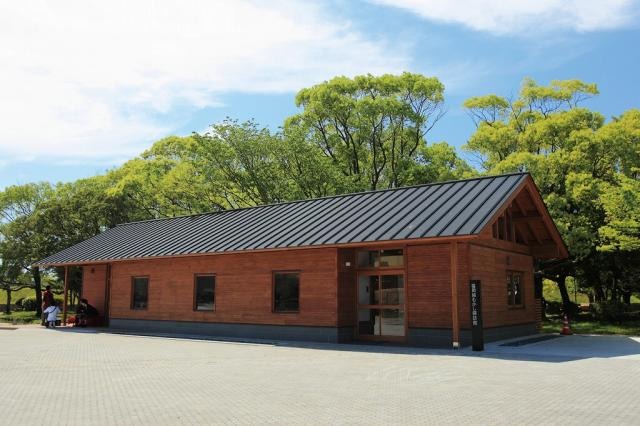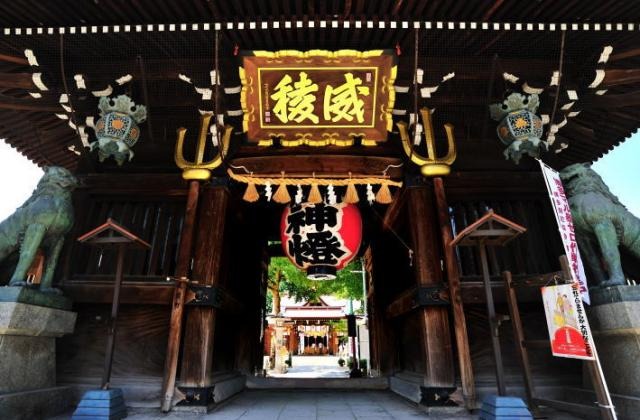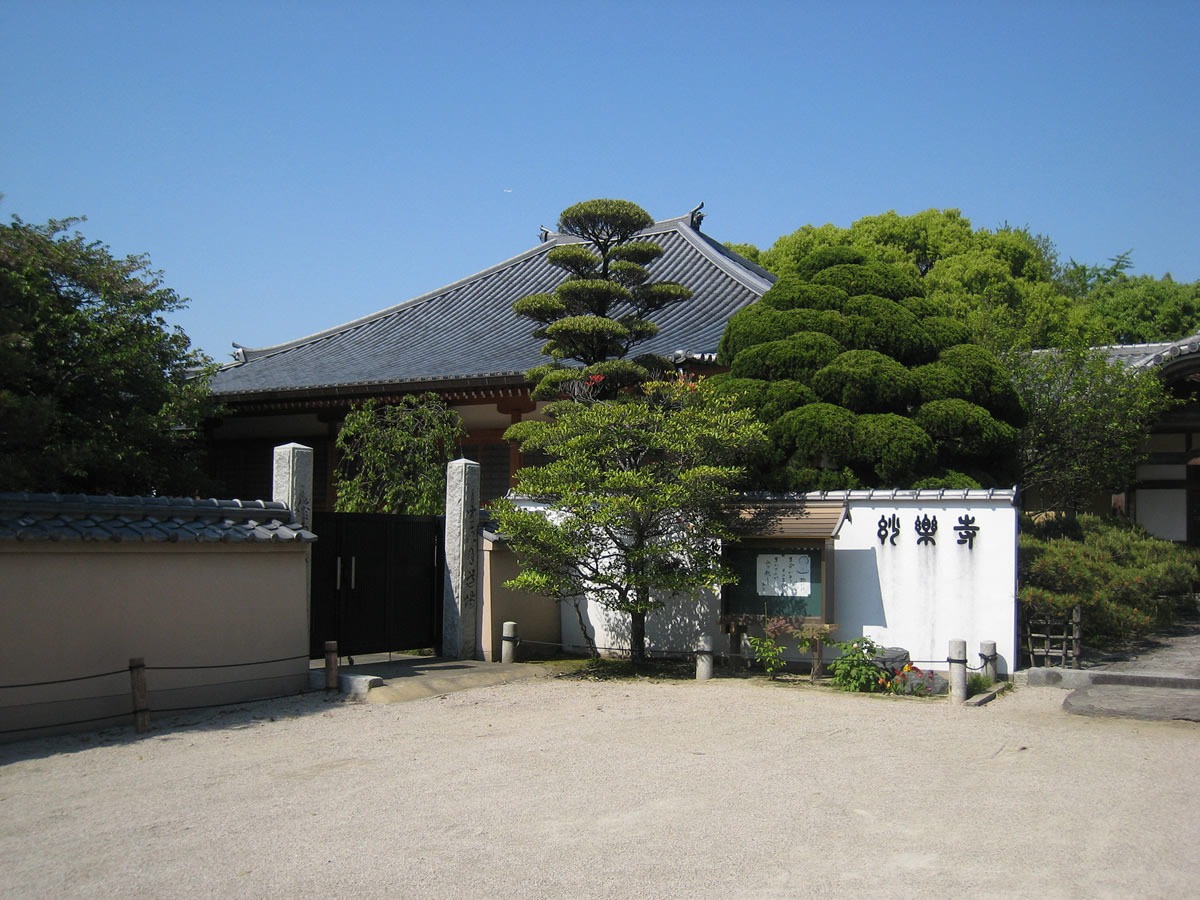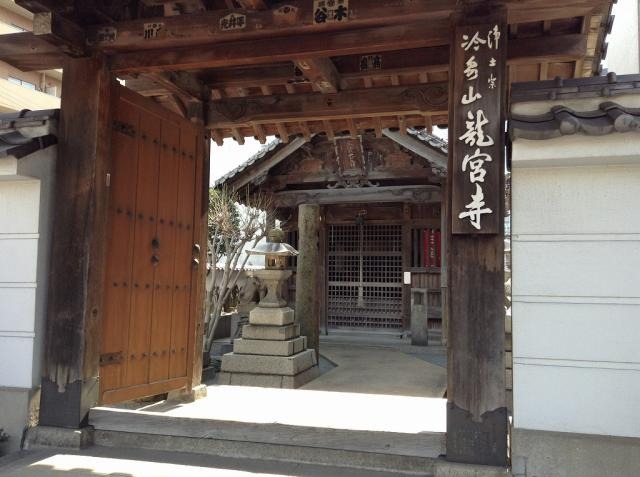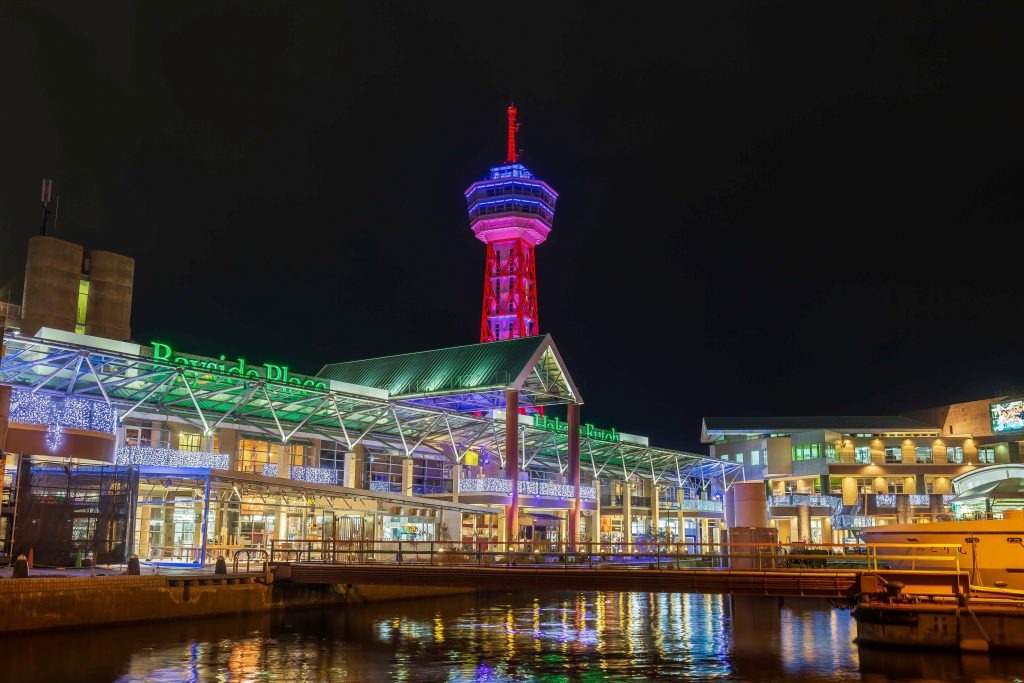Fukuoka: Where Beloved Tradition and Stylish Modernity Intersect
When people hear “traditional craft” there seems to be a tendency to take this as meaning a form of craftmanship whose evolution is arrested, a kind of static and unchanging article of the past. However, this overlooks the fact that these traditional crafts were developed to meet a need in the daily lives of their originators- they were once new, and would not have existed without innovations in the past. For this reason, traditional crafts are fundamentally practical and `current` in the sense that they are tailored to the lifestyle of the people they are made for.

Today we will be taking a look at some of Fukuoka’s traditional crafts and how they reflect the demands of modern society. We focused primarily on stores and ateliers that are producing strikingly modern versions of these traditional crafts. We will also take the opportunity to introduce the recently renovated Noh theater in Sumiyoshi shrine.
[Hakata Dolls]
Kaigeido
The closest station to this Hakata Doll gallery is Sakurazaka station on the Nanakuma line. You will find it in a quiet neighborhood slightly removed from the hustle and bustle of Tenjin. Inaccessible to cars, the building can be hard to find, and if relying on a smartphone map it feels as if there are nothing but residential properties in this alley way… That is, until a unique structure emerges from their midst, seemingly from out of nowhere.
The art of Hakata dollmaking goes back roughly 400 years, and in 1976 it was recognized as a designated traditional craft by the national government. Hakata Dolls are unique by virtue of the fact that they are unglazed, and paint is applied directly to the surface. This helps the dolls achieve a kind of warmth that is often missing in glazed pieces. Kaigeido is a gallery that was opened by 4th generation dollmaker Hiromine Nakamura of the famed Nakamura atelier founded in 1917. In his words, “The number of Hakata doll specialists has dwindled over the years, and even I only have the chance to show new pieces once every four years, often in places like department stores. Being unable to showcase new pieces even if requested to is quite frustrating.” These feelings inspired him to open Kaigeido, his own gallery, after roughly 5 years of planning.
Normally, Kaigeido shows pieces made by third generation Shinkyo Nakamura. While the history of Nakamura dollmaking goes back 4 generations, both Shinkyo (the 3rd generation) and Hiromine (the 4th) have diverged from their predecessors. “The Nakamura way is to pursue one’s own creative expression. It’s more like we inherited a ‘way of life’ than any sort of specific style from our predecessors.” Pieces produced by leading modern Hakata doll maker Nakamura Shinkyo are featured above. Thanks to the unglazed texture the dolls seem to have an almost supple quality, about to spring into action at any given moment. They are remarkably lifelike.
Hiromine’s pieces are more decidedly modern and showcase a wide variety of dazzling colors. He explained, “My overall thought process is that if a dollmaker from the Edo period were to time travel to the present day, everything would look glittery and give cause for surprise. I keep this thought in mind as I make these dolls.”
“I feel that many people today, partly due to the influence of social networking services, feel as if seeing or doing something online is sufficient, and have little time to focus on and get more deeply involved in their interests. My aim with this gallery is to escape this spiral.”
In addition to showcasing their new pieces as they are made, Hiromine is intending on hosting talks and exhibits from other modern artists that inspire him. Admission is free but the gallery does sell cloth wrapping and zodiac figures. Kaigeido allows people to freely enter the world of Hakata dollmaking and to lose oneself in the rich creative vision of the Nakamura dollmakers.
Kaigeido
Address: 1-10-46, Sakurazaka, Chuo ward, Fukuoka City, Fukuoka
TEL: 092-791-5316
Hours: 13:00~17:00 (final entry is at 16:45)
Days: The gallery is closed on Wednesdays and Saturdays.
https://www.nakamura-ningyo.com/
[Hakozaki Shima]
Maison HAKOSHIMA
While Fukuoka is famous for its Hakata-ori and Kurume-kasuri textiles, in Fukuoka’s Higashi ward there is a lesser known but equally traditional textile called Hakozaki-shima. With roots in the Meiji era, the fabric was known for its durability which led to its usage in everyday wear, bathrobes, floor cushion fabric, and even the work clothes of coal miners. It is also traditionally used in the long happi coats that are worn during the Hakata Gion Yamakasa festival. However, with the outbreak of World War II textile production shifted from clothing to gauze and bandage production and the metal in the looms was requisitioned. Unlike other textile traditions, Hakozaki-shima did not see the same post-war renaissance.
Then, several years ago, Hakozaki-shima finally saw the light of day once more when textile designer Teisuke Obata rediscovered the craft, charmed by its design. Together with his wife Mai Hayashi they set out to making their own designs with modern lifestyles in mind, focusing primarily on western clothing and other small articles. Their store Maison Hakoshima can be found next to Shofukuji temple on Gokusho-dori avenue.
In their line up you will find things like blouses, scarves, pants, stoles, and handkerchiefs. Striped and checkered patterns are both unique, but the most remarkable aspect is the way the fabric is made. With textiles, usually one will strengthen a piece of string by twining it together with others strings, but with Hakozaki-shima the string is untwined. This leads to the fabric having a soft, gauzelike texture that must be felt to be understood. According to Mrs. Hayashi, “By washing the fabric you actually make it softer. This improves the overall feel.” In the image on the top right is the “Poppo Fabric” which comes in 3 sizes; the smallest are handkerchiefs, medium are wrapping cloths, and largest are table cloths.
Inside there is also a small seating space for guests to eat sweets and drink coffee and tea. They even have natural wines on offer. Of note is the “shima” dessert, a confection designed by food stylist and researcher Yuriko Yamamoto, that is meant to resemble the Hakozaki-shima pattern (The shima comes in two flavors: Plain 450 yen, Ginger 470 yen). The café area is decorated with Hakozaki-shima items from before World War II and further inside you will find Hakata-ori items as well. Once a week the workshop and loom are available for viewing.
After having tried on some of the clothing we have to comment on how comfortable and light the fabric was. We were thoroughly captivated by the world of Hakozaki-shima, with the love and care of the husband-and-wife team in every aspect.
Maison HAKOSHIMA
Address: Motoyama Bldg. 1F, 12-2 Gokusho-cho, Hakata ward, Fukuoka City, Fukuoka
TEL: 092-984-0721
Business hours: 12:00-18:00 (last order for coffee 17:00)
Closed: Sunday and Monday
https://maisonhakoshima.stores.jp/
[Hakata-Ori Textiles]
Sanui Textiles/Hakata Traditional Craft and Design Museum
Possessing 780 years of history, in 1976 Hakata-ori (meaning Hakata textiles) was made into a designated traditional handicraft by the national government. Sanui Textiles is a company that was founded in 1949 proudly bearing the motto “Without innovation, there is no tradition”, and they produce and sell a wide variety of Hakata-ori products.
“Hakata-ori was originally born from the consistent application of new ideas and techniques by our ancestors. By repeatedly creating, iterating, improving, and inventing, they were able to create what is now considered one of the most highly respected textiles in Japan. This is why Hakata-ori has a long and storied history” said company president Katsuhiko Sanui. Sanui Textiles believes that "the accumulation of innovation is what creates tradition" and that what should be inherited from the past is that same "spirit of challenge". Ten percent of what is inherited from the past is this spirit, which remains unchanged since then. The remaining ninety percent however is constantly undergoing review and reconsideration with respect to modern needs and concerns. From Hakata-ori fabrics to little knick-knacks, the company produces traditional patterns as well as new designs that meet the demands of today.
Of particular note is the “Niwaka” series. Niwaka refers to a performing tradition in Fukuoka where performers wear a mask featuring a comical expression as they deliver jokes with musical accompaniment. The company produces a line of products including coin purses, purse cases, business card holders, and pouches that display this Niwaka mask design. “While they are understandably very important, we didn’t want to be limited to the traditional Hakata-ori patterns. We also wanted to make things that speak to Hakata today as well” said Mr. Sanui. The adorable design was a big success in the area, and in the “Kyushu Fukuoka Souvenir Grand Prix” (sponsored by Nishi Nihon Shinbun) the design took top honors in both 2018 and 2019. His Majesty the Emperor is even said to have requested a green and orange pouch in the same series.
With this growing popularity the company now collaborates with popular manga such as “Fist of the North Star” and “Kinnikuman” and even sports teams like Avispa Fukuoka.
President Sanui personally recommends the necktie series. “Only those who wear it can understand how comfy it is!” Since Hakata-ori usually makes use of many strings in the creation process the feel is snug, but since it naturally adjusts to the shape of the wearer’s neck it is also quite comfortable.
In the adjacent Hakata Traditional Craft and Design Museum visitors can inspect the looms themselves, as well as exhibits of Hakata-ori that are listed as cultural assets. Visitors can even purchase items in the gift shop as well as try out the hand loom for themselves. Of the roughly 20 or so Hakata-ori makers that exist today, this is the only one where you can get this kind of hands-on experience.
Hakata Traditional Craft and Design Museum
Address: 3-51-22, Odo, Nishi ward, Fukuoka City, Fukuoka
TEL: 092-883-7077
Business hours: 10:00-18:00
Closed: Year-end and New Year holidays, Obon holiday
https://sanui-orimono.co.jp/
[Hakata Magemono]
Hakata Magemono Tamaki
Hakata magemono refers to thin strips of Japanese cedar and/or cypress wood that are exposed to heat and bent, then wrapped and bound around a small lid with the bark of a cherry blossom tree. In the east Kanto region, it is known as magewappa. Even today these containers are used as bento boxes.
There are many theories as to where Hakata magemono came from, but it is said to have become very popular in the Edo period. In Fukuoka, magemono are connected with Hakozaki shrine, where they were originally connected with the making of offerings to the gods. In line with this history in 1979 the Fukuoka prefectural government designated it as a prefectural handicraft. Up until the war there were over 20 producers, but now there are only two remaining. One of these two has a proud legacy of over 400 years, the inheritor of generations of magemono making craft and know-how. They are the Shibata family’s “Hakata Magemono Tamaki”.
The Shibata family were originally priests in Hakozaki shrine, but turned to making the magemono as their family business. For generations they would make magemono for ceremonial use, or decorate the portable mikoshi shrines utilized in rituals. Today. the 18th generation Tamaki Shibata is the first female artisan to head the family legacy, inheriting the techniques from her father who passed away in 1996.
At Tamaki’s workshop she produces traditional items like cooked rice containers, multi-tiered food boxes, bento boxes, and standing trays, but also more recently has begun developing more modern items such as external surfaces for air purifier and wine coolers as well as afternoon tea stands. “While preserving the techniques for future generations creating items with modern needs in mind is a natural progression, I think” says Tamaki-san.
Even more importantly though, she says “We need to be careful and exacting about every step of the process”. She continues, “Shaving the wood down with a plane, bending the wood, arranging the pieces together… even the sharpening and maintenance of our knives. These are all non-negotiable elements of ensuring the quality of our work. If even one of these steps is not properly attended to the final product suffers.”
The workshop is located in Shime town in the Kasuya district, but on Saturdays and Sundays they open a showroom in the Hakozaki area of the Higashi ward. Additionally, every Thursday Tamaki-san offers a demonstration of how to make magemono at the Hakatamachiya Folk Museum. Participants can learn how to make magemono from her directly as she provides insight into the history of the craft.
Hakata Magemono Tamaki
Address: 2-2-16 Befu-Nishi, Shime-cho, Kasuya-gun, Fukuoka
TEL: 092-935-5056
Business hours: 9:00-17:30
Closed: Sunday
https://magemono.com/
[Cultural Facility]
The Sumiyoshi Shrine Noh Theater
The Sumiyoshi shrine located in Fukuoka’s Hakata ward has an over 1,800-year history, and is said to be the first of the 2,129 Sumiyoshi shrines in all of Japan. At roughly 26,800 square meters, the shrine is quite large and contains many unique facilities and famous spots. The recently renovated Sumiyoshi shrine Noh theater is one of them.
In the early 1900s the Noh Theater was actually located in the now Chuo ward’s Kego area. Years of deterioration made performing there increasingly difficult, so the Noh community decided to rebuild and relocate the theater to the Sumiyoshi shrine precincts. Following completion in autumn of 1938 the theater was donated to the shrine. The design of the building achieved a synthesis of traditional Japanese aesthetic forms with then-modern western construction, and was recognized across the country. In line with this reputation in 1999 the building was added to Fukuoka City’s cultural property registry.
In 2021, starting with the decaying roof overall improvement work was conducted on the building. After almost three years of intensive renovation the theater was finally reopened in October of 2023. Along with the renovations later additions that were considered superfluous were removed, restoring the building to how it appeared originally. Additional strengthening in case of earthquake and environmental improvement work were both carried out as well. Notably, in order to preserve the acoustics of the drums, koto, and flute in the space, no steel beams were employed in the strengthening work. Earth and wood were used exclusively in order to preserve the authenticity of sound in the room.
While many performances and shows have been held in the Sumiyoshi shrine Noh theater throughout the years, concerts, recitals, lectures, and tea parties are among the new slew of events that can be held there following the renovations. From here on the theater will continue to build on its long history as a cultural center and starting point for exchange open to all.
The Sumiyoshi Shrine Noh Theater
Address:3-1, Sumiyoshi, Hakata ward, Fukuoka City
TEL:092-291-2670
https://www.nihondaiichisumiyoshigu.jp/







